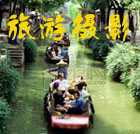2017年5月美西十五天旅游实录(12)
旧金山-1
本网记者 May 30, 2017
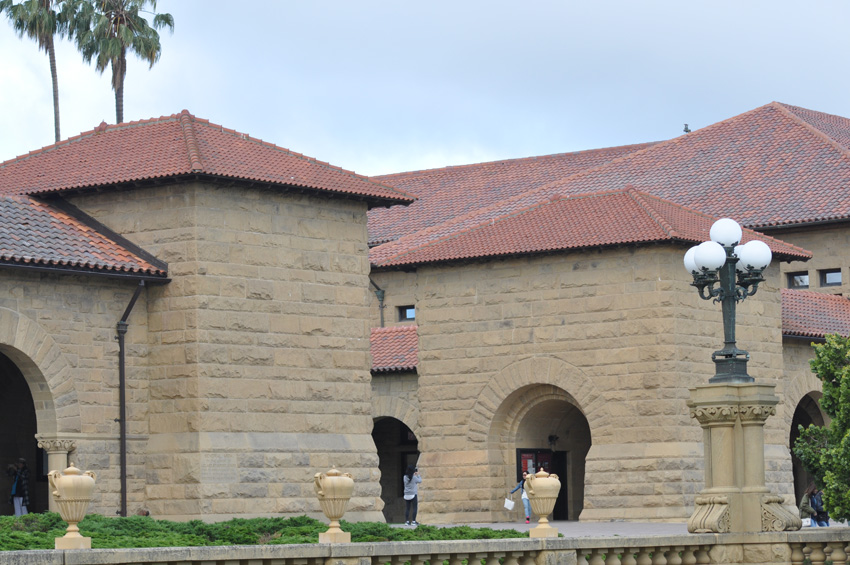
Stanford University
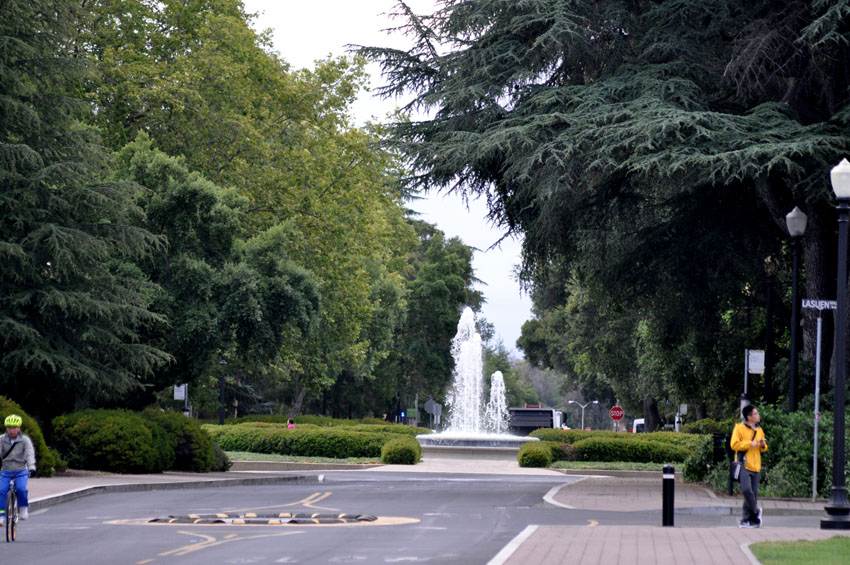
Stanford University
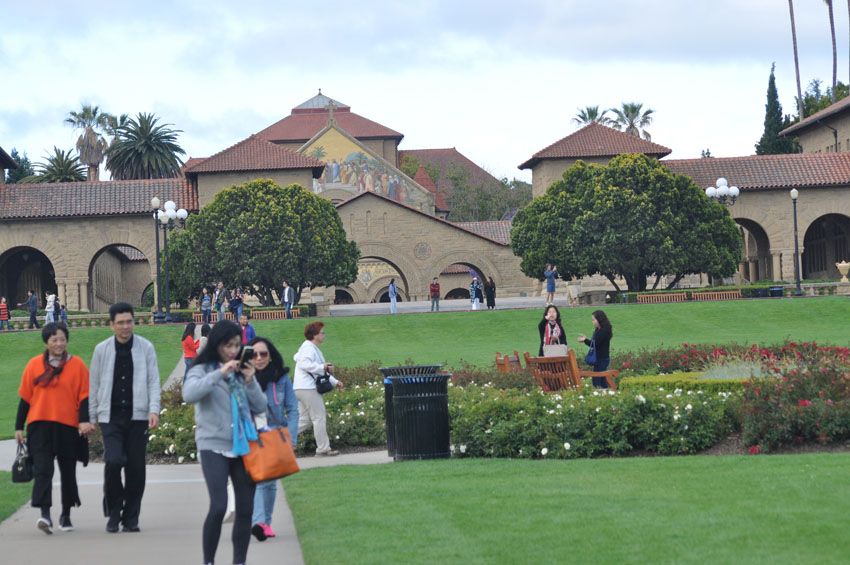
Stanford University
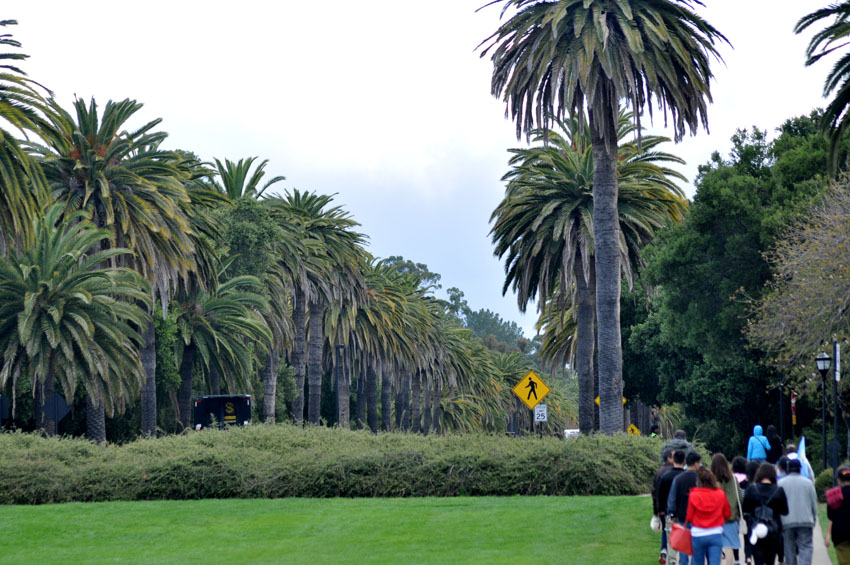
Stanford University
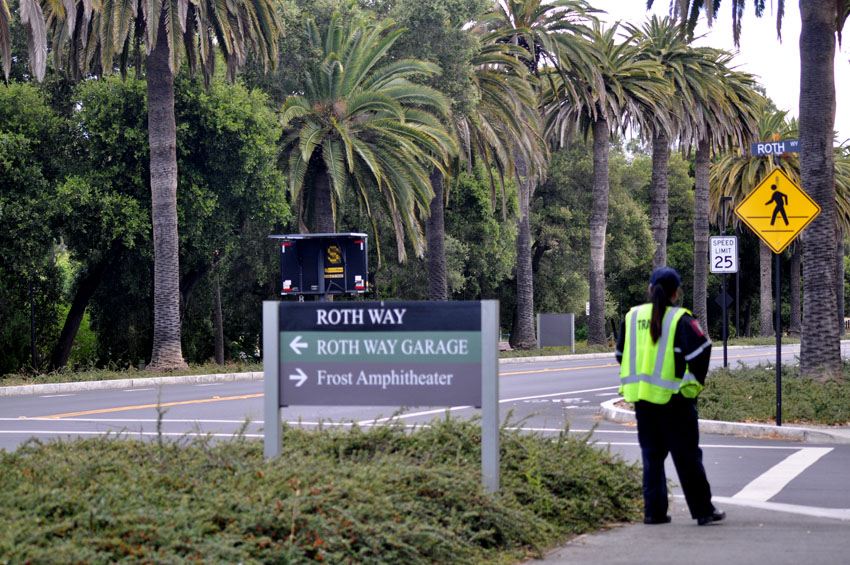
Stanford University
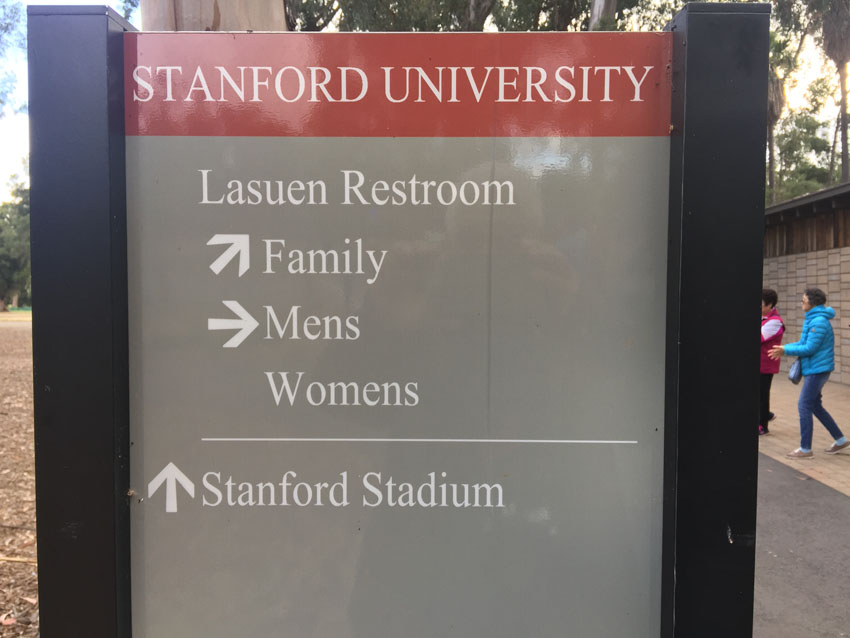

Stanford University (Stanford; officially Leland Stanford Junior University, colloquially the Farm) is a private research university in Stanford, California, adjacent to Palo Alto and between San Jose and San Francisco. Its 8,180-acre (12.8 sq mi; 33.1 km2) campus is one of the largest in the United States. Stanford's undergraduate program is the most selective in America. Due to its academic strength, wealth, and proximity to Silicon Valley it is often cited as one of the world's most prestigious universities.
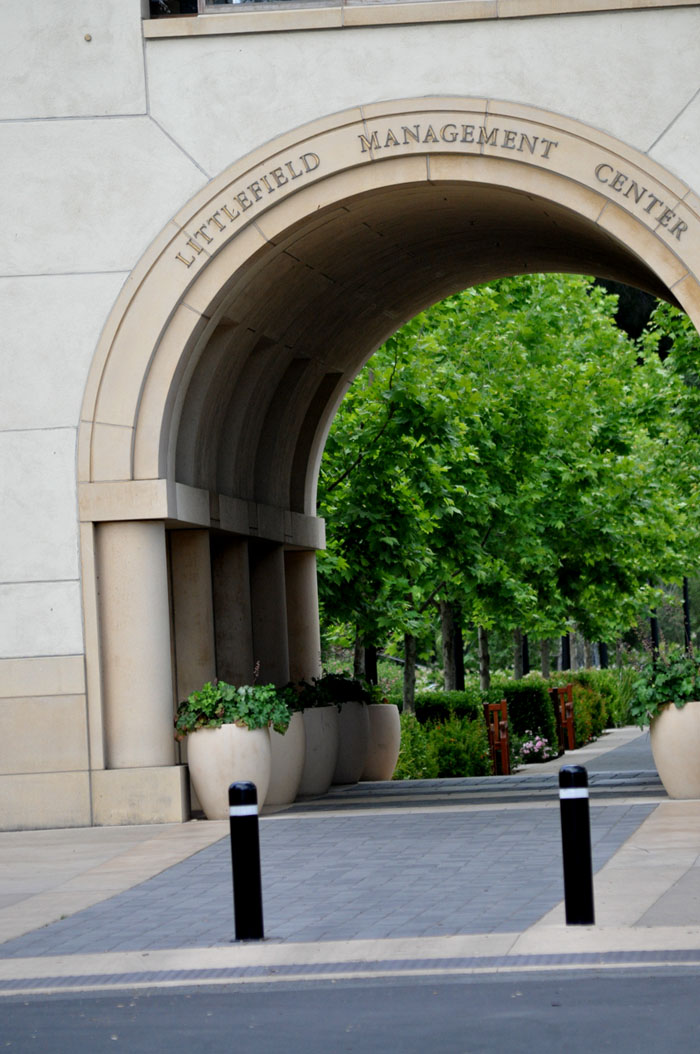
The university was founded in 1885 by Leland and Jane Stanford in memory of their only child, Leland Stanford Jr., who had died of typhoid fever at age 15 the previous year. Stanford was a former Governor of California and U.S. Senator; he made his fortune as a railroad tycoon. The school admitted its first students 126 years ago on October 1, 1891, as a coeducational and non-denominational institution.
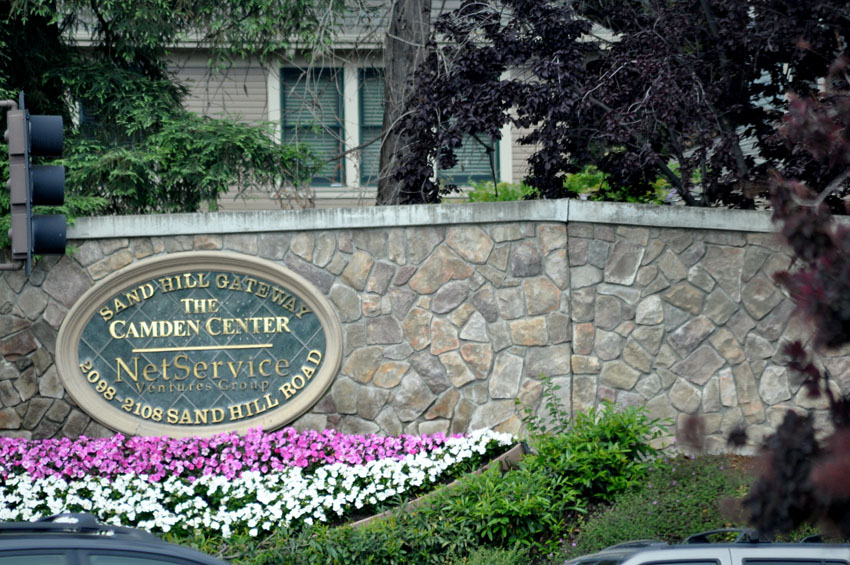
Stanford University struggled financially after Leland Stanford's death in 1893 and again after much of the campus was damaged by the 1906 San Francisco earthquake. Following World War II, Provost Frederick Terman supported faculty and graduates' entrepreneurialism to build self-sufficient local industry in what would later be known as Silicon Valley. The university is also one of the top fundraising institutions in the country, becoming the first school to raise more than a billion dollars in a year.
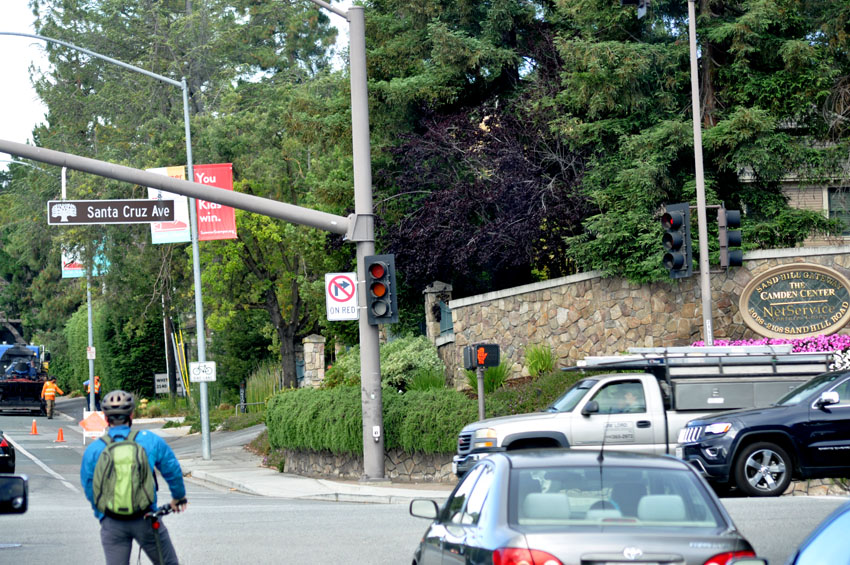
Standford city
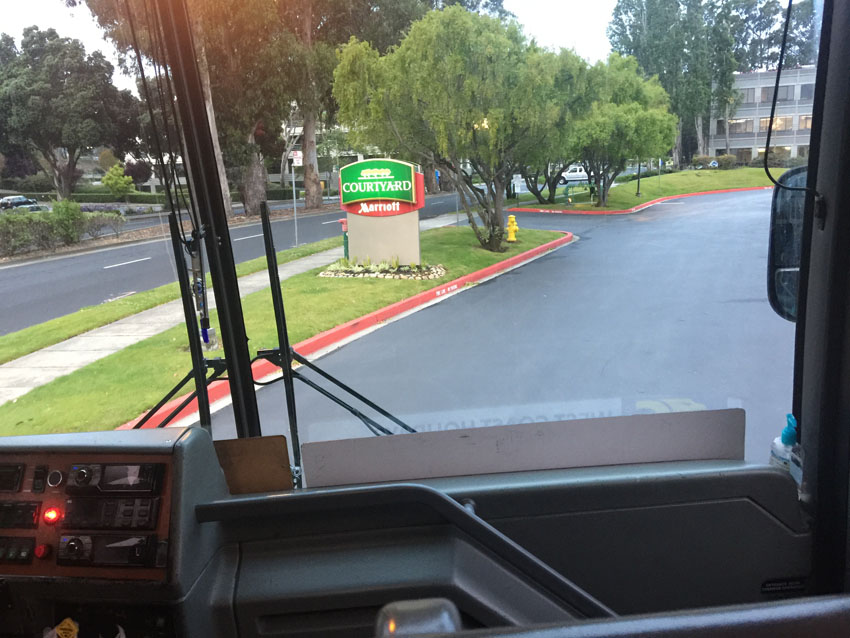
Standford City
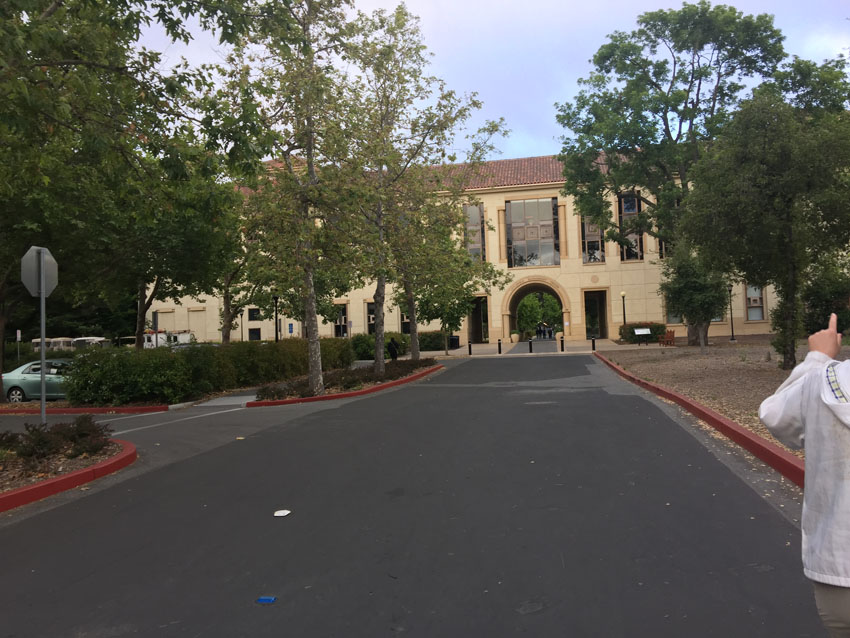
Stanford University
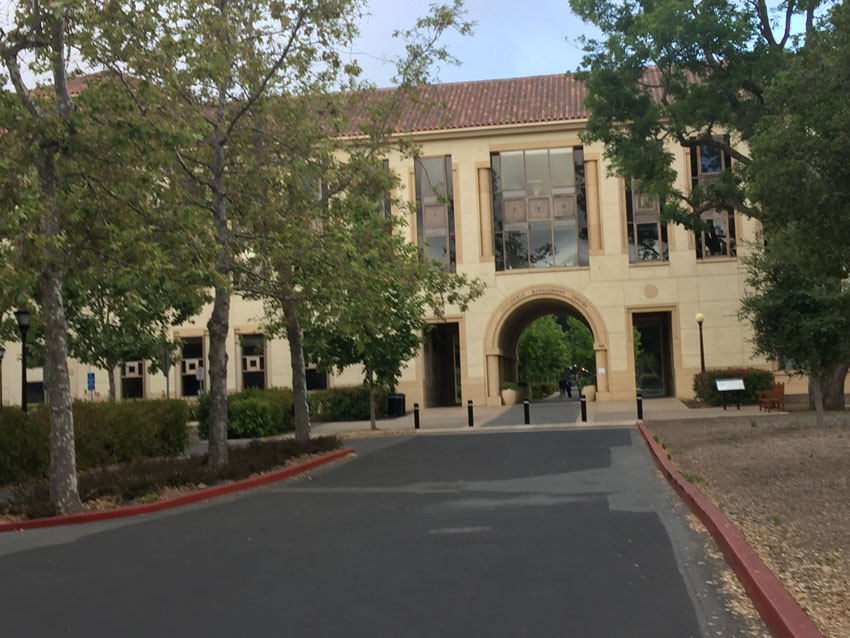
Stanford University
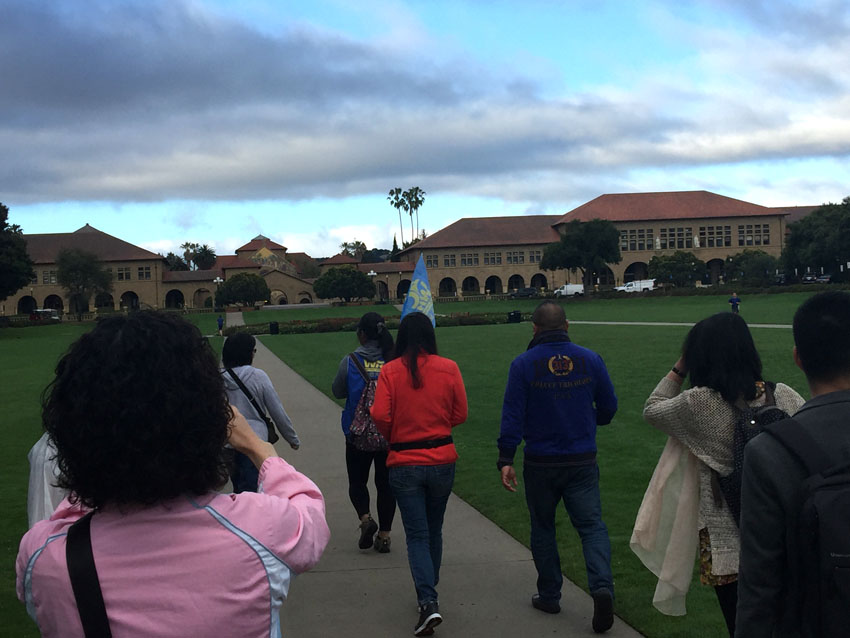
Stanford faculty and alumni have founded a large number of companies that produce more than $2.7 trillion in annual revenue, equivalent to the 10th-largest economy in the world. It is the alma mater of 30 living billionaires, 17 astronauts, and 20 Turing Award laureates. It is also one of the leading producers of members of the United States Congress. Sixty-four Nobel laureates and seven Fields Medalists have been affiliated with Stanford as students, alumni, faculty or staff.

Stanford follows a quarter system with Autumn quarter usually starting in late September and Spring Quarter ending in early June. The full-time, four-year undergraduate program has an arts and sciences focus with high graduate student coexistence. Stanford is accredited by the Western Association of Schools and Colleges.
Full-time undergraduate tuition was $42,690 for 2013–2014. Stanford's admission process is need-blind for US citizens and permanent residents; while it is not need-blind for international students, 64% are on need-based aid, with an average aid package of $31,411. In 2012–13, the university awarded $126 million in need-based financial aid to 3,485 students, with an average aid package of $40,460. Eighty percent of students receive some form of financial aid. Stanford has a no-loan policy. For undergraduates admitted in 2015, Stanford waives tuition, room, and board for most families with incomes below $65,000, and most families with incomes below $125,000 are not required to pay tuition; those with incomes up to $150,000 may have tuition significantly reduced. 17% of students receive Pell Grants, a common measure of low-income students at a college.
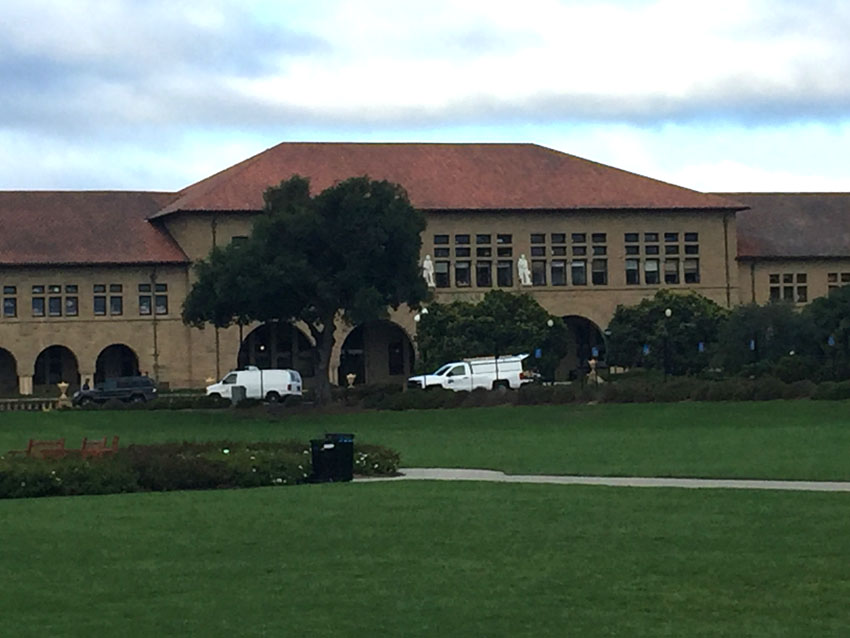
As of 2014 Stanford University Libraries (SUL) held a collection of more than 9.3 million volumes, nearly 300,000 rare or special books, 1.5 million e-books, 2.5 million audiovisual materials, 77,000 serials, nearly 6 million microform holdings, and thousands of other digital resources.
The main library in the SU library system is Green Library, which also contains various meeting and conference rooms, study spaces, and reading rooms. Lathrop Library (previously Meyer Library, demolished in 2015), holds various student-accessible media resources and houses one of the largest East Asia collections with 540,000 volumes.
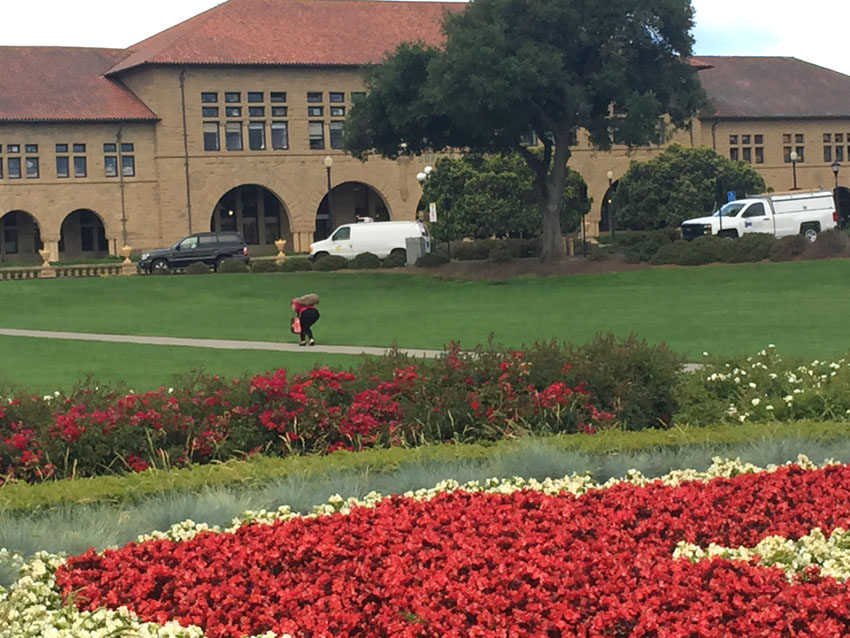
Stanford University
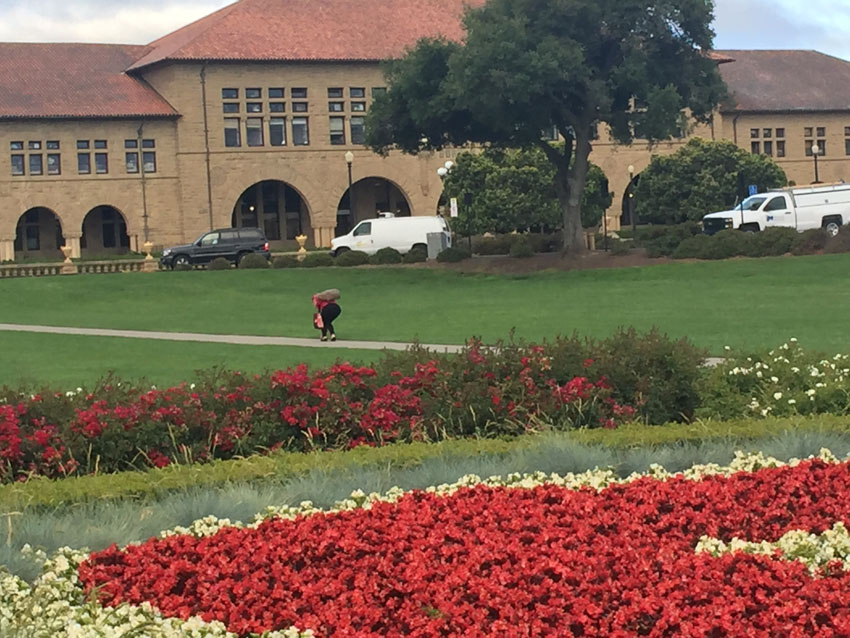
Stanford University
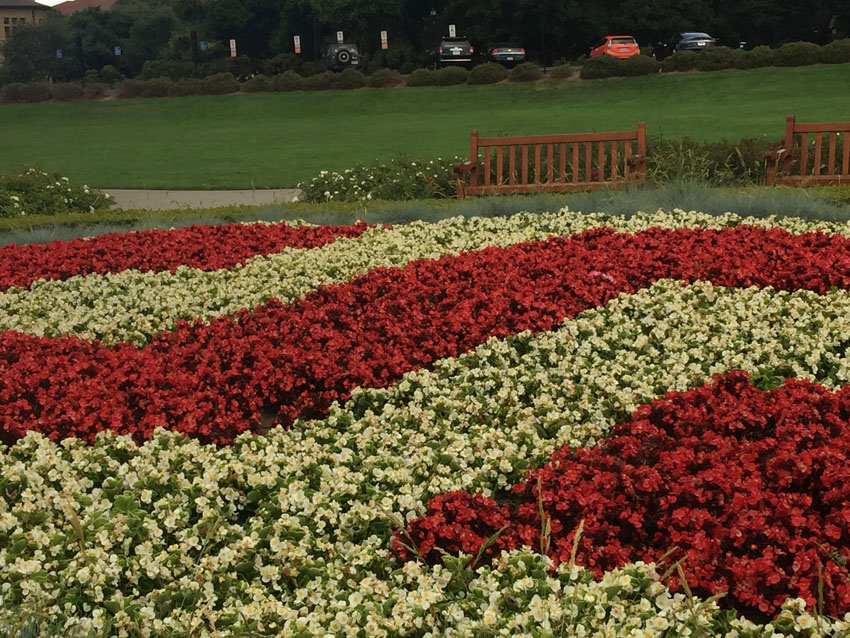
Stanford University
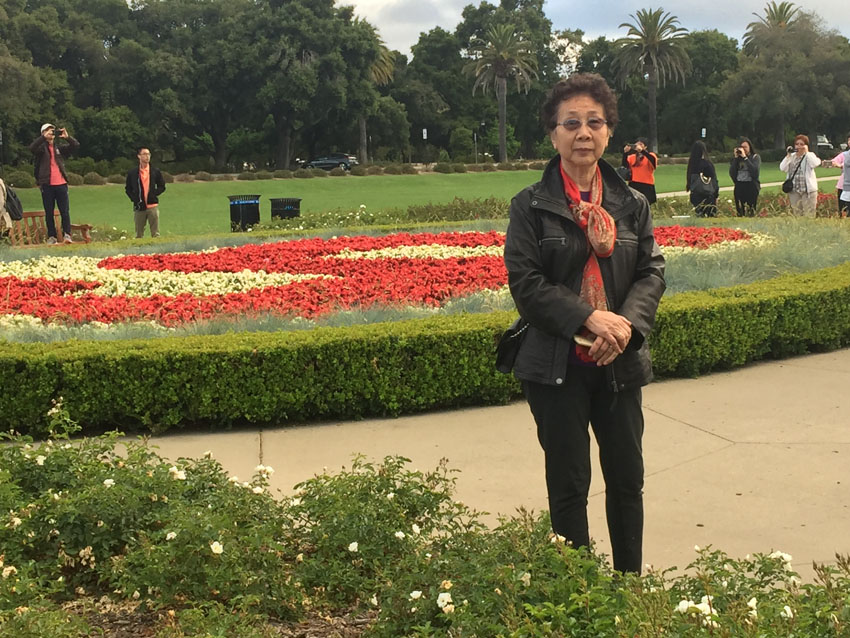
Stanford University
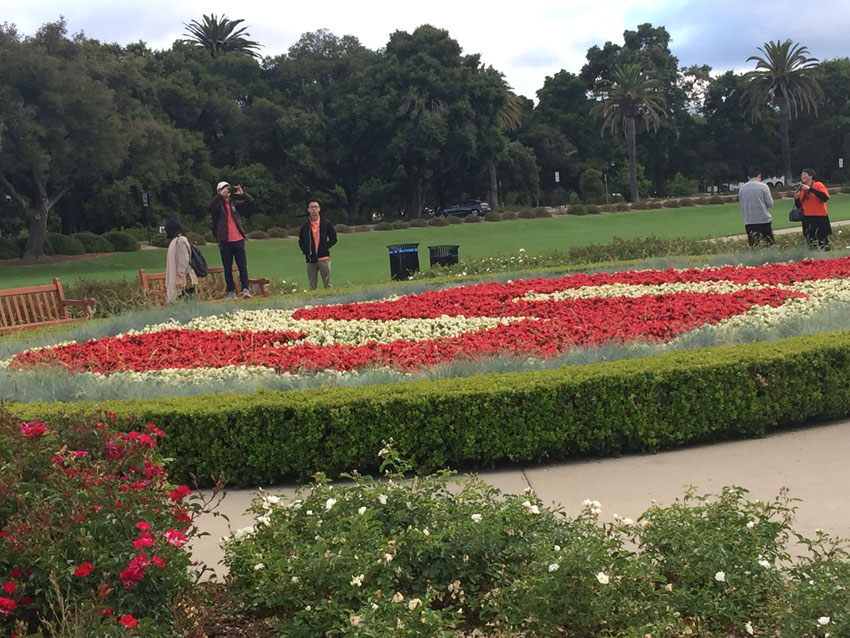
Stanford University

Stanford University
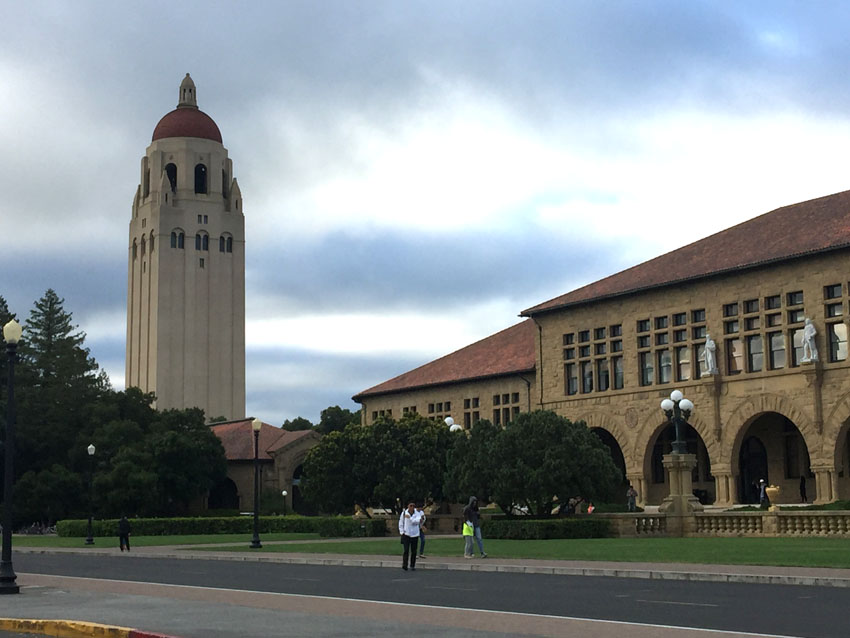
Stanford University
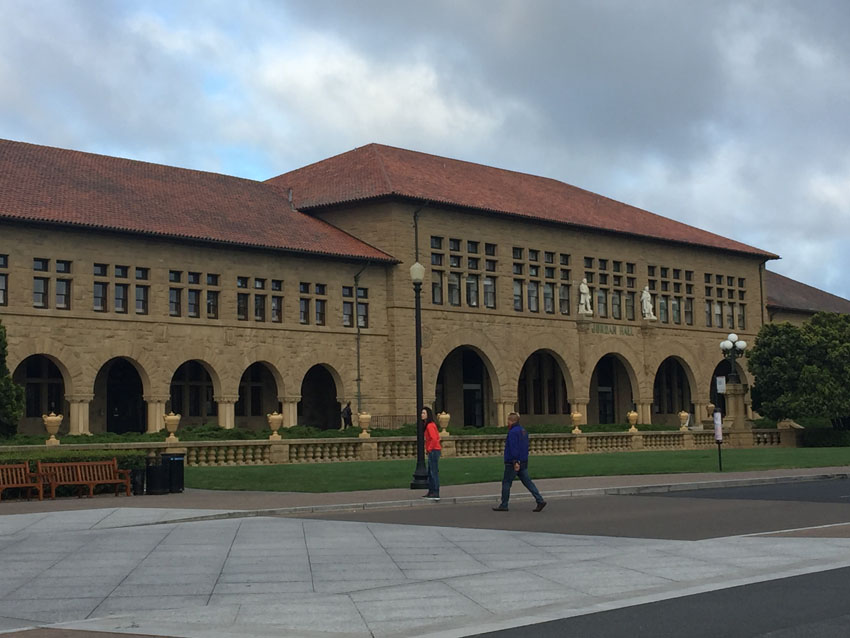
Stanford University
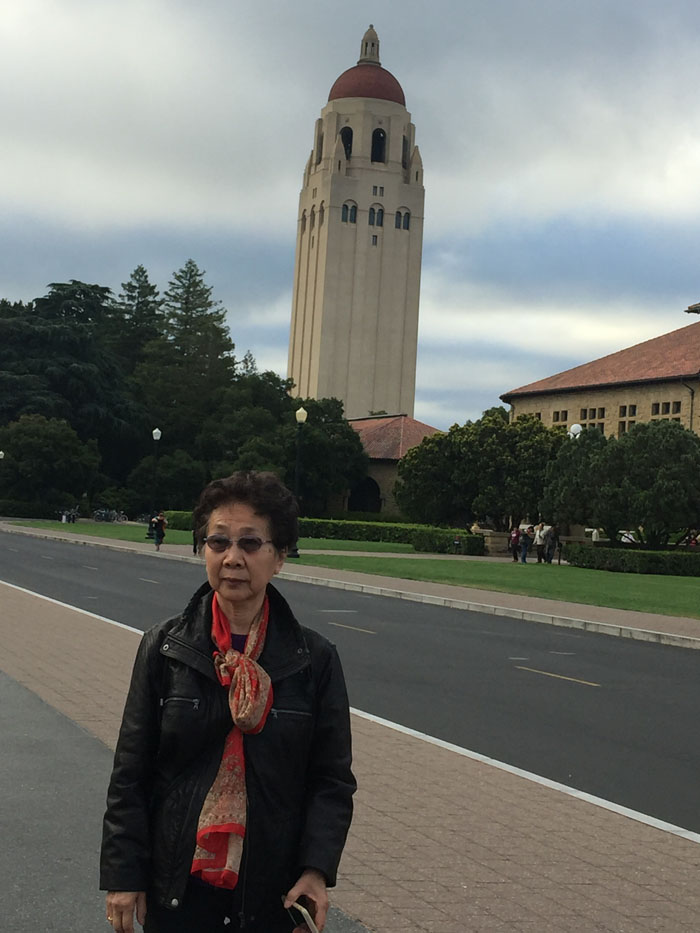
Stanford University
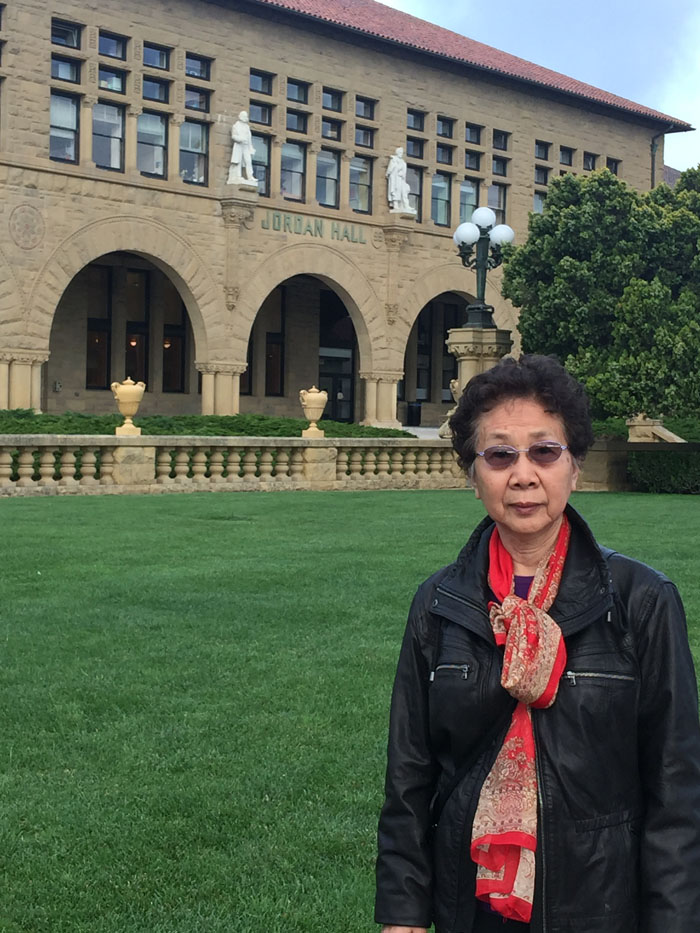
Stanford University
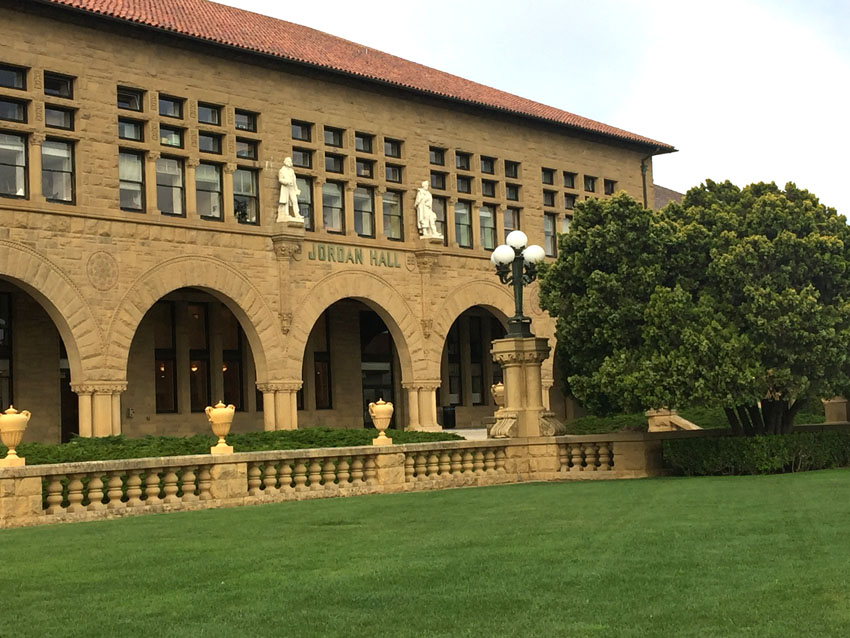
Stanford University
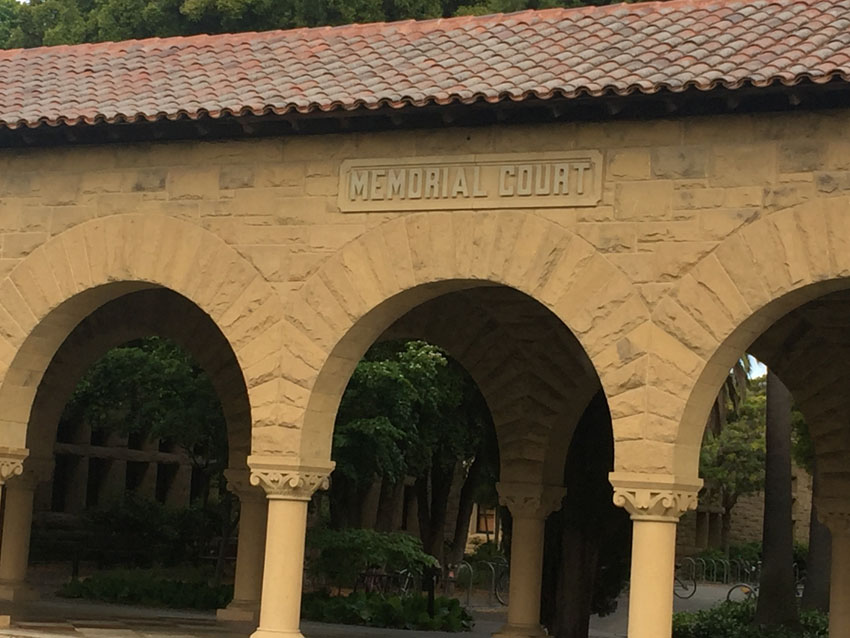
Stanford University
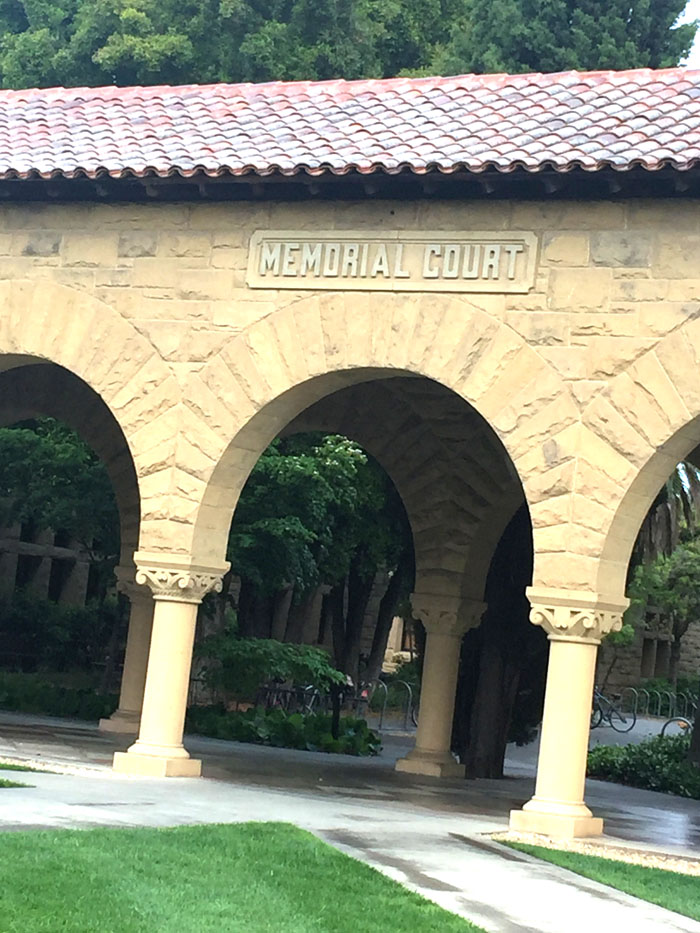
Stanford University

Stanford University
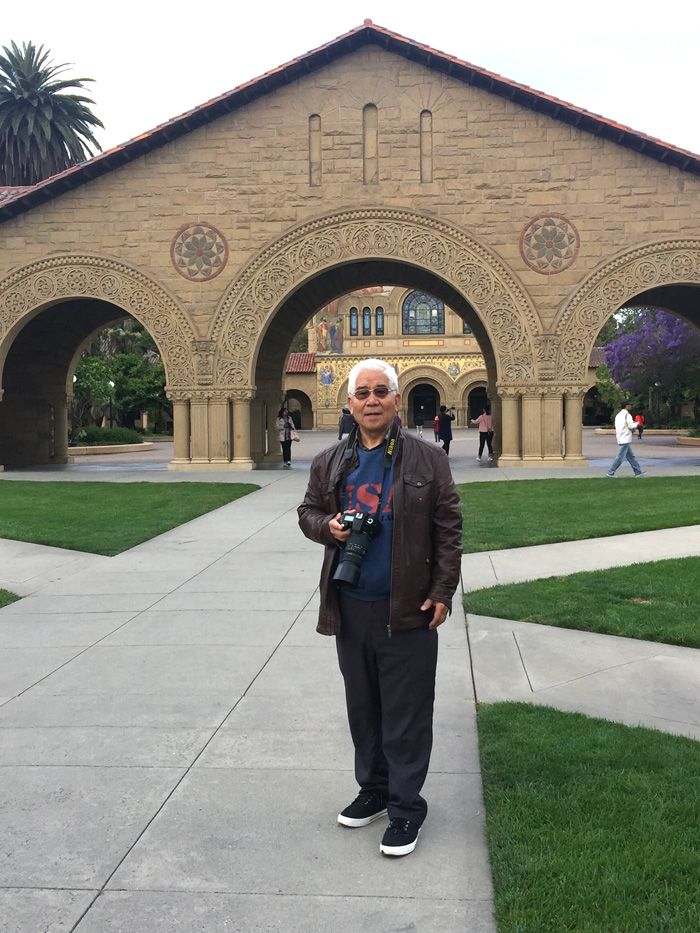
Stanford University
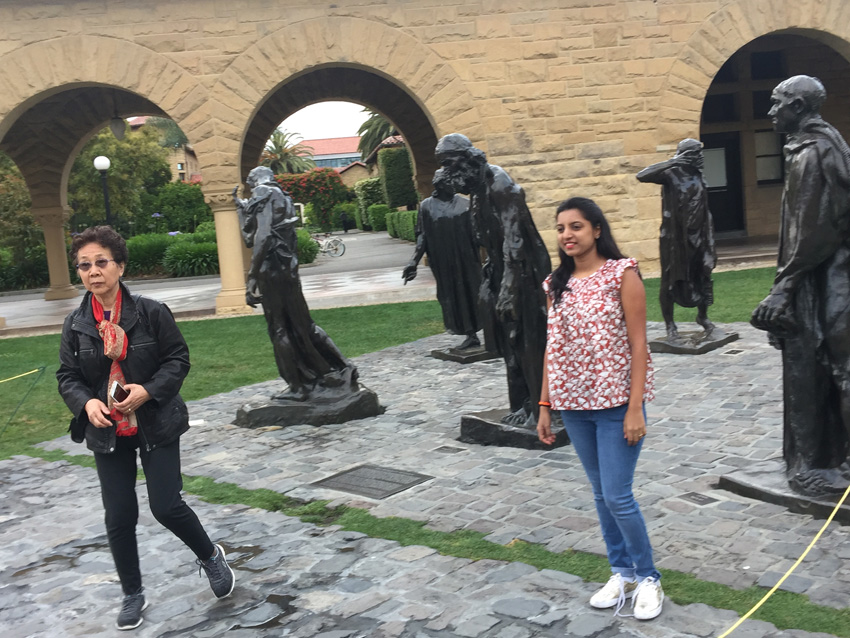
Stanford University
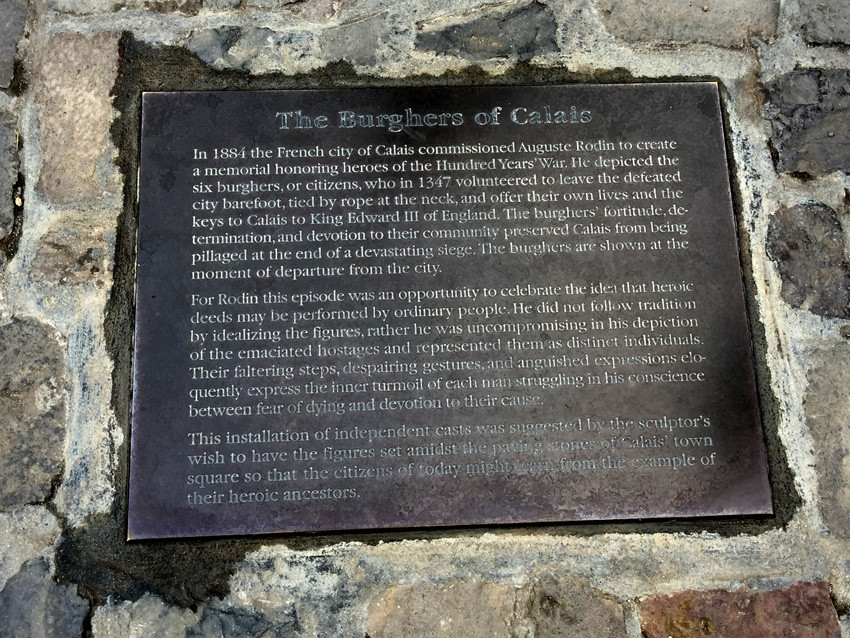
Stanford University
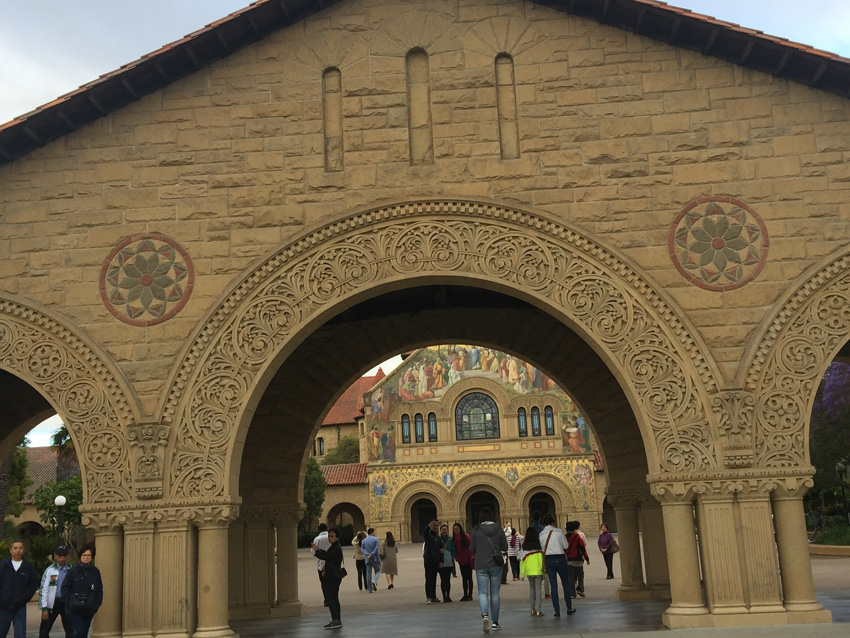
Stanford University

Stanford University
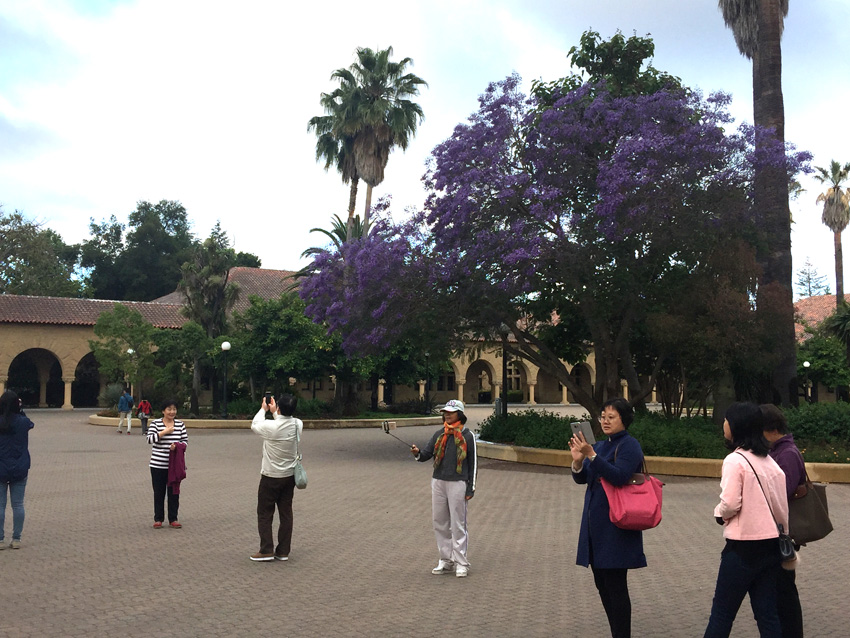
Stanford University
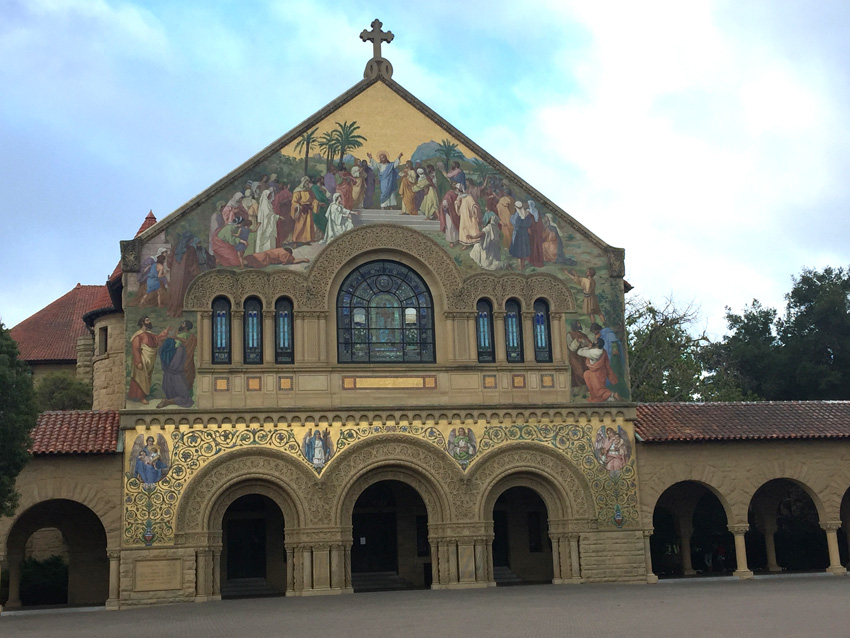
Stanford University
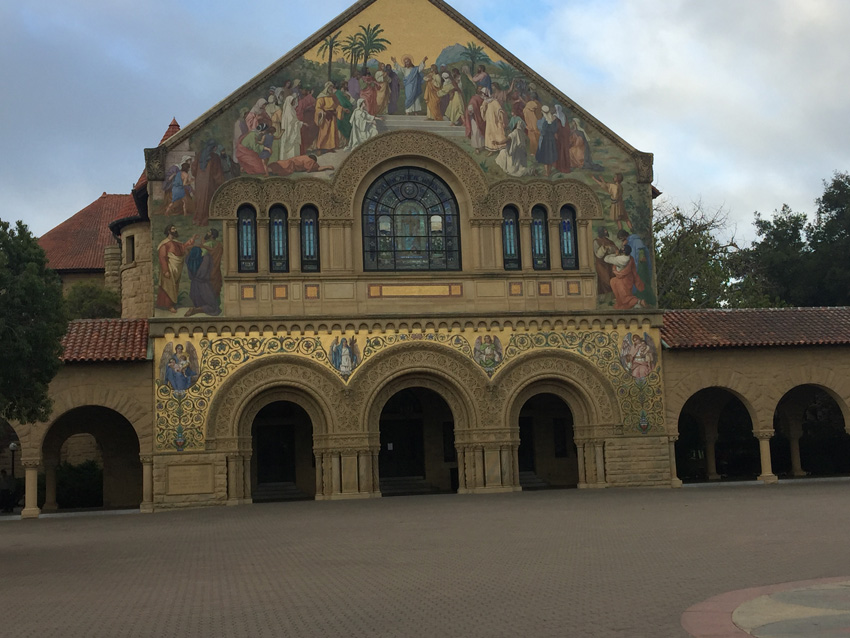
Stanford University
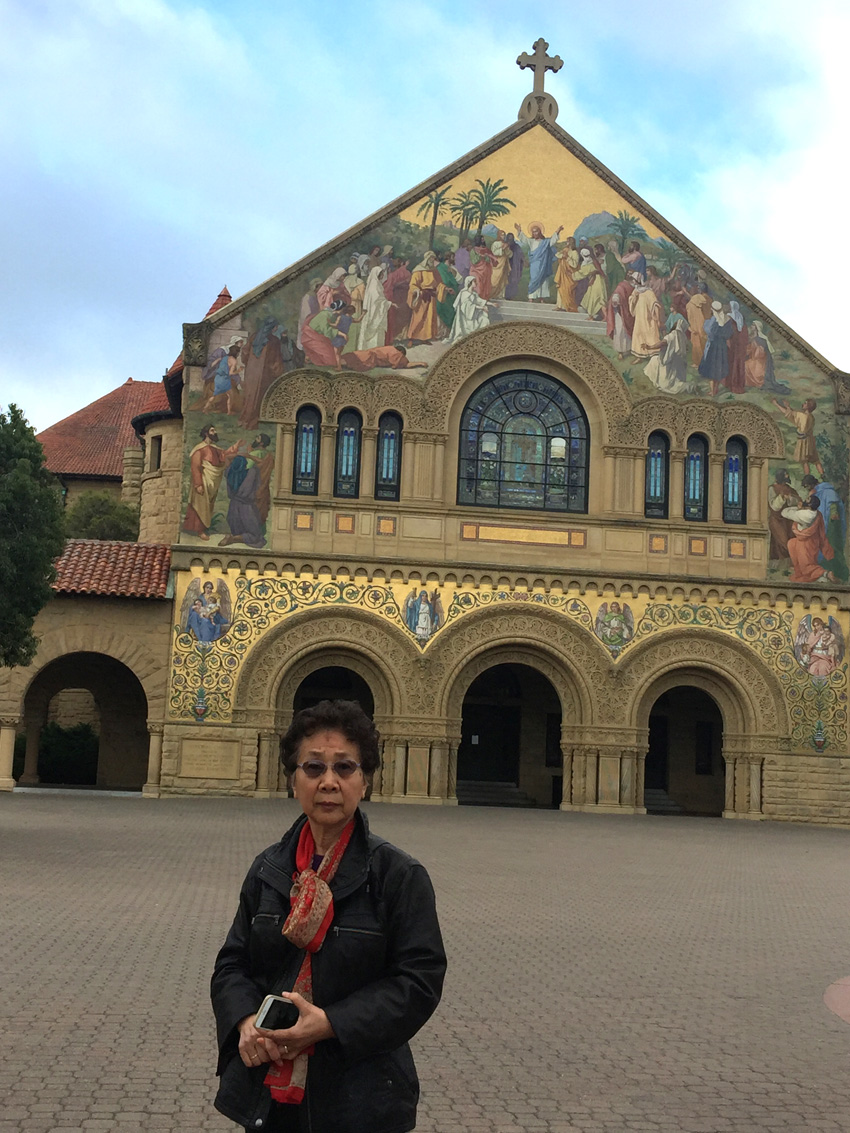
Stanford University

Stanford University
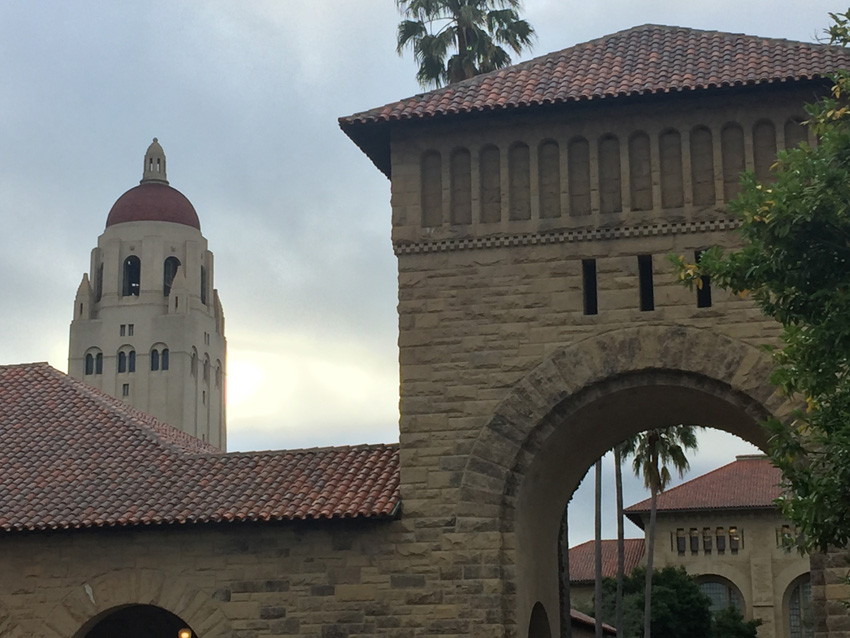
Stanford University

Stanford University
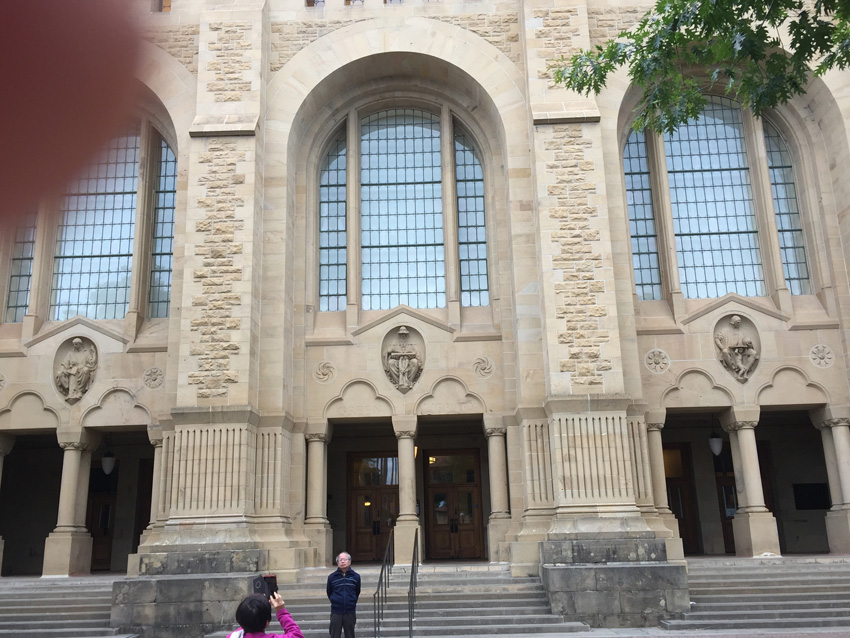
Stanford University
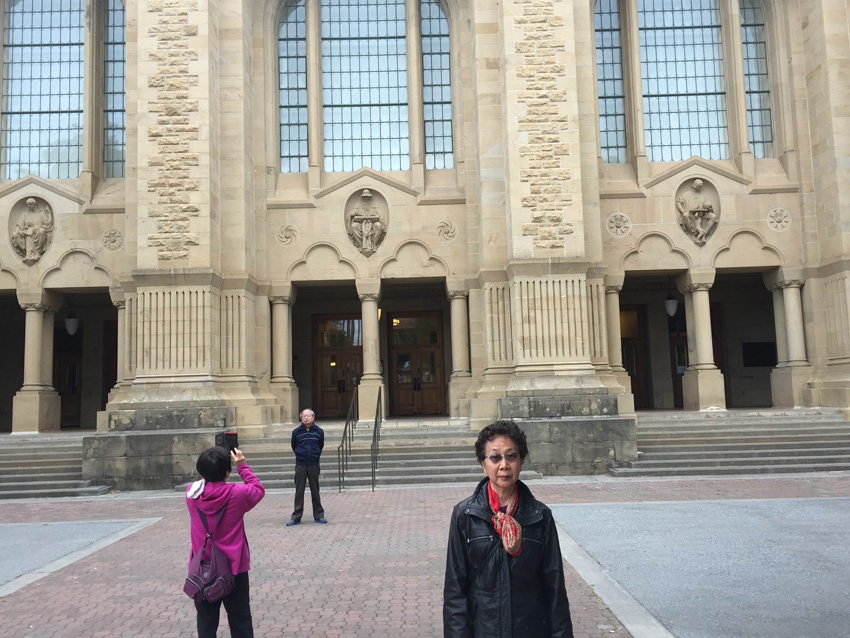
Stanford University
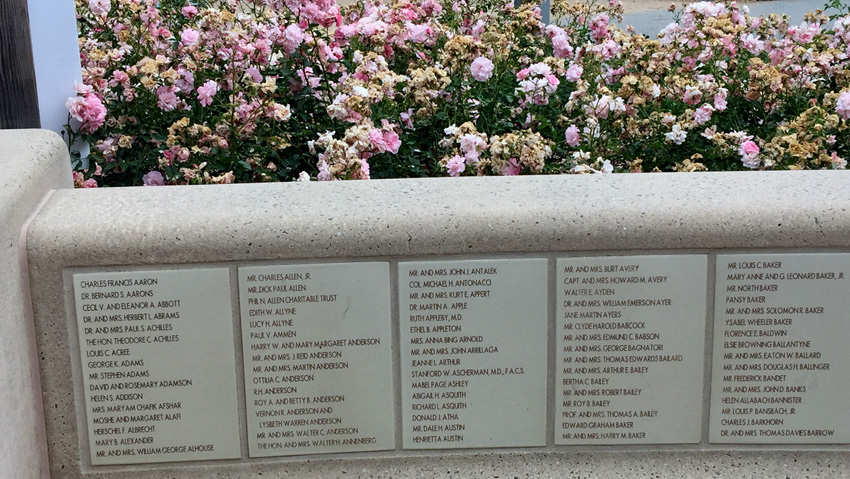
Stanford University

Stanford University
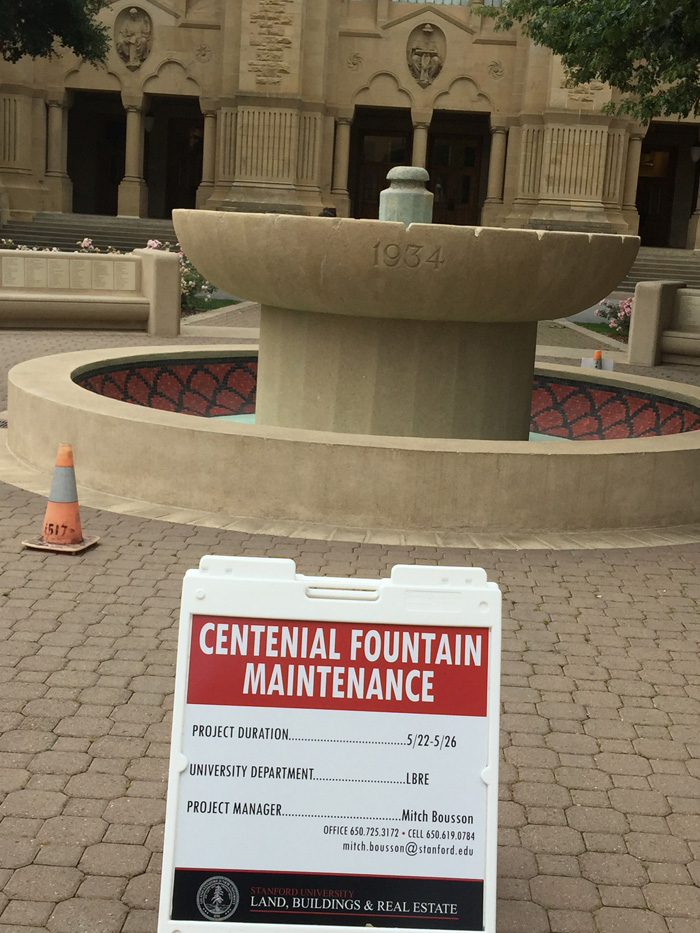
Stanford University

Stanford University
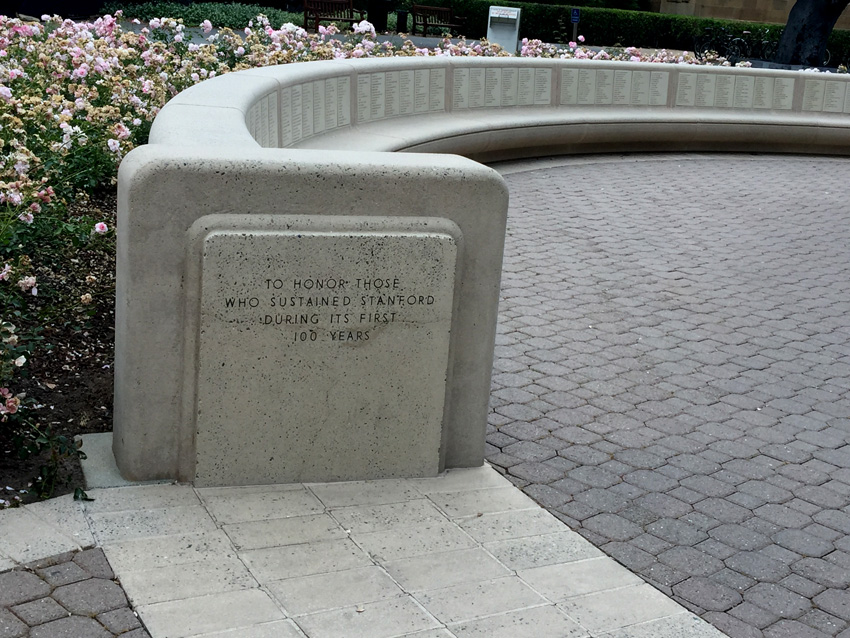
Stanford University

Stanford University
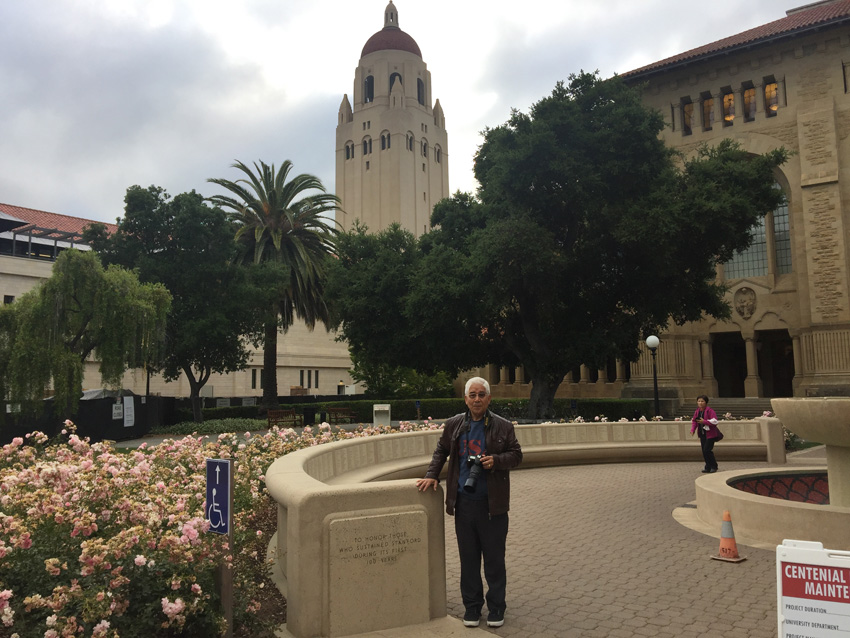
Stanford University
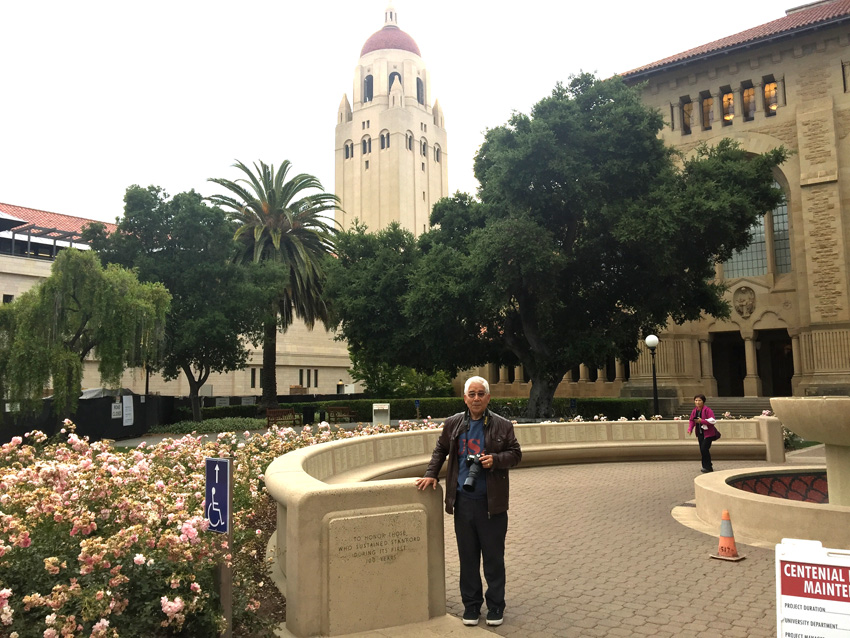
Stanford University
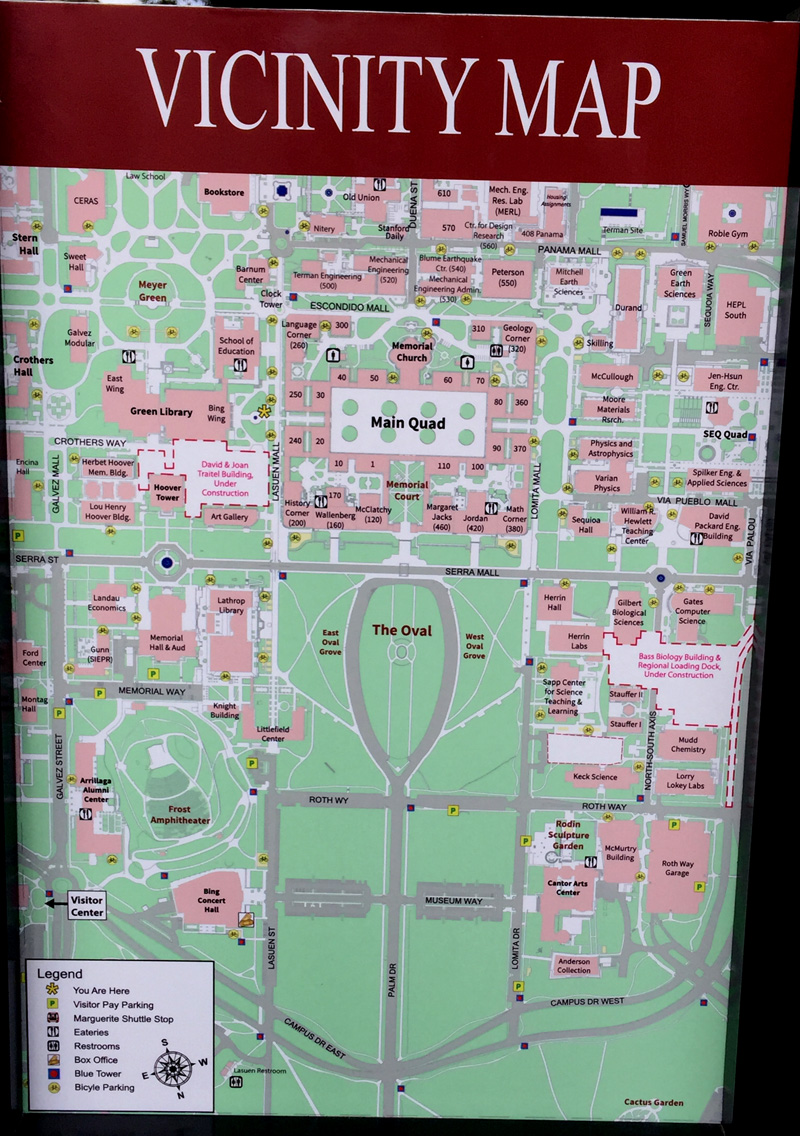
Stanford University
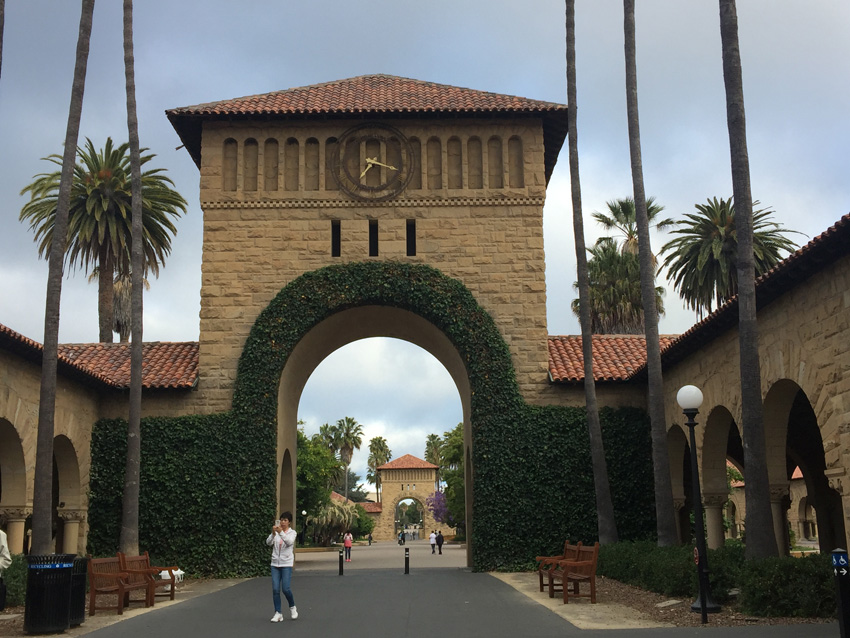
Stanford University
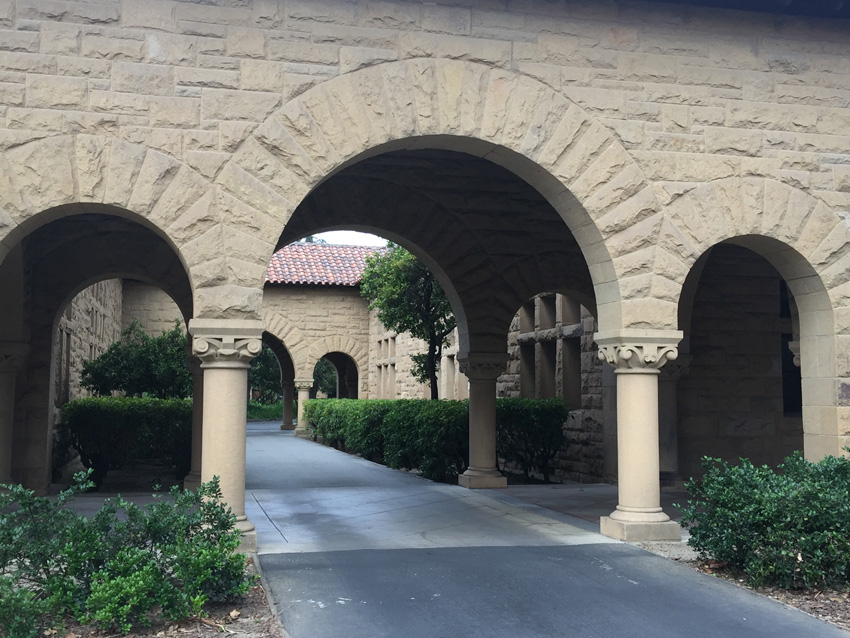
Stanford is one of the most successful universities in creating companies and licensing its inventions to existing companies; it is often held up as a model for technology transfer. Stanford's Office of Technology Licensing is responsible for commercializing developments.
Stanford faculty and alumni have founded many companies including Google, Hewlett-Packard, Nike, Instagram, Snapchat, LinkedIn, and Yahoo!, and companies founded by Stanford alumni generate more than $2.7 trillion in annual revenue, equivalent to the 10th-largest economy in the world.

Stanford University
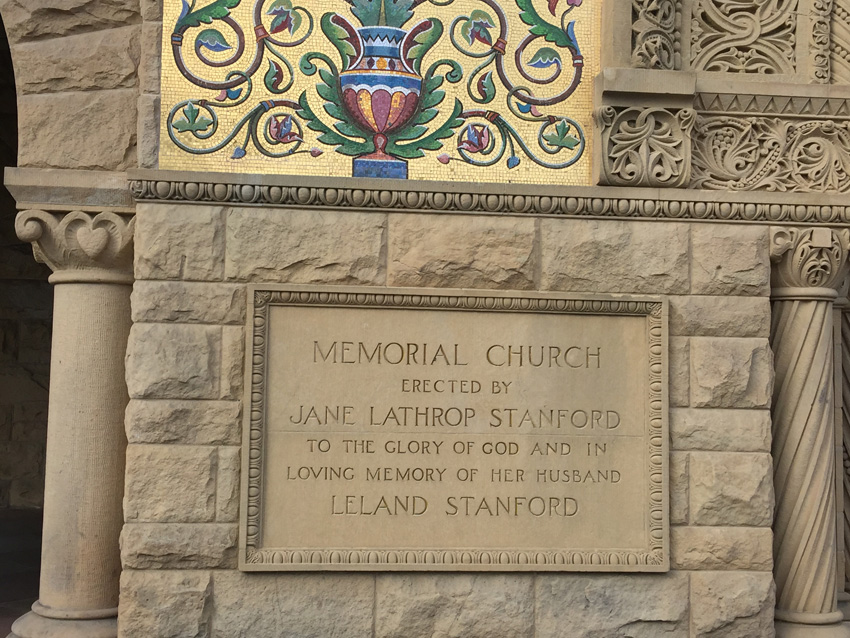
Stanford University

Stanford University

Stanford University
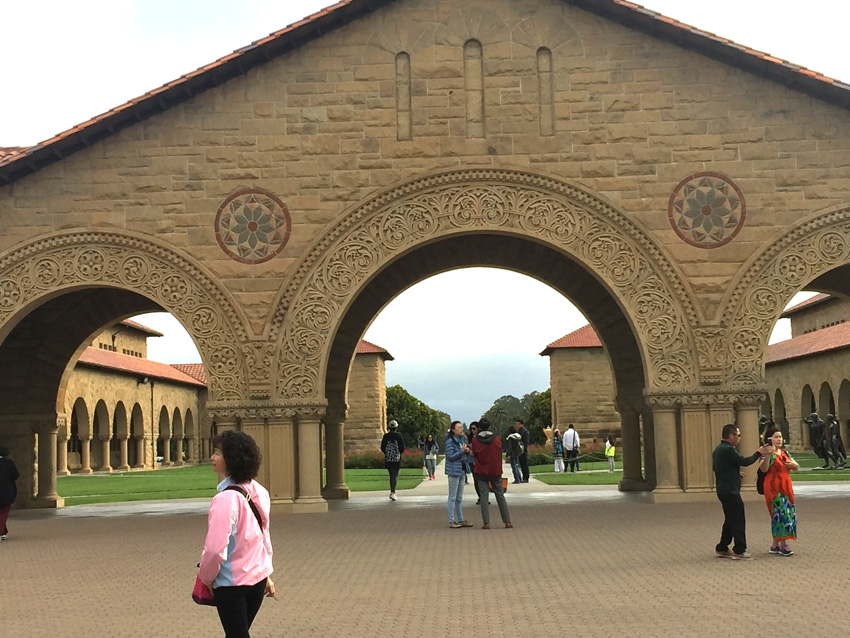
Stanford University
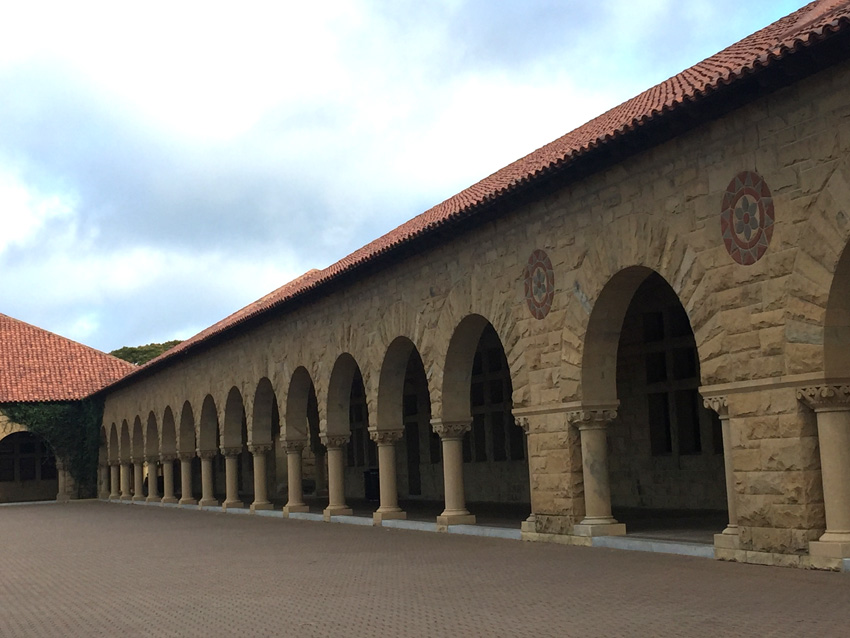
Stanford University
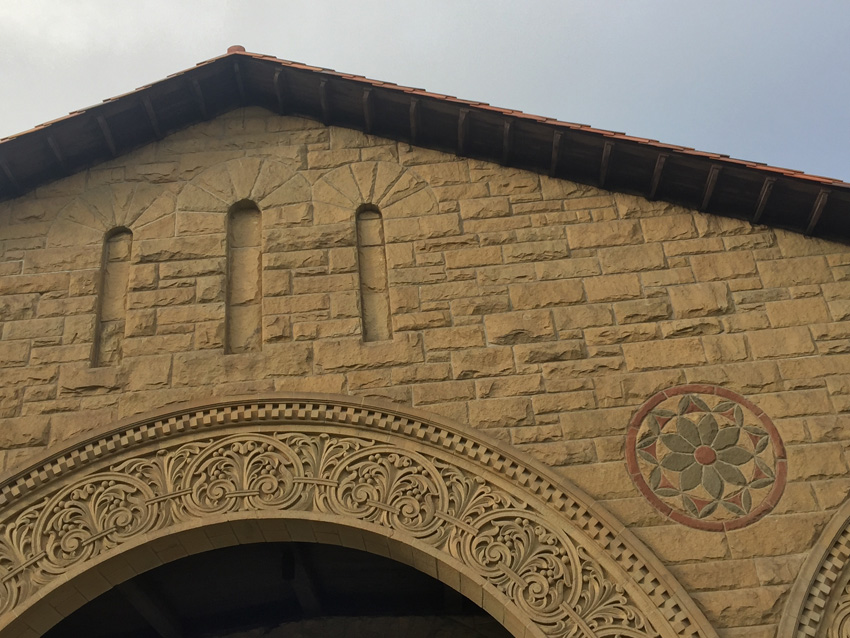
Stanford University
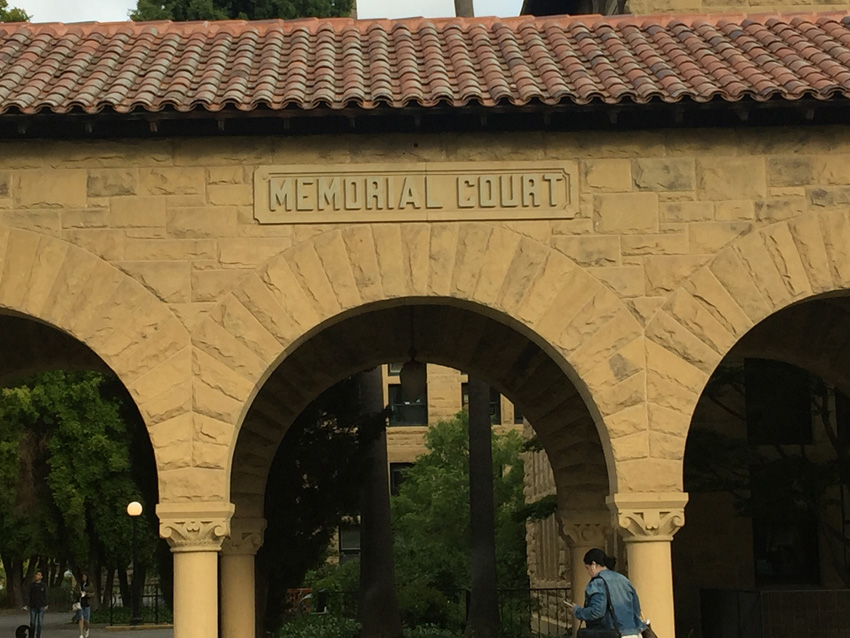
Stanford University

Stanford University
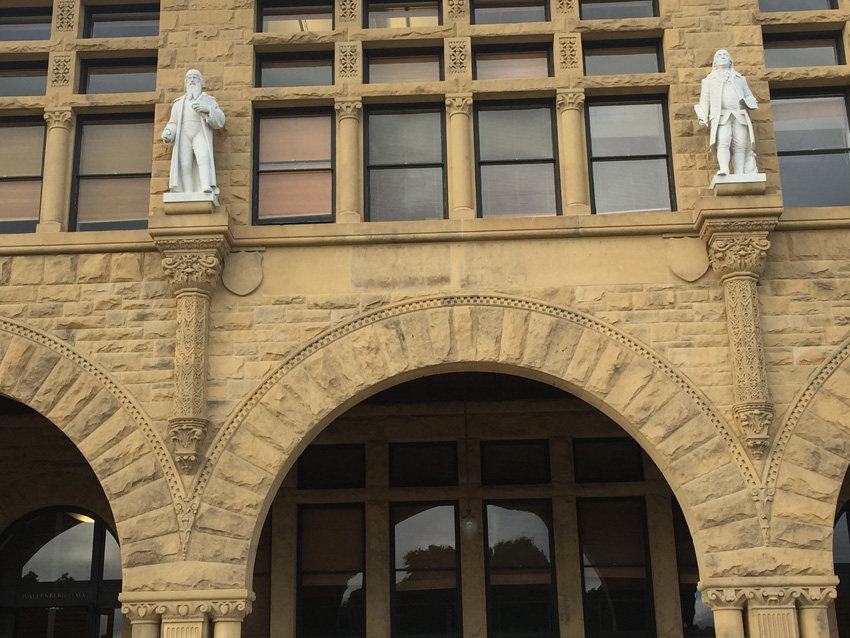
Stanford University
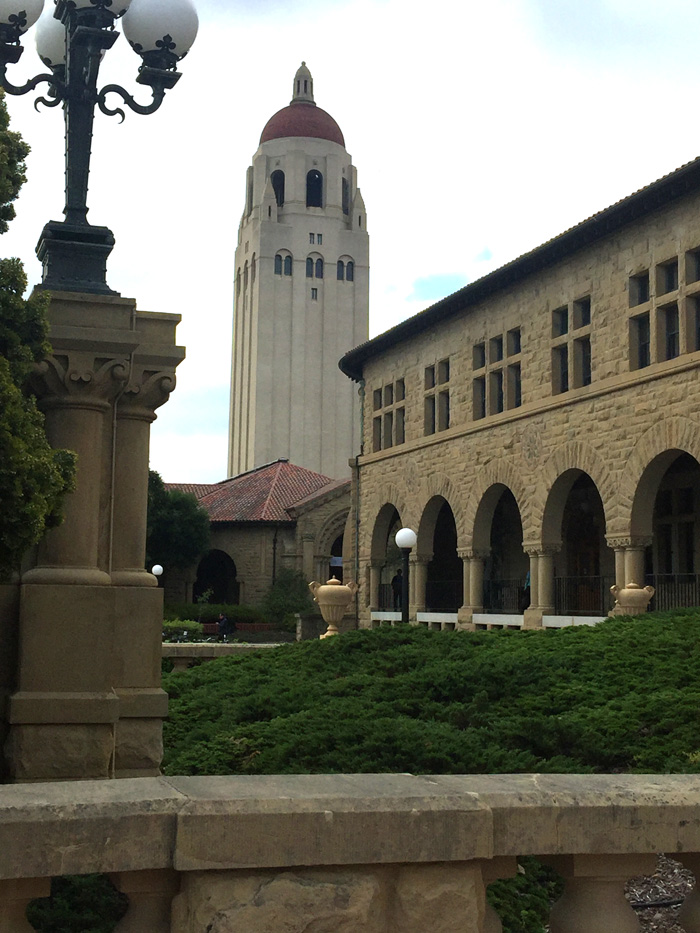
Stanford University
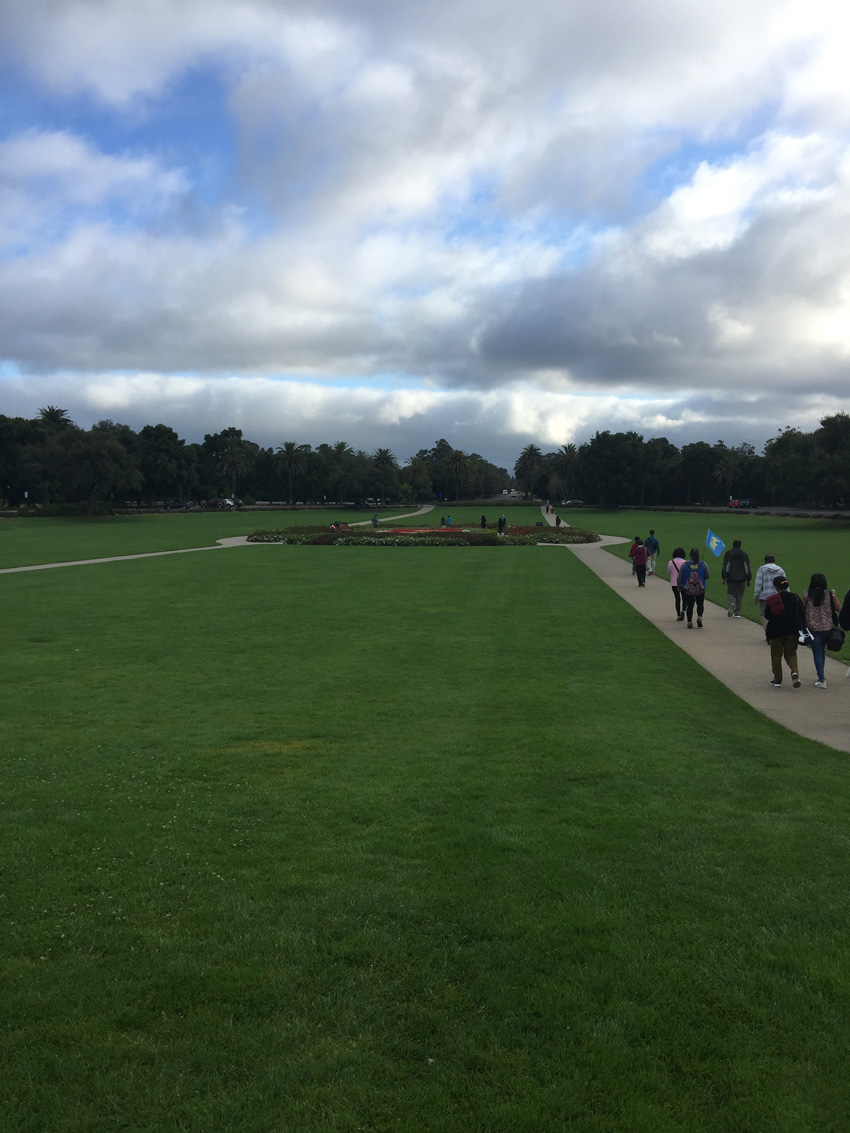
Stanford University
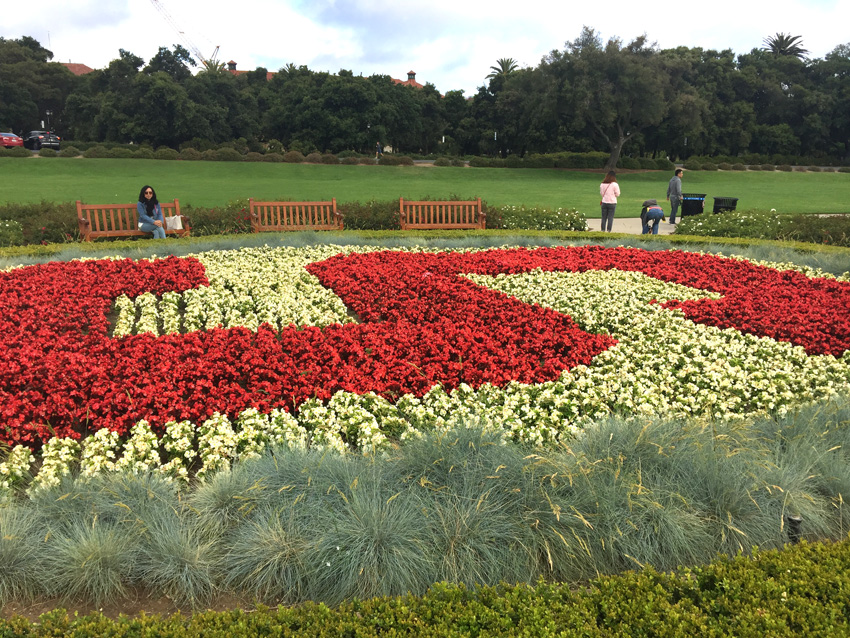
Stanford University
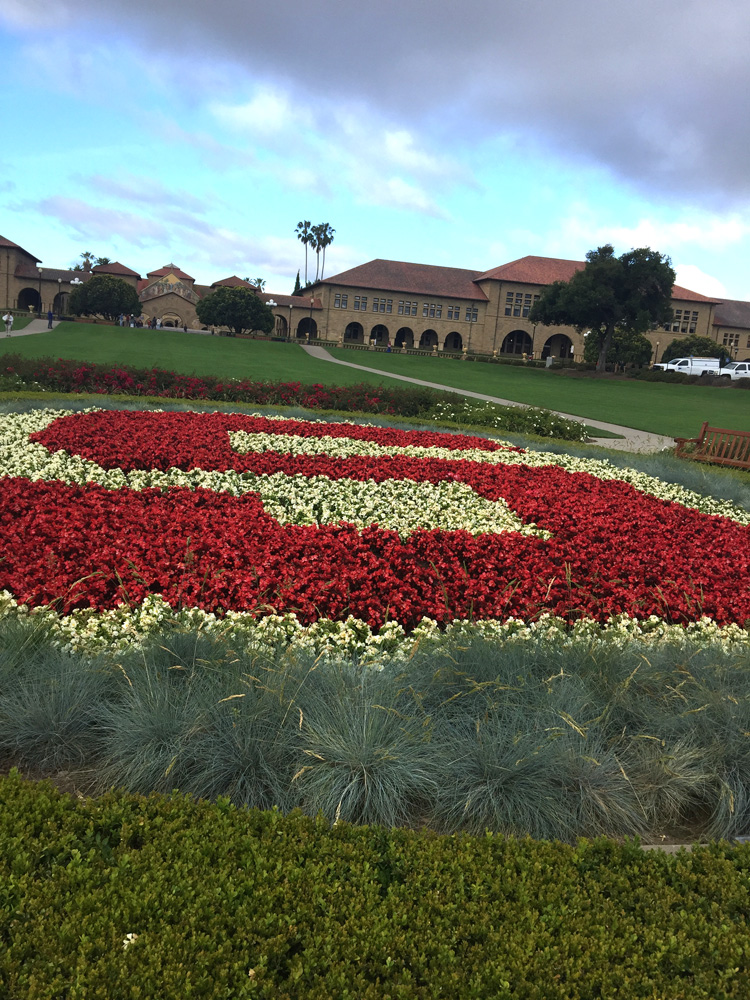
Stanford University
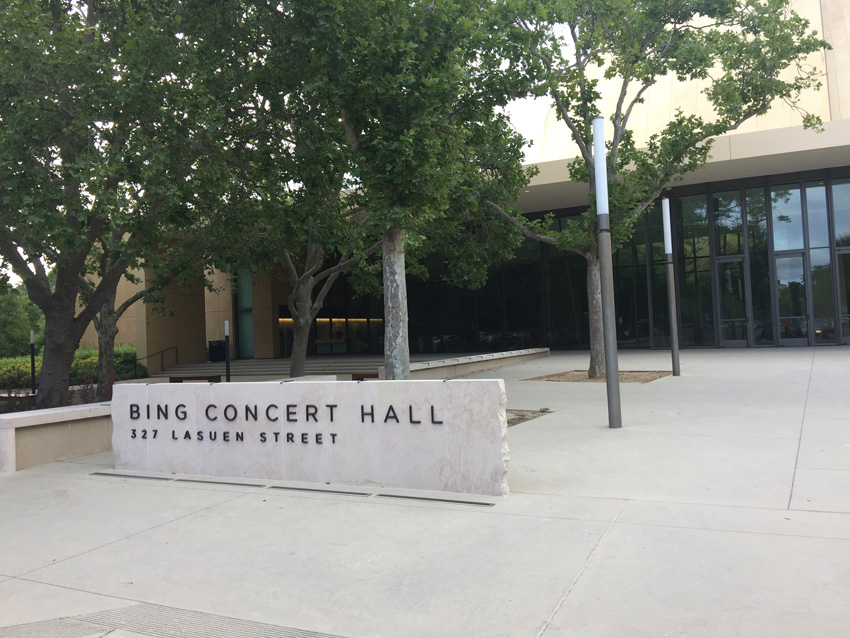
Stanford University

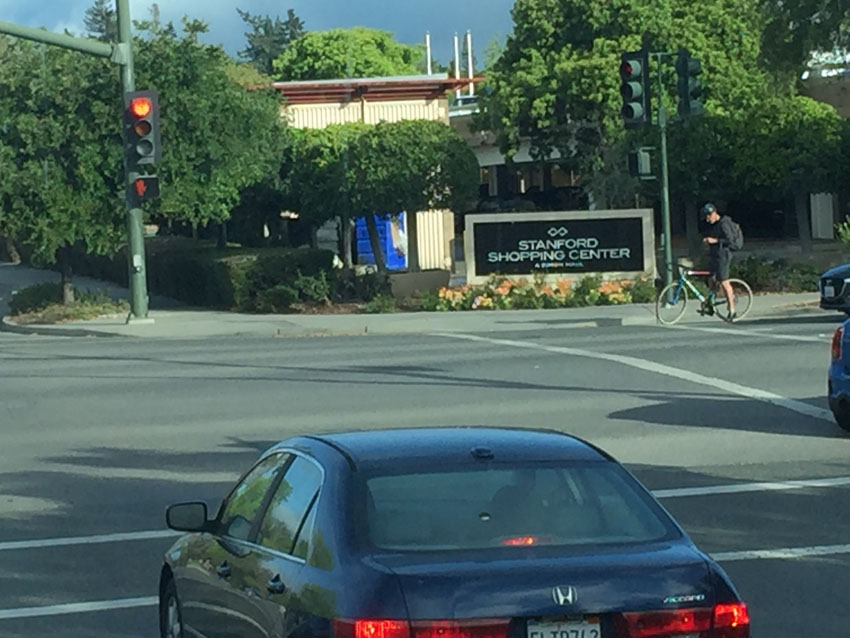
Stanford city
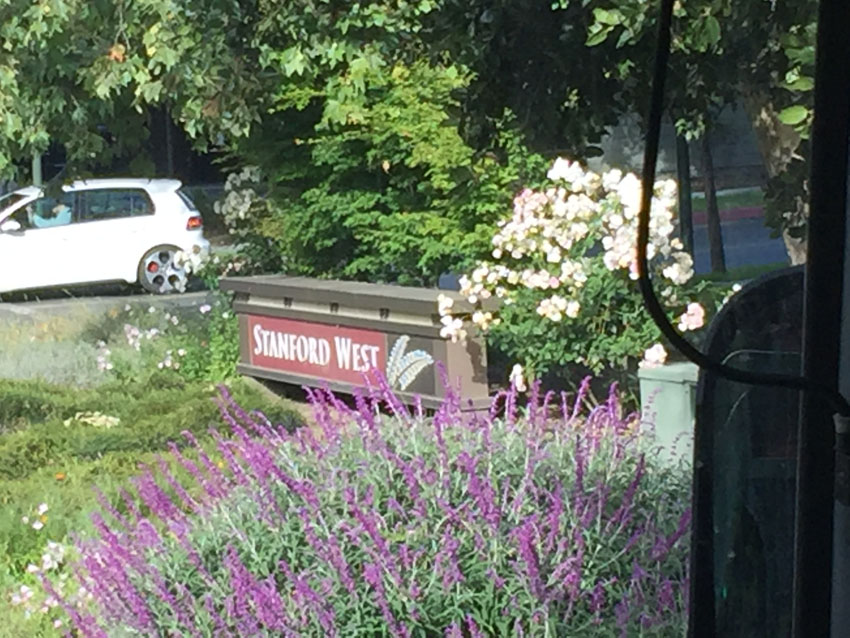
Stanford city

Stanford city
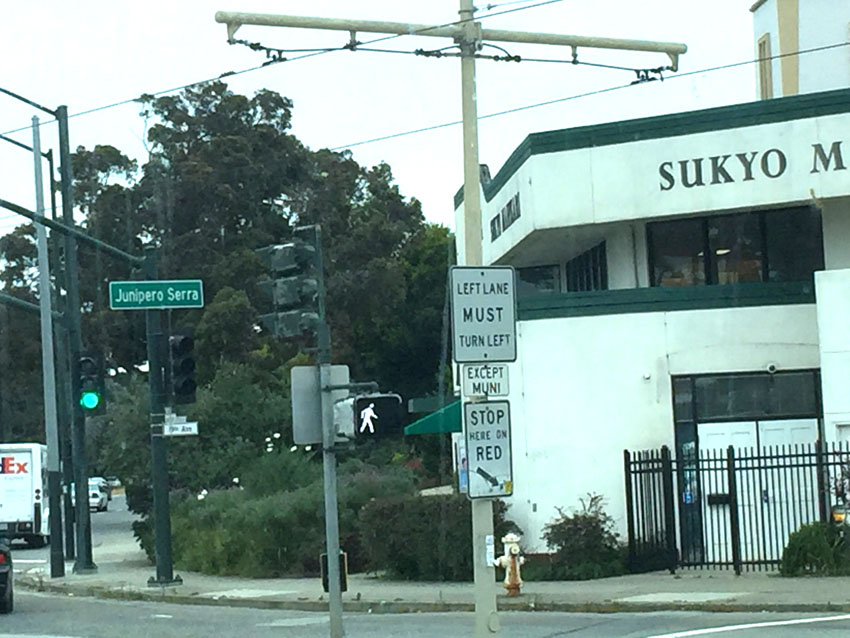
Stanford city

On the Twin Peaks

The Twin Peaks are two prominent hills with an elevation of about 925 feet (282 m) located near the geographic center of San Francisco, California. Only 928 foot (283 m) Mount Davidson is higher within the city.[
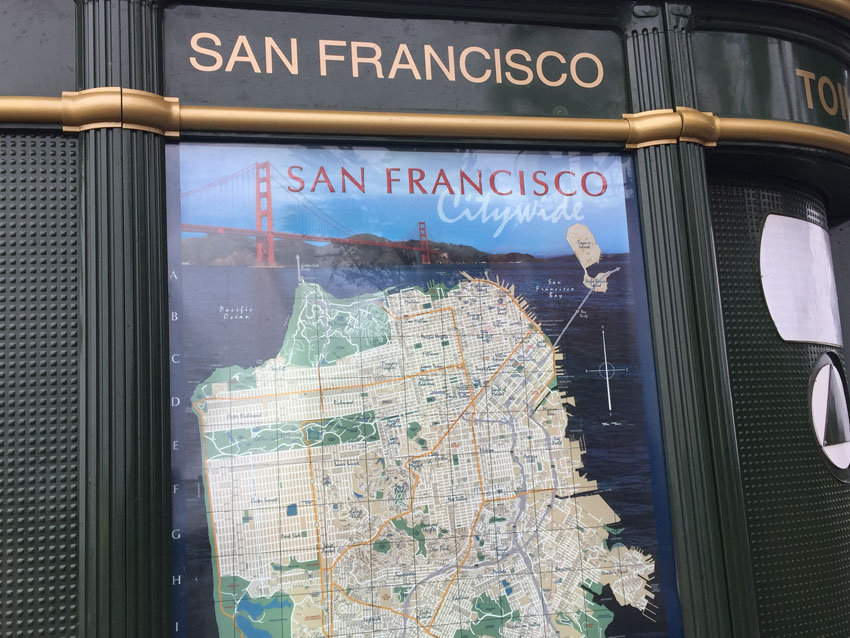
The North and South Twin Peaks, also known as "Eureka" and "Noe" respectively, are about 660 ft (200 m) apart; Twin Peaks Boulevard runs a figure eight around them. The peaks form a divide for the summer coastal fog pushed in from the Pacific Ocean. Their west-facing slopes often get fog and strong winds, while the east-facing slopes receive more sun and warmth. Elevation at each summit is just over 900 feet (270 m). Thin, sandy soil is commonplace on Twin Peaks, making them susceptible to erosion
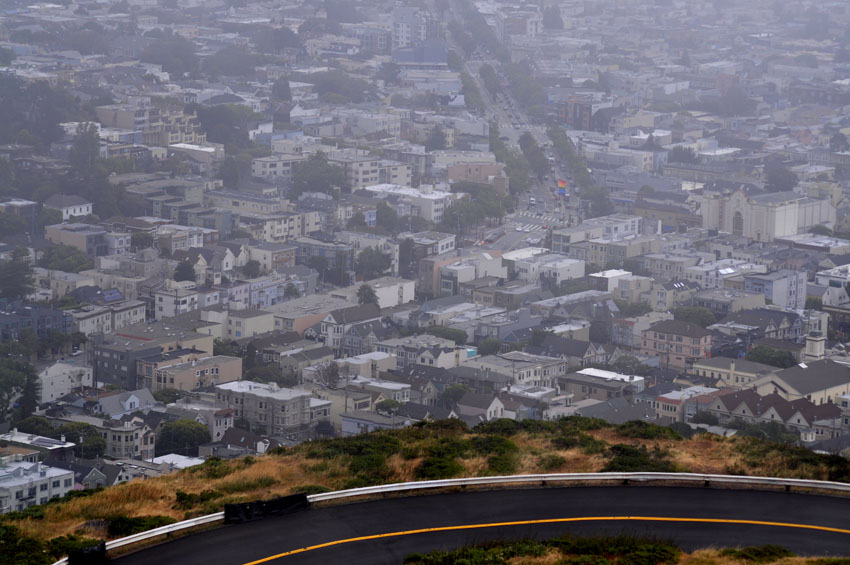
Before the arrival of the Europeans, the native Ohlone people may have used Twin Peaks as a lookout or hunting ground. The ecological diversity of Twin Peaks provided medicinal or ceremonial plants, grains and berries. When the Spanish conquistadors and settlers arrived at the beginning of the 18th century, they called the area "Los Pechos de la Chola" or "Breasts of the Indian Maiden" and devoted the area to ranching. When San Francisco passed under American control during the 19th century, it was renamed "Twin Peaks".
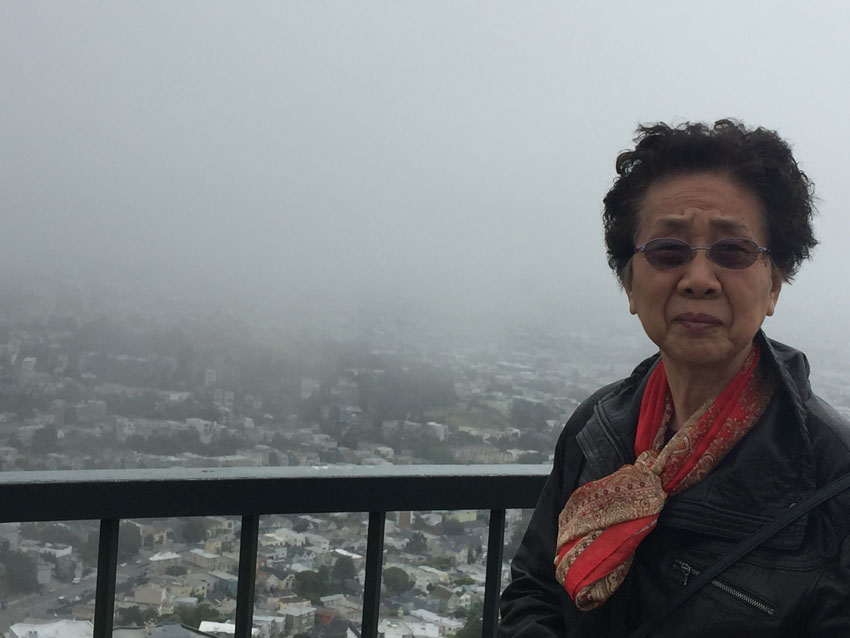
Twin Peaks
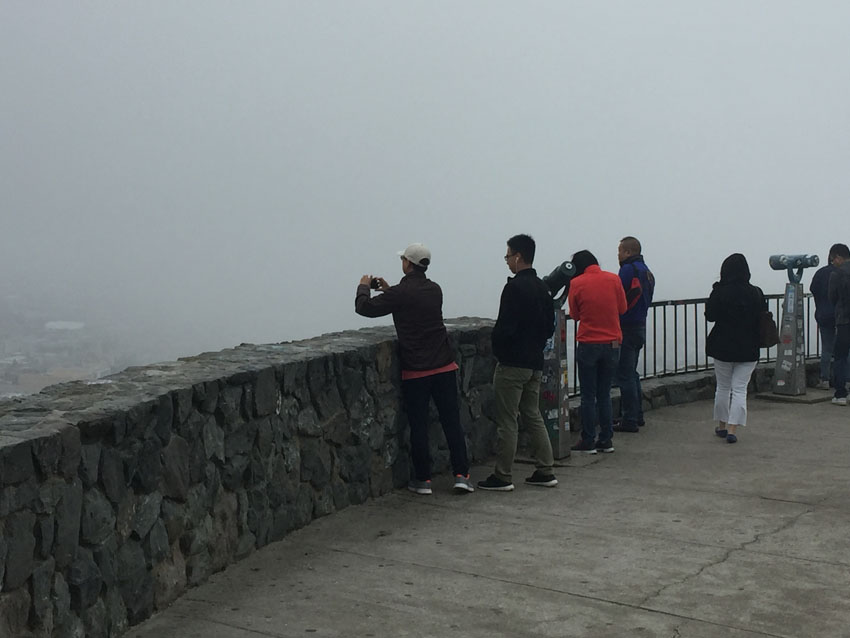
Twin Peaks
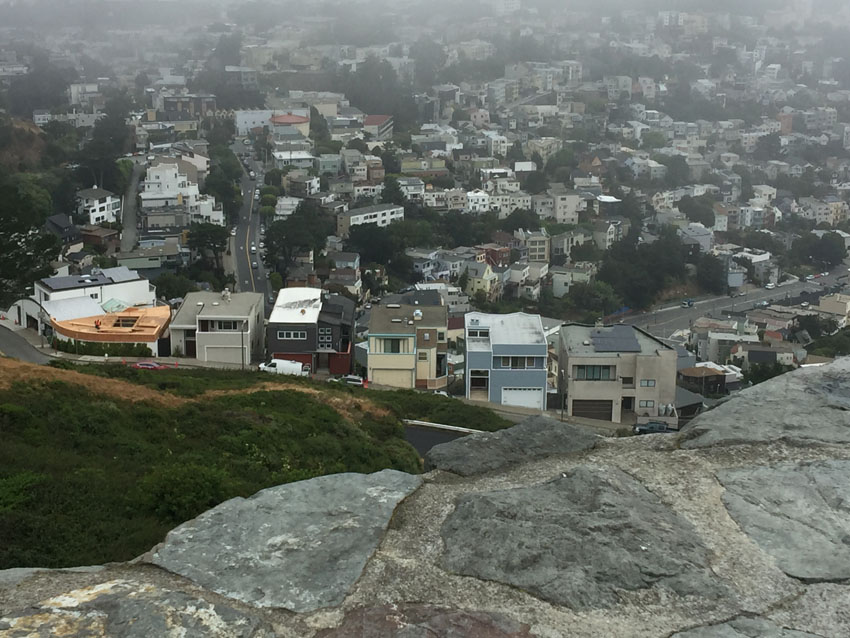
To the north is one of the city's many reservoirs. It is owned by the San Francisco Fire Department, and supplies water to the Fire Department's independent HPFS water system for fighting fires, established after the 1906 earthquake and fire.
The top of Twin Peaks is undeveloped. It is part of the 31 acres (13 ha) Twin Peaks Natural Area, managed and owned by the San Francisco Recreation and Parks Department. These preserved areas are home to many natural resources and wildlife. As part of the Mission blue butterfly habitat conservation, Twin Peaks is one of the few remaining habitats for this endangered species. Many bird species, insects and vegetation thrive in these areas.

Twin Peaks
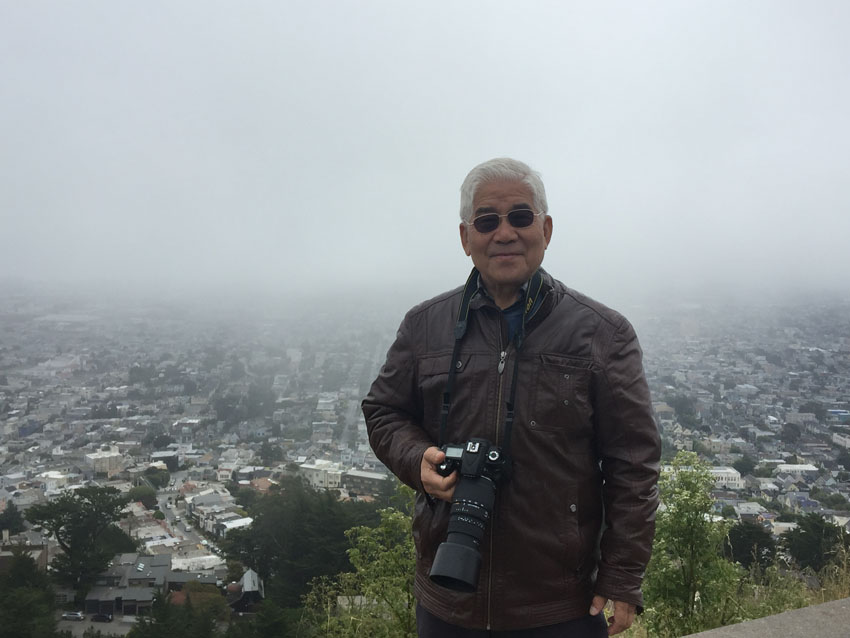
Twin Peaks
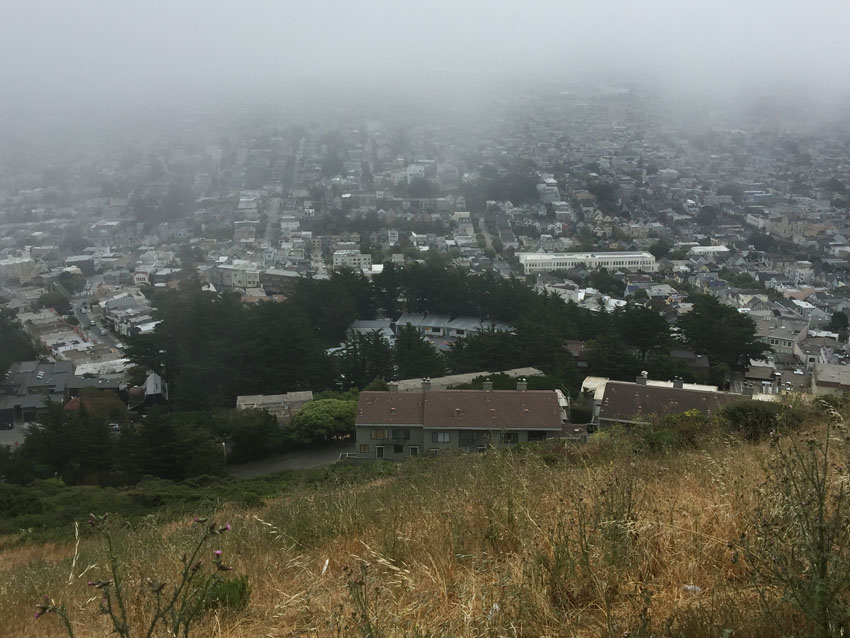
Twin Peaks

Twin Peaks
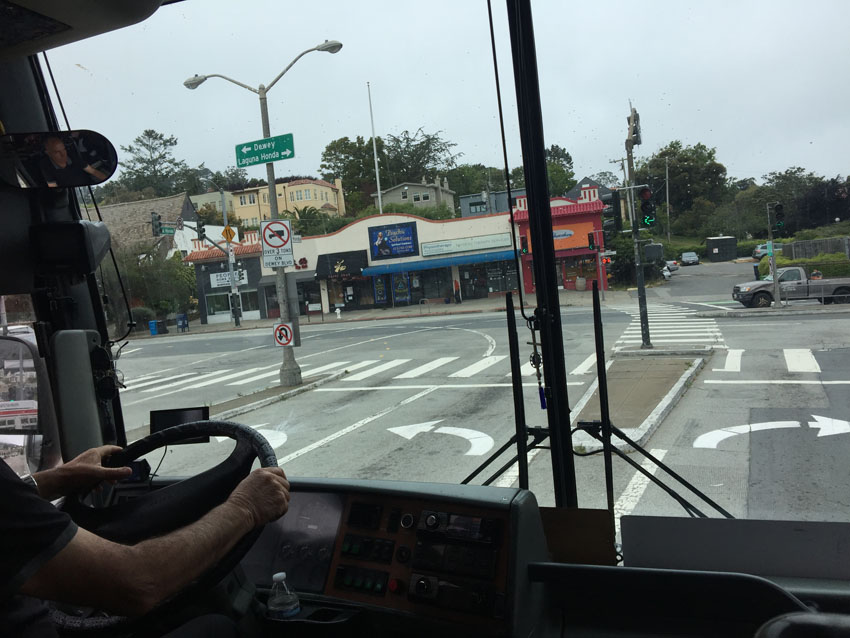
San Francisco
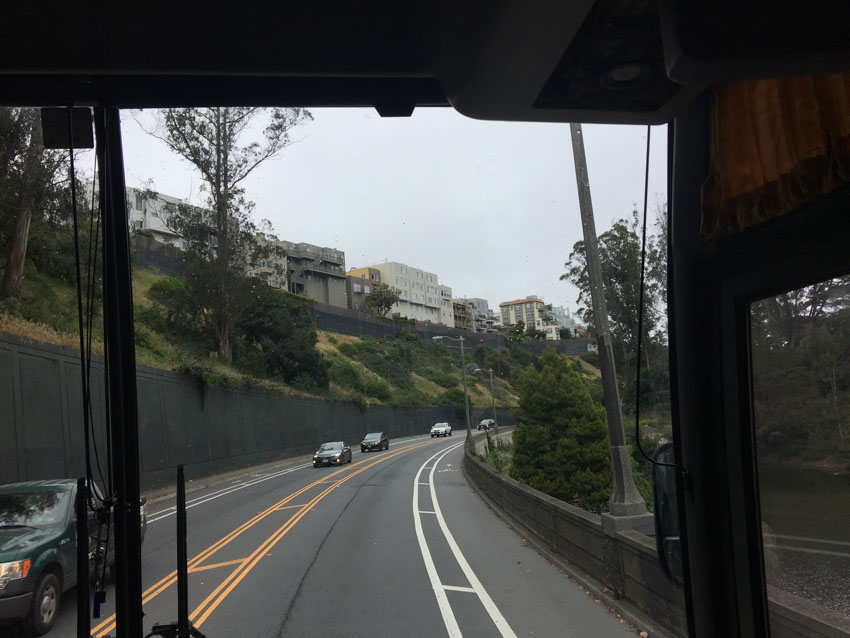
San Francisco
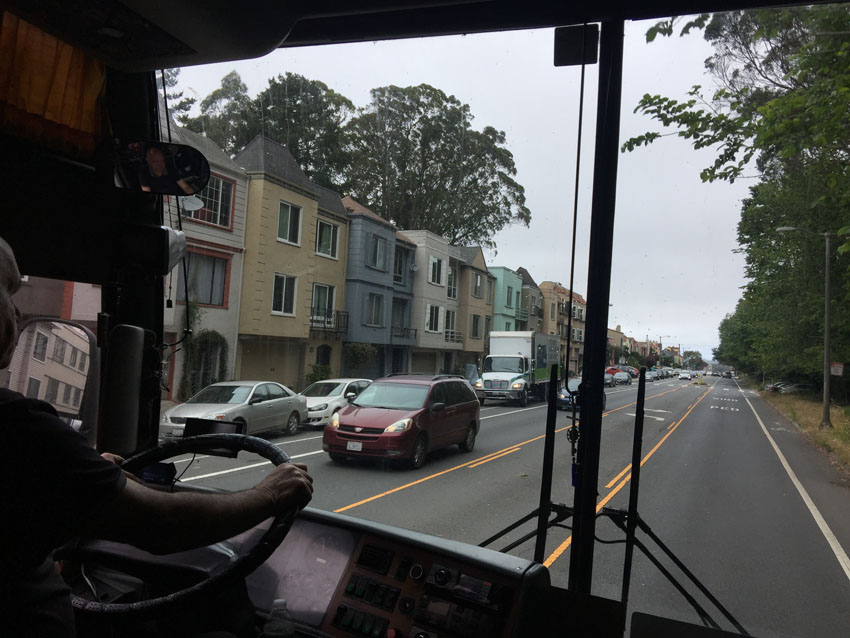
San Francisco
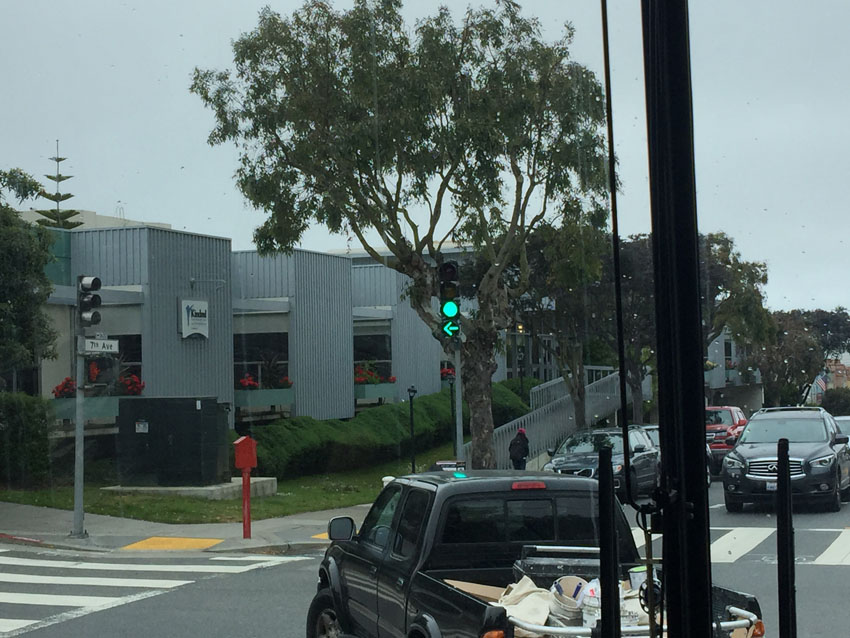
San Francisco
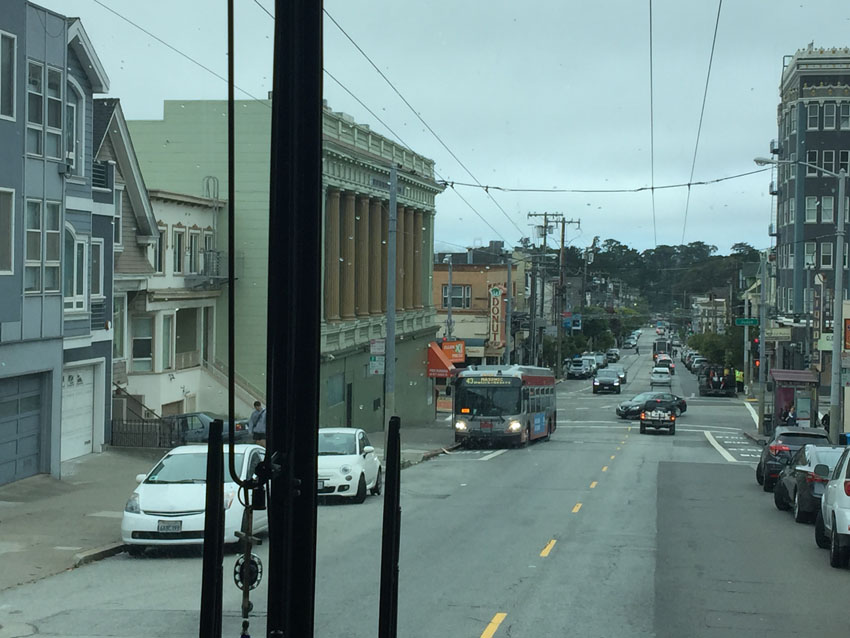
San Francisco
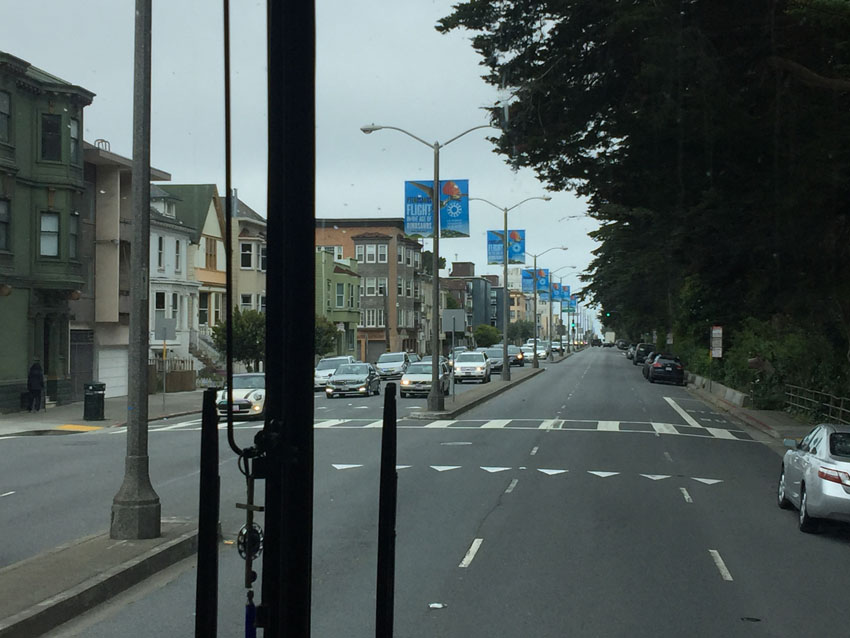
San Francisco
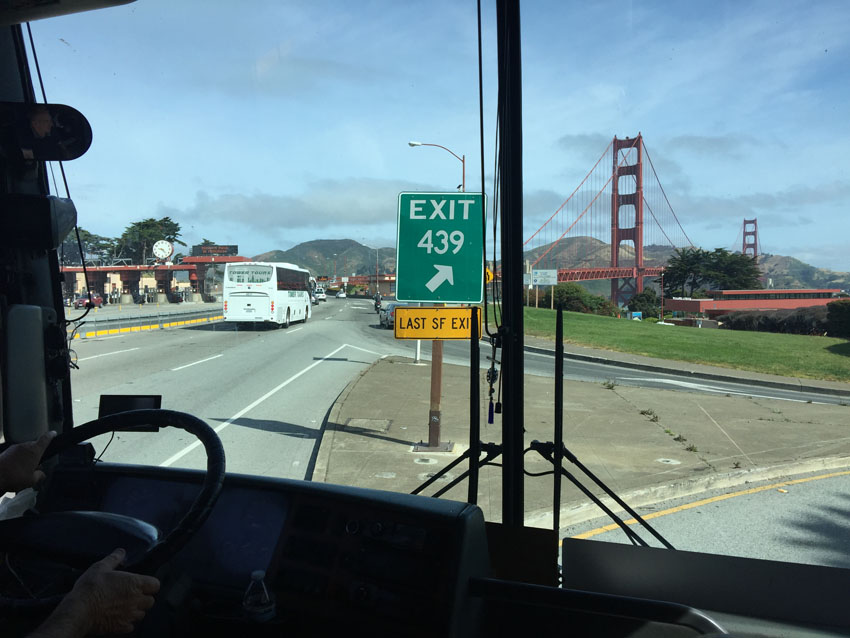
Arriving at the Golden Gate Bridge
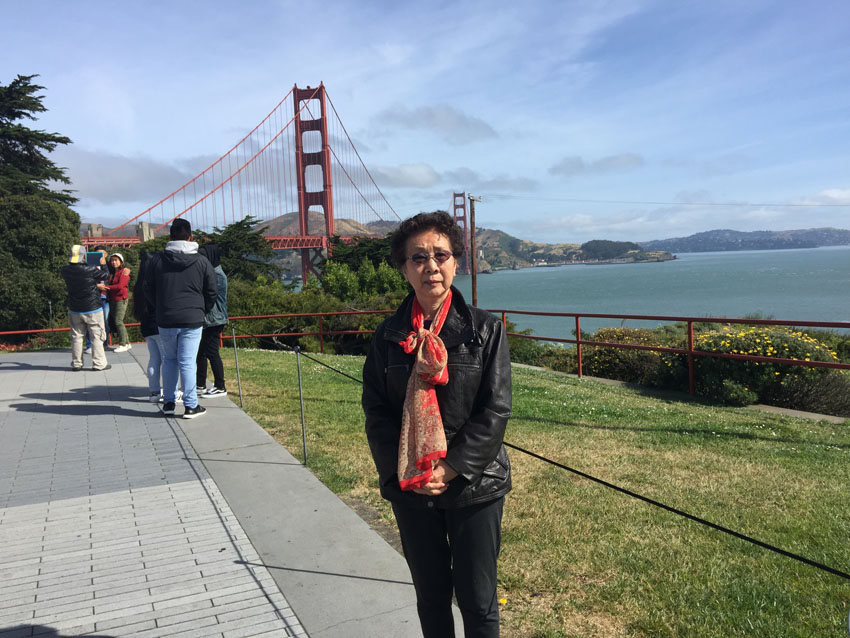
Golden Gate Bridge
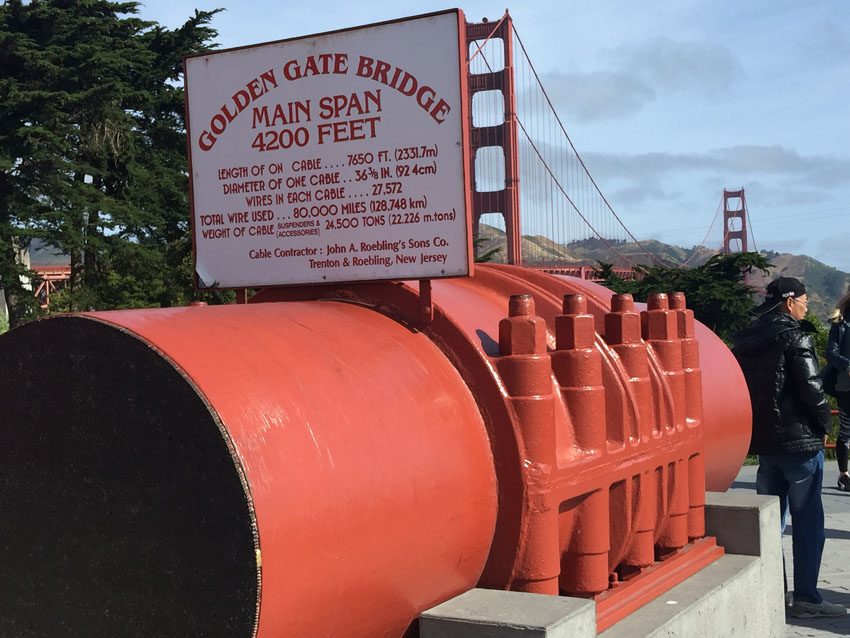
The Golden Gate Bridge is a suspension bridge spanning the Golden Gate, the one-mile-wide (1.6 km) strait connecting San Francisco Bay and the Pacific Ocean. The structure links the American city of San Francisco, California – the northern tip of the San Francisco Peninsula – to Marin County, carrying both U.S. Route 101 and California State Route 1 across the strait. The bridge is one of the most internationally recognized symbols of San Francisco, California, and the United States. It has been declared one of the Wonders of the Modern World by the American Society of Civil Engineers
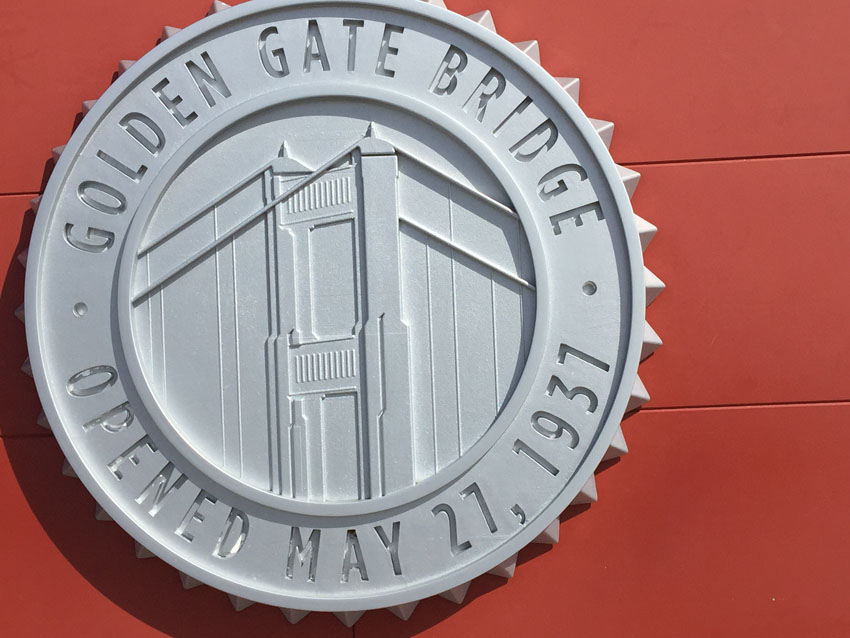
The Frommer's travel guide describes the Golden Gate Bridge as "possibly the most beautiful, certainly the most photographed, bridge in the world." It opened in 1937 and was, until 1964, the longest suspension bridge main span in the world, at 4,200 feet (1,280 m).
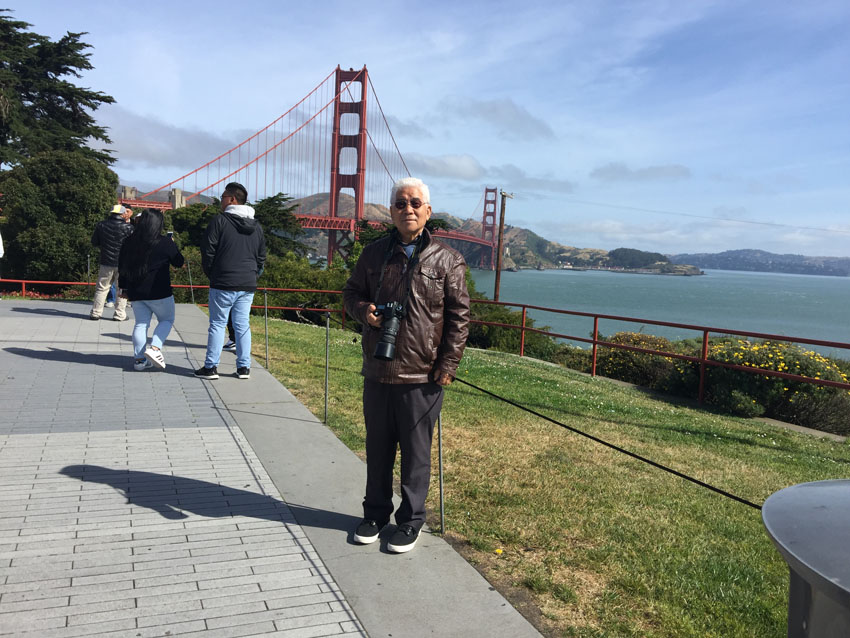
Golden Gate Bridge
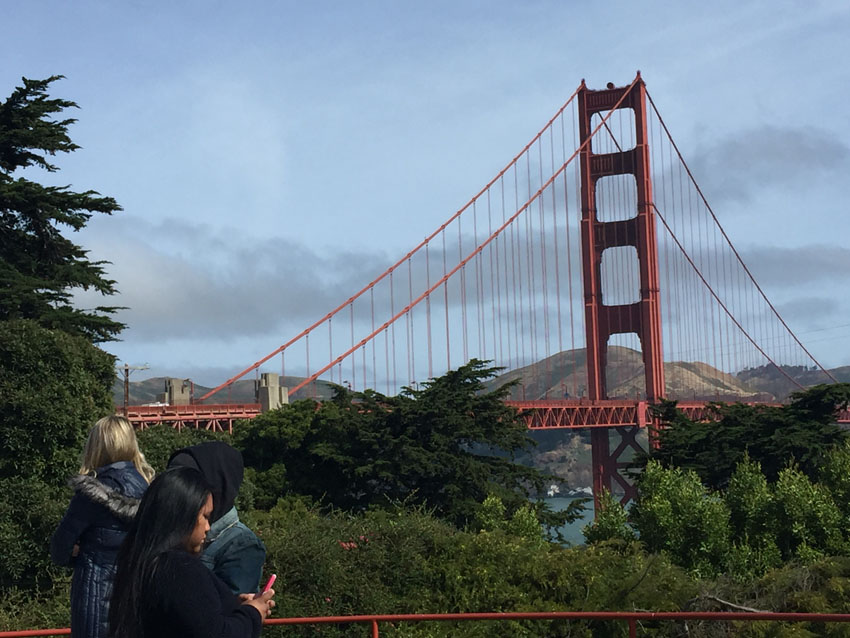
The color of the bridge is officially an orange vermilion called international orange. The color was selected by consulting architect Irving Morrow because it complements the natural surroundings and enhances the bridge's visibility in fog. Aesthetics was the foremost reason why the first design of Joseph Strauss was rejected. Upon re-submission of his bridge construction plan, he added details, such as lighting, to outline the bridge's cables and towers. In 1999, it was ranked fifth on the List of America's Favorite Architecture by the American Institute of Architects.
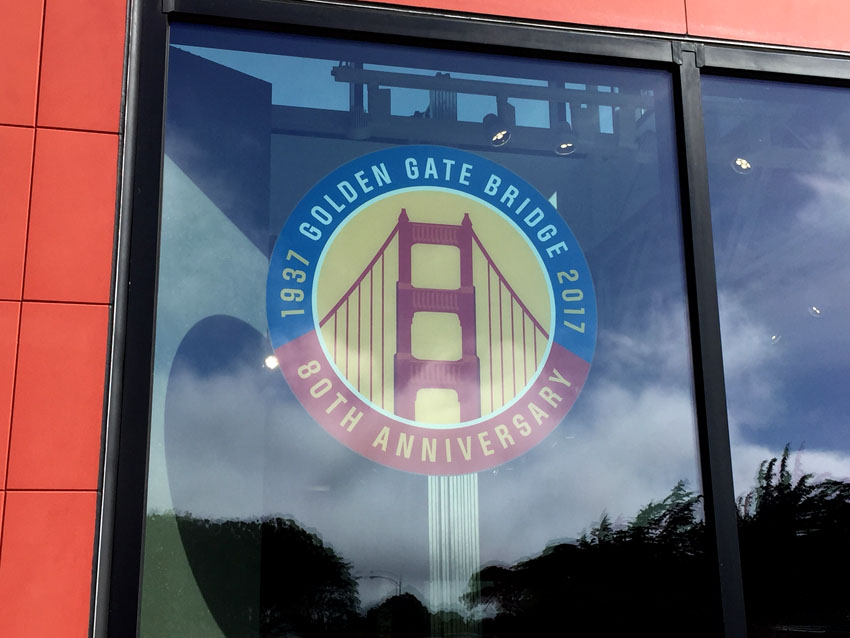
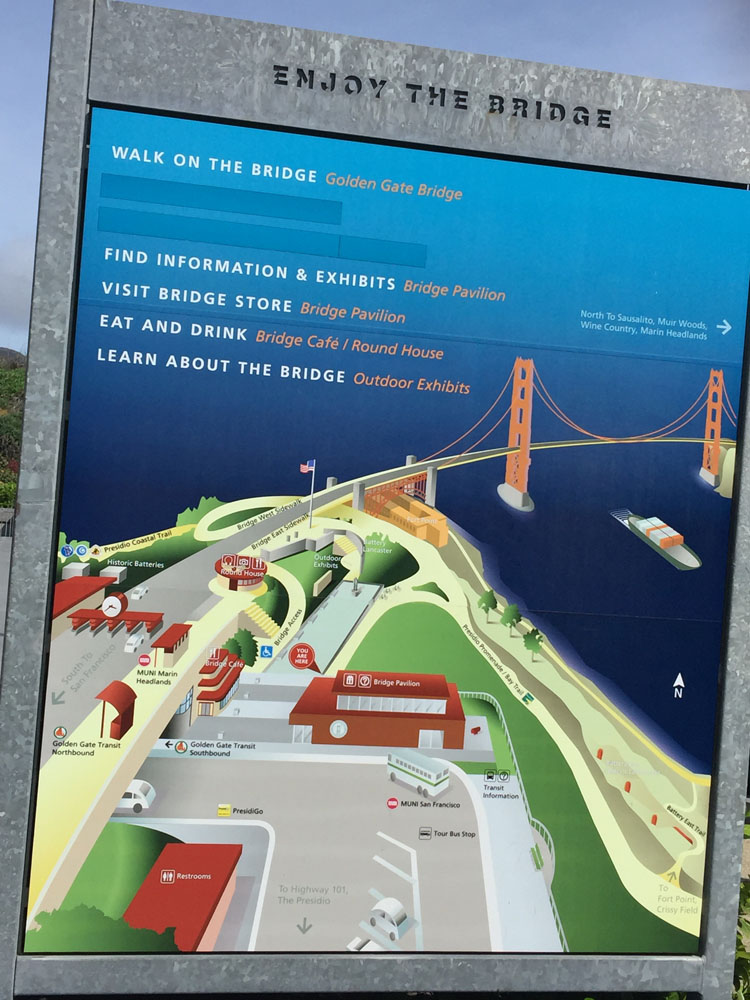
Until 1964, the Golden Gate Bridge had the longest suspension bridge main span in the world, at 4,200 feet (1,300 m). Since 1964 its main span length has been surpassed by ten bridges; it now has the second-longest main span in the United States, after the Verrazano-Narrows Bridge in New York City. The total length of the Golden Gate Bridge from abutment to abutment is 8,981 feet (2,737 m).
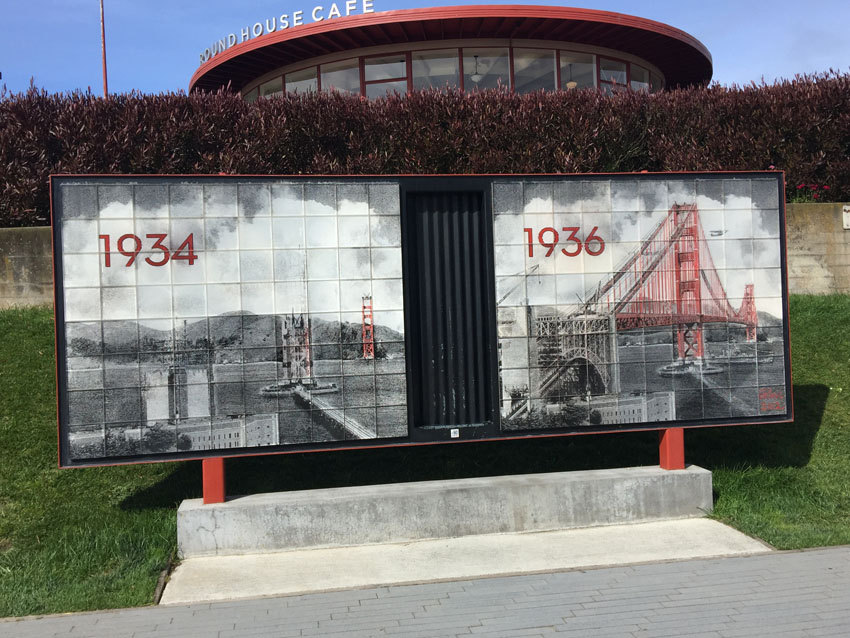
The Golden Gate Bridge's clearance above high water averages 220 feet (67 m) while its towers, at 746 feet (227 m) above the water, were the world's tallest on a suspension bridge until 1998 when bridges in Denmark and Japan were completed.

Joseph Baermann Strauss (January 9, 1870 – May 16, 1938) was an American structural engineer who revolutionized the design of bascule bridges. He was the chief engineer of the Golden Gate Bridge, a suspension bridge.
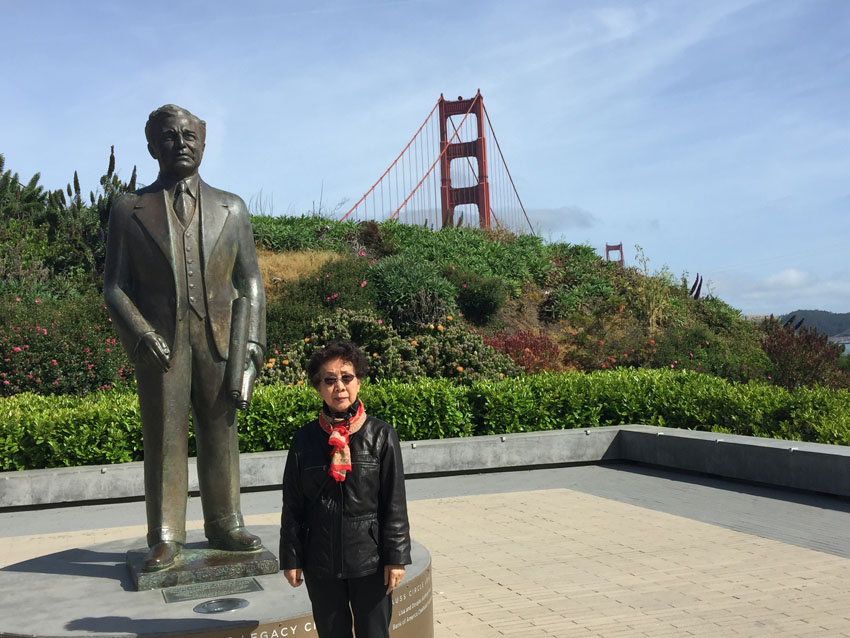
He was born in Cincinnati, Ohio, to an artistic family of Jewish German ancestry, having a mother who was a pianist and a father, Raphael Strauss, who was a writer and painter. His pianist mother had an unfortunate accident which ultimately ended her concert career. He graduated from the University of Cincinnati in 1892. He served as both class poet and president, and is a brother of the Sigma Alpha Epsilon fraternity. Strauss graduated with a degree in civil engineering.
Joseph Strauss had many hobbies. One of these included poetry. After completion of the Golden Gate Bridge he returned to his passion of poetry and wrote his most recognizable poem "The Mighty Task is Done". He also wrote an awe-inspiring poem "The Redwoods". His moving poem "Sequoia" can still be purchased by tourists visiting the California redwoods.
He died in Los Angeles, California, just one year after the Golden Gate's completion. His statue can be seen on the San Francisco side of the bridge. He is interred at Forest Lawn Memorial Park (Glendale) in The Great Mausoleum, Sanctuary of Meditation, Crypt 6281

As Chief engineer of the Golden Gate Bridge in San Francisco, California, Strauss overcame many problems. He had to find funding and support for the bridge from the citizens and the U.S. military. There were also innovations in the way the bridge was constructed. It had to span one of the greatest distances ever spanned, reach heights that hadn't been seen in a bridge, and hold up to the forces of the ocean. He placed a brick from the demolished McMicken Hall at his alma mater, the University of Cincinnati, in the south anchorage before the concrete was poured.
Strauss was concerned with the safety of his workers. He required that a net be installed beneath the Golden Gate Bridge during construction. This net saved a total of 19 lives.
In actuality, Charles Alton Ellis was chiefly responsible for the structural design of the Golden Gate Bridge. Because of a dispute with Strauss, however, Ellis was not recognized for his work when the bridge opened in 1937. A plaque honoring Ellis is set to appear in 2012 for the first time.[
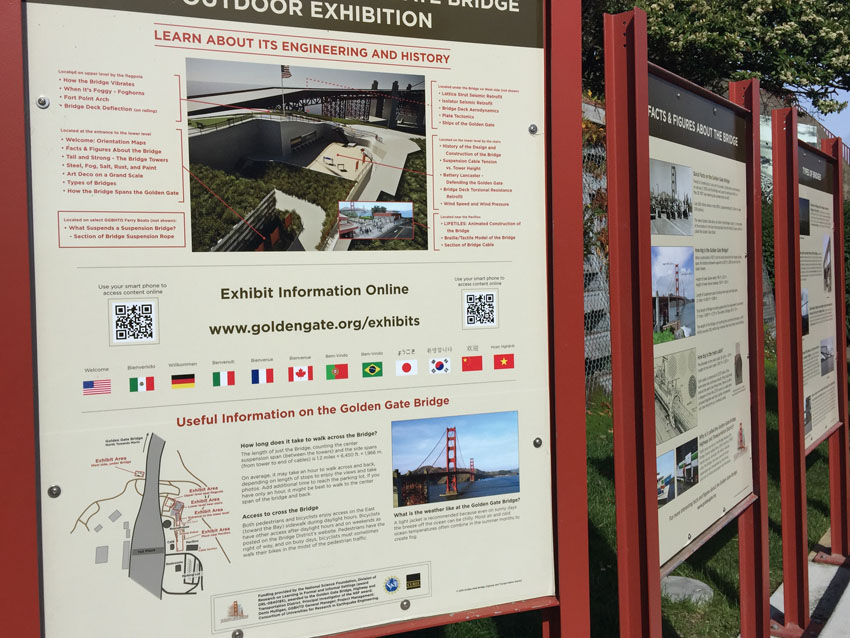
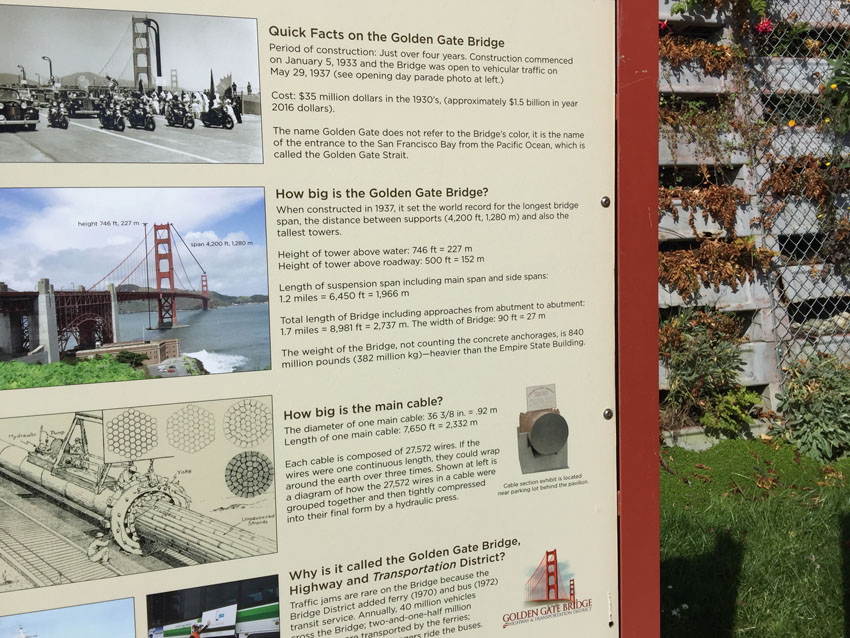
The weight of the roadway is hung from two cables that pass through the two main towers and are fixed in concrete at each end. Each cable is made of 27,572 strands of wire. There are 80,000 miles (130,000 km) of wire in the main cables. The bridge has approximately 1,200,000 total rivets.
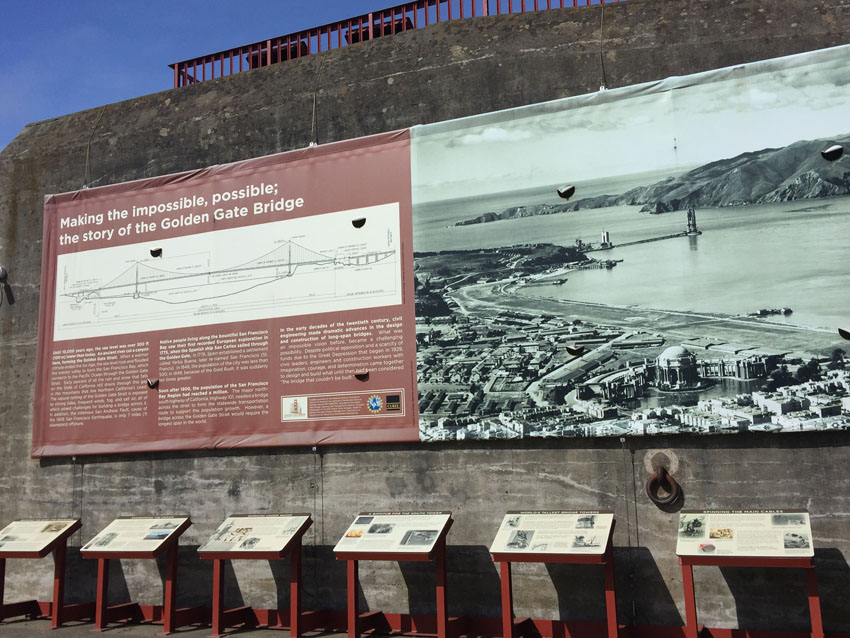
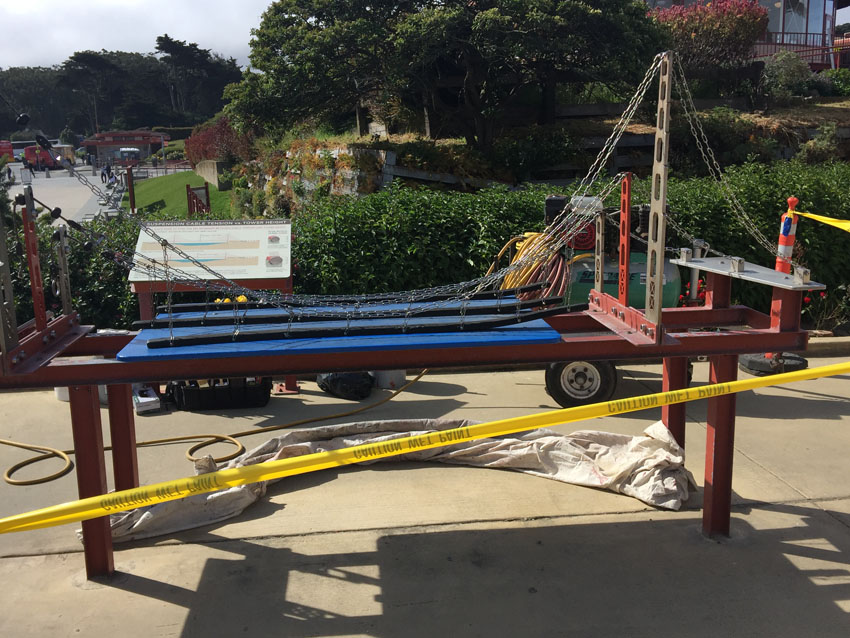
Strauss was chief engineer in charge of overall design and construction of the bridge project. However, because he had little understanding or experience with cable-suspension designs,responsibility for much of the engineering and architecture fell on other experts. Strauss's initial design proposal (two double cantilever spans linked by a central suspension segment) was unacceptable from a visual standpoint. The final graceful suspension design was conceived and championed by Leon Moisseiff, the engineer of the Manhattan Bridge in New York City.

Irving Morrow, a relatively unknown residential architect, designed the overall shape of the bridge towers, the lighting scheme, and Art Deco elements, such as the tower decorations, streetlights, railing, and walkways. The famous International Orange color was originally used as a sealant for the bridge. The US Navy had wanted it to be painted with black and yellow stripes to ensure visibility by passing ships.
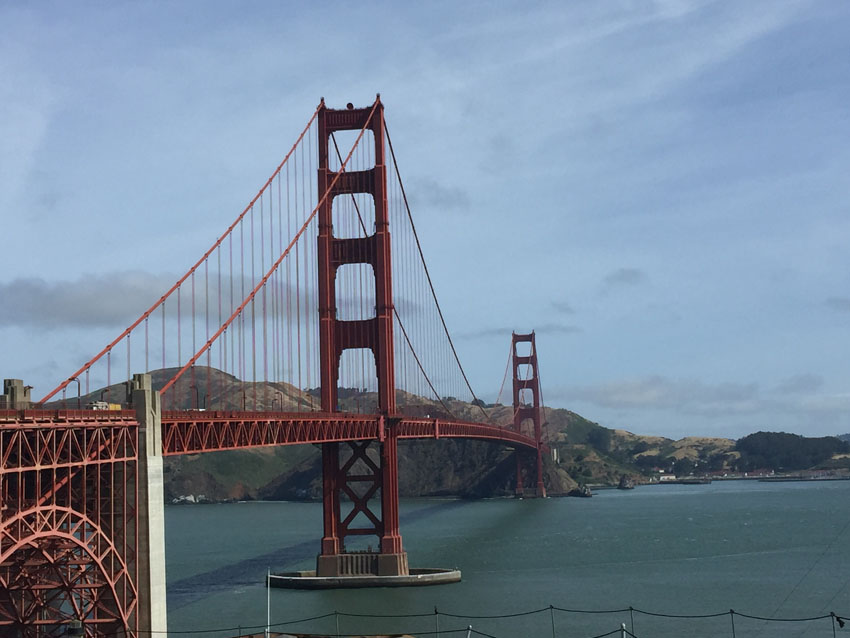
Senior engineer Charles Alton Ellis, collaborating remotely with Moisseiff, was the principal engineer of the project.[24] Moisseiff produced the basic structural design, introducing his "deflection theory" by which a thin, flexible roadway would flex in the wind, greatly reducing stress by transmitting forces via suspension cables to the bridge towers.[24] Although the Golden Gate Bridge design has proved sound, a later Moisseiff design, the original Tacoma Narrows Bridge, collapsed in a strong windstorm soon after it was completed, because of an unexpected aeroelastic flutter.[25] Ellis was also tasked with designing a "bridge within a bridge" in the southern abutment, to avoid the need to demolish Fort Point, a pre-Civil War masonry fortification viewed, even then, as worthy of historic preservation. He penned a graceful steel arch spanning the fort and carrying the roadway to the bridge's southern anchorage.
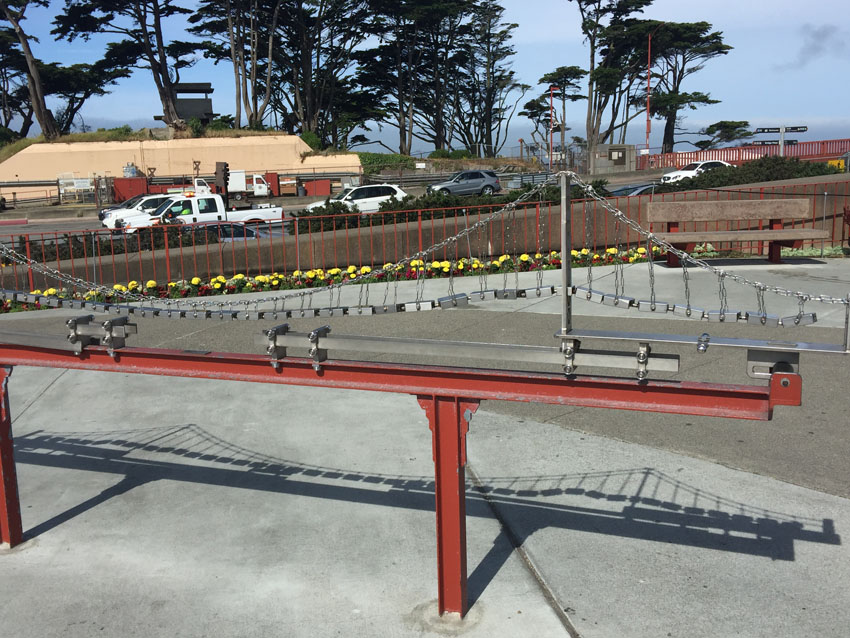
Ellis was a Greek scholar and mathematician who at one time was a University of Illinois professor of engineering despite having no engineering degree. He eventually earned a degree in civil engineering from the University of Illinois prior to designing the Golden Gate Bridge and spent the last twelve years of his career as a professor at Purdue University. He became an expert in structural design, writing the standard textbook of the time. Ellis did much of the technical and theoretical work that built the bridge, but he received none of the credit in his lifetime. In November 1931, Strauss fired Ellis and replaced him with a former subordinate, Clifford Paine, ostensibly for wasting too much money sending telegrams back and forth to Moisseiff. Ellis, obsessed with the project and unable to find work elsewhere during the Depression, continued working 70 hours per week on an unpaid basis, eventually turning in ten volumes of hand calculations.
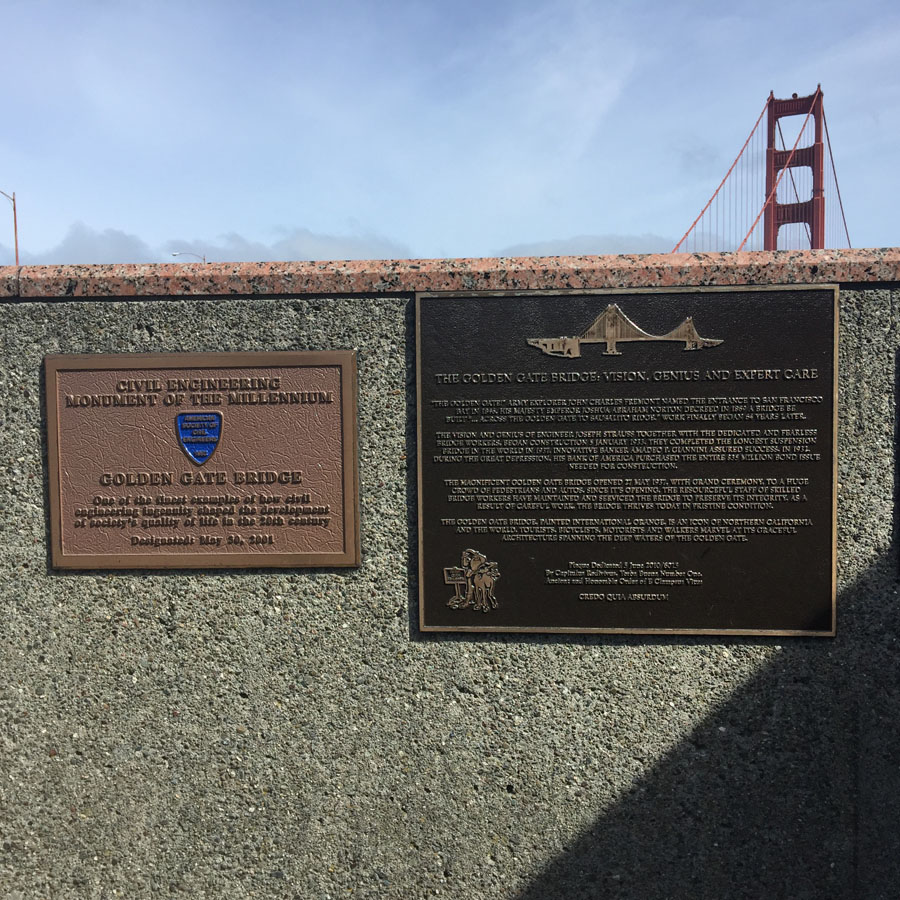
With an eye toward self-promotion and posterity, Strauss downplayed the contributions of his collaborators who, despite receiving little recognition or compensation, are largely responsible for the final form of the bridge. He succeeded in having himself credited as the person most responsible for the design and vision of the bridge. Only much later were the contributions of the others on the design team properly appreciated. In May 2007, the Golden Gate Bridge District issued a formal report on 70 years of stewardship of the famous bridge and decided to give Ellis major credit for the design of the bridge.
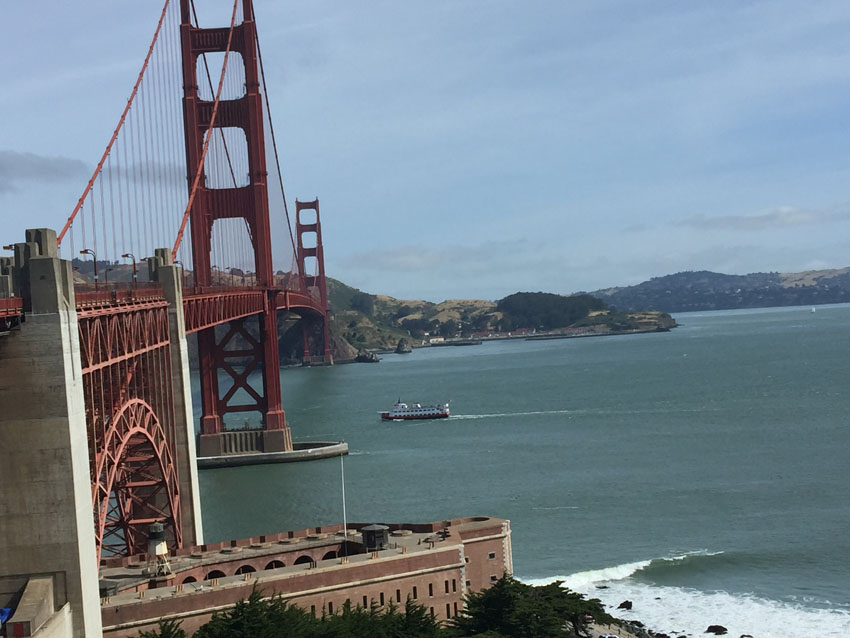
Golden Gate Bridge
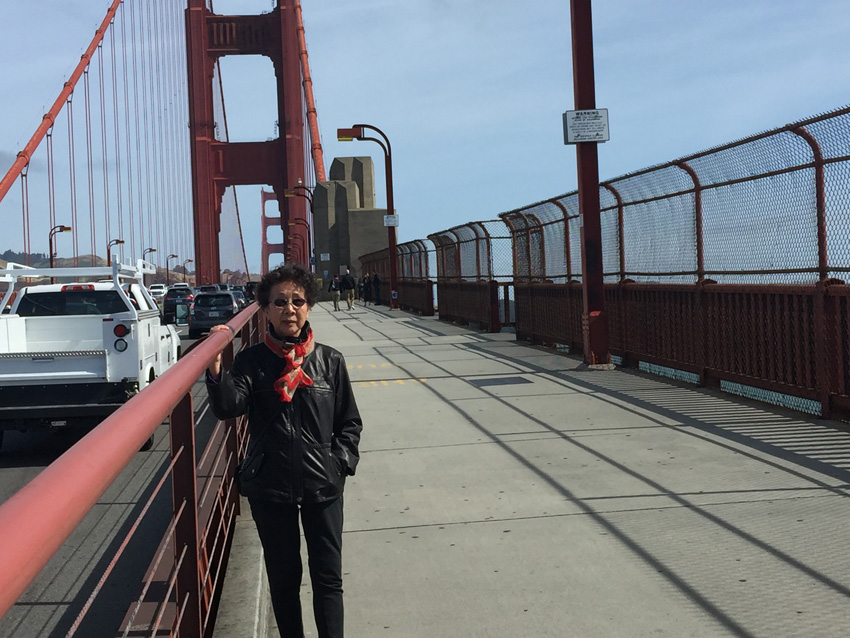
Golden Gate Bridge

Golden Gate Bridge

Golden Gate Bridge
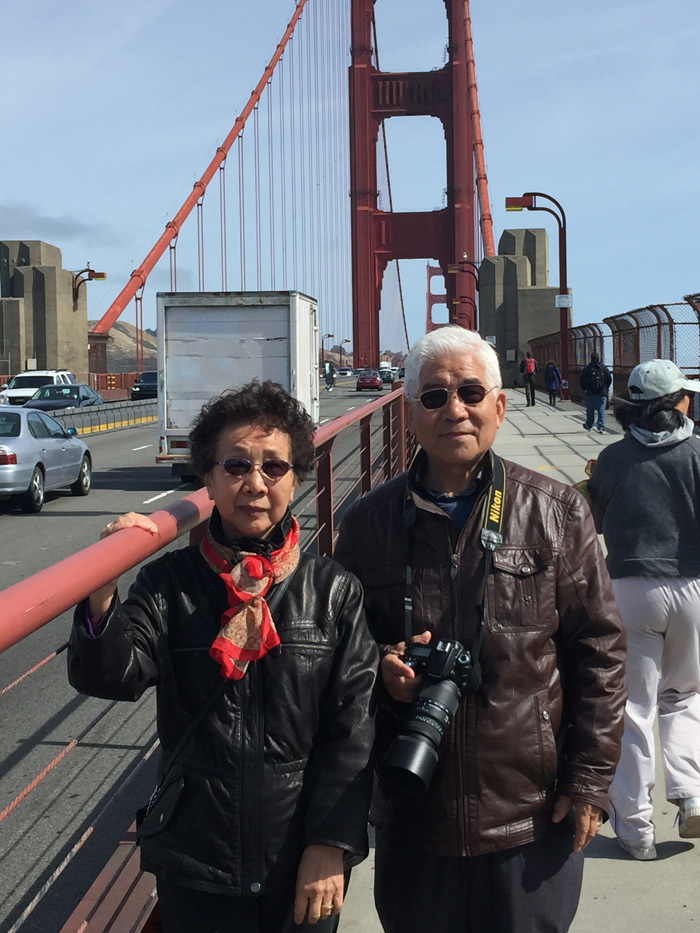
Golden Gate Bridge
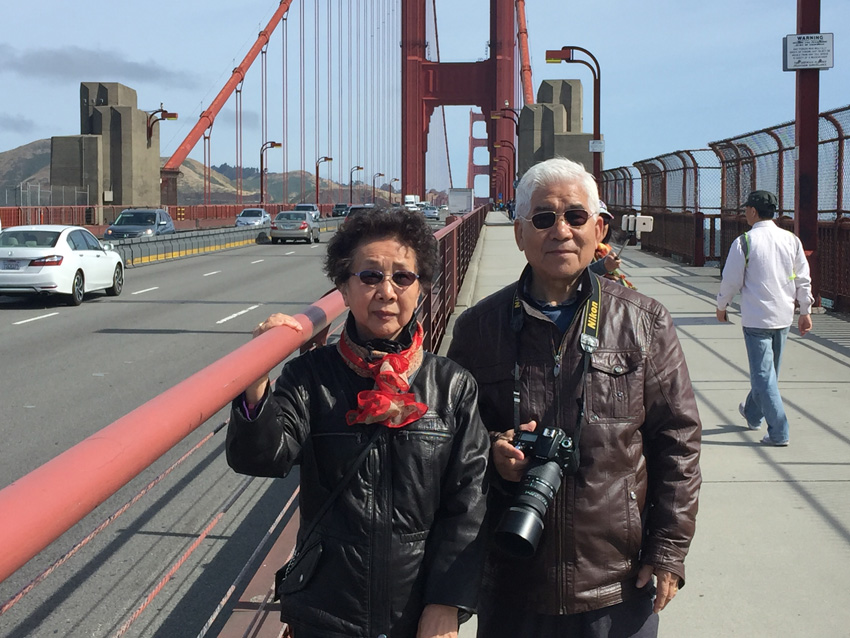
Golden Gate Bridge
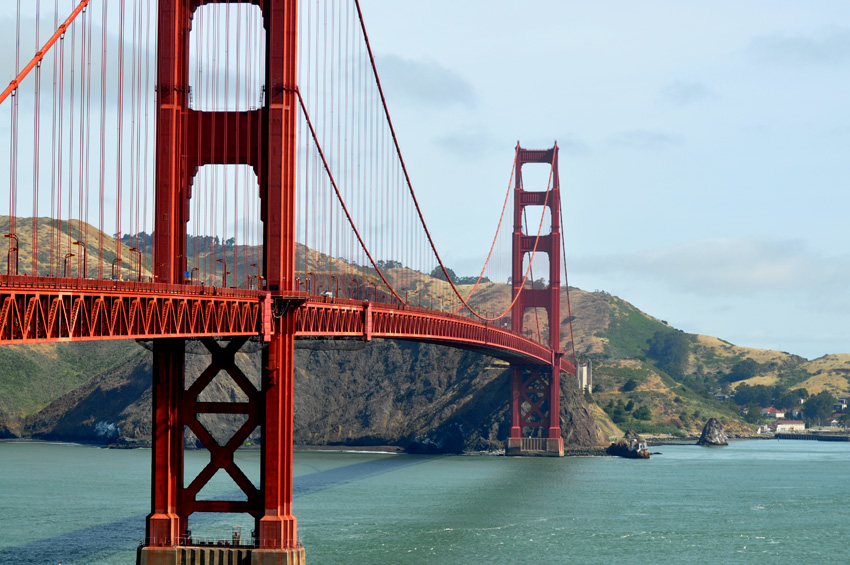
Golden Gate Bridge
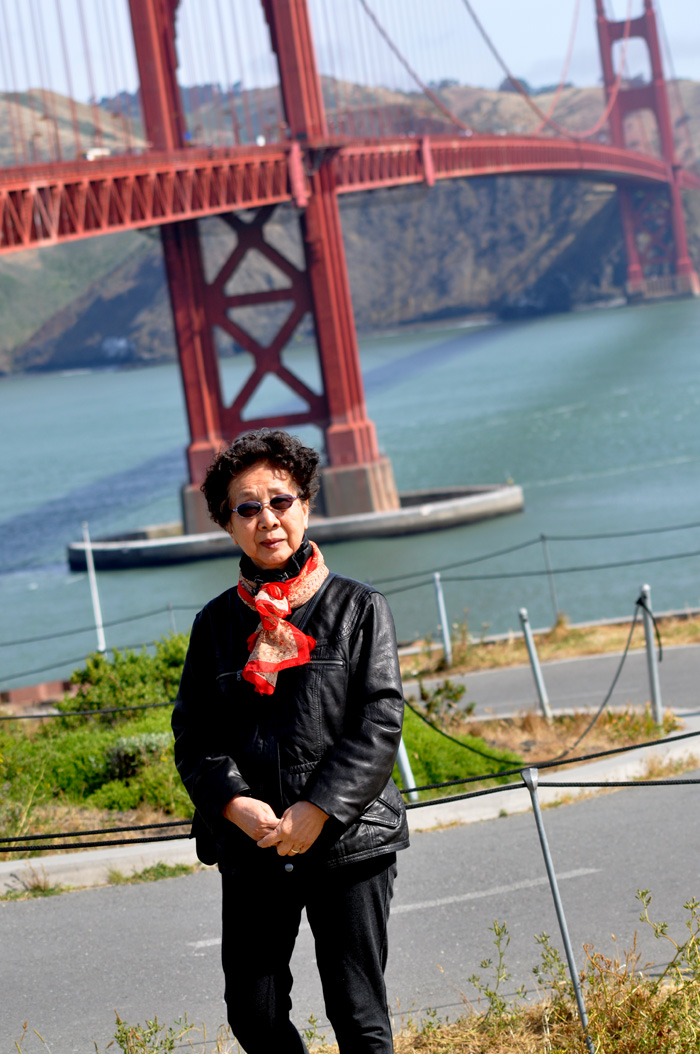
Golden Gate Bridge
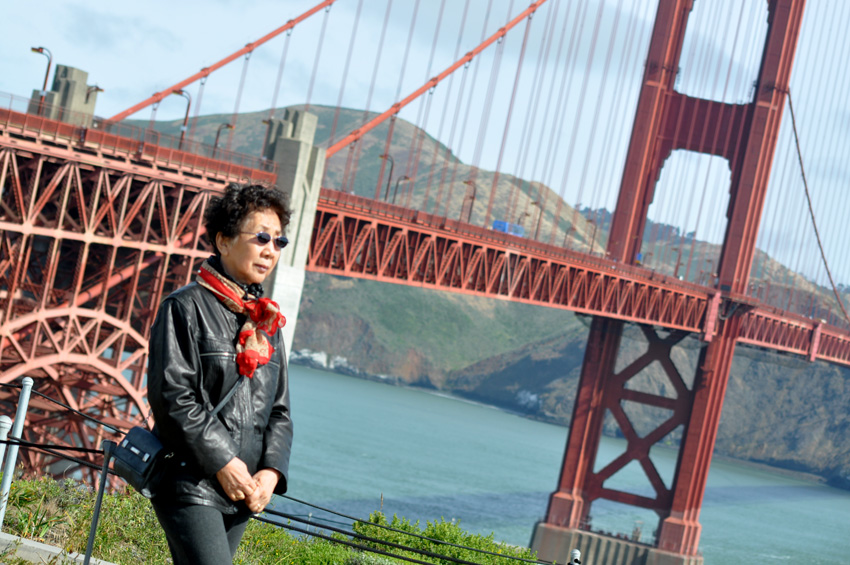
Golden Gate Bridge
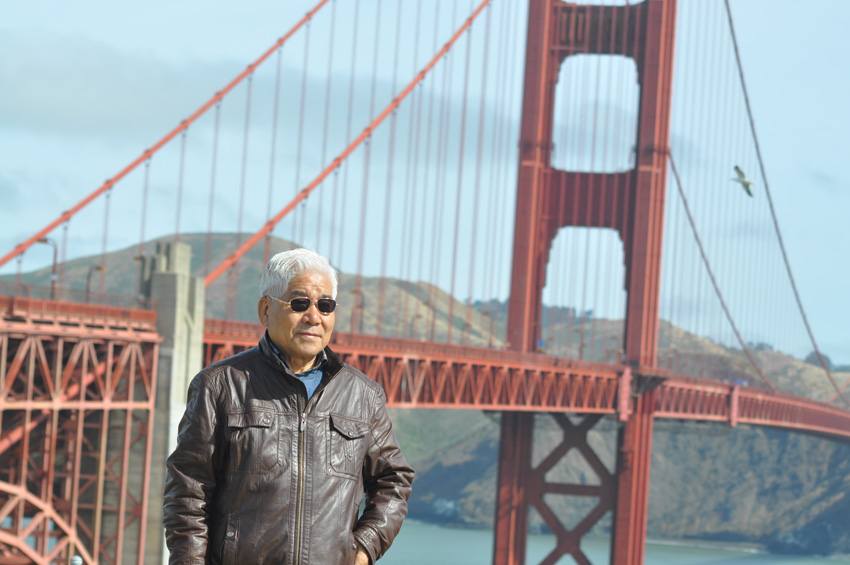
Golden Gate Bridge
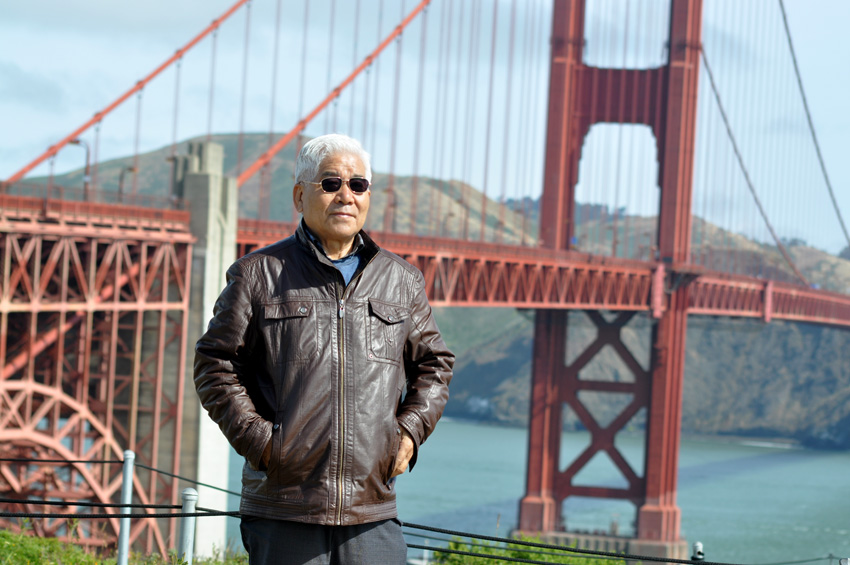
Golden Gate Bridge
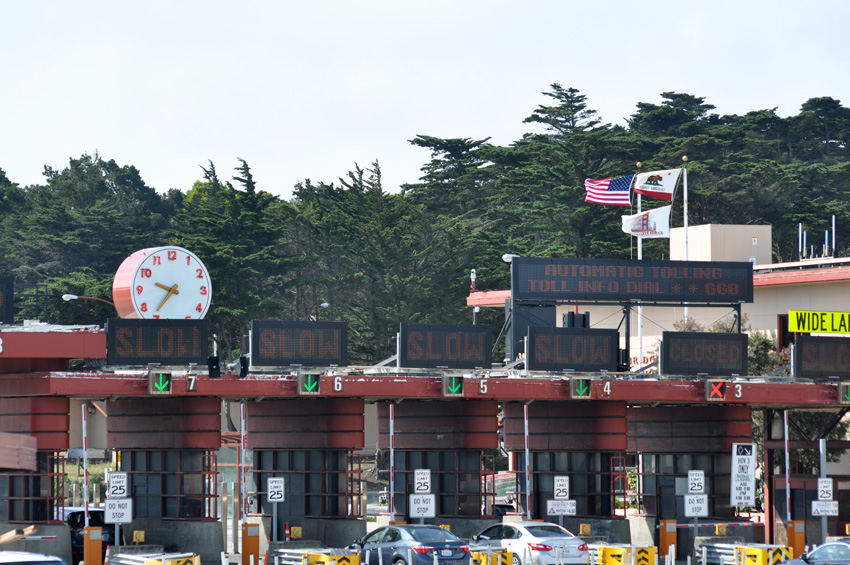
Golden Gate Bridge
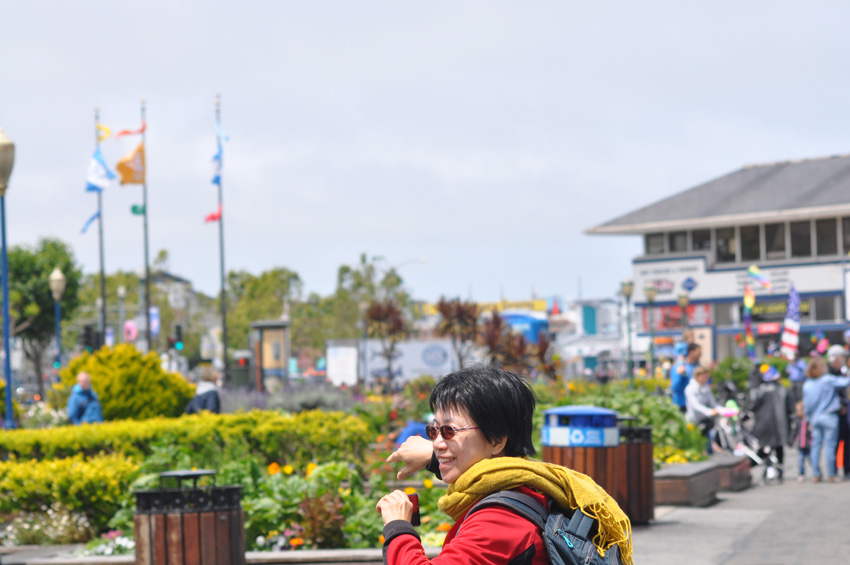
Pier 39, San Francisco
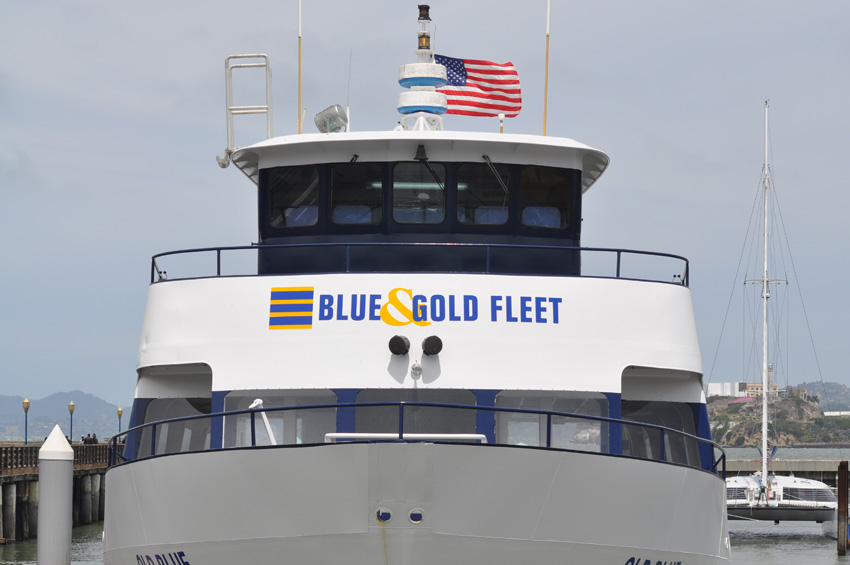
Pier 39, San Francisco
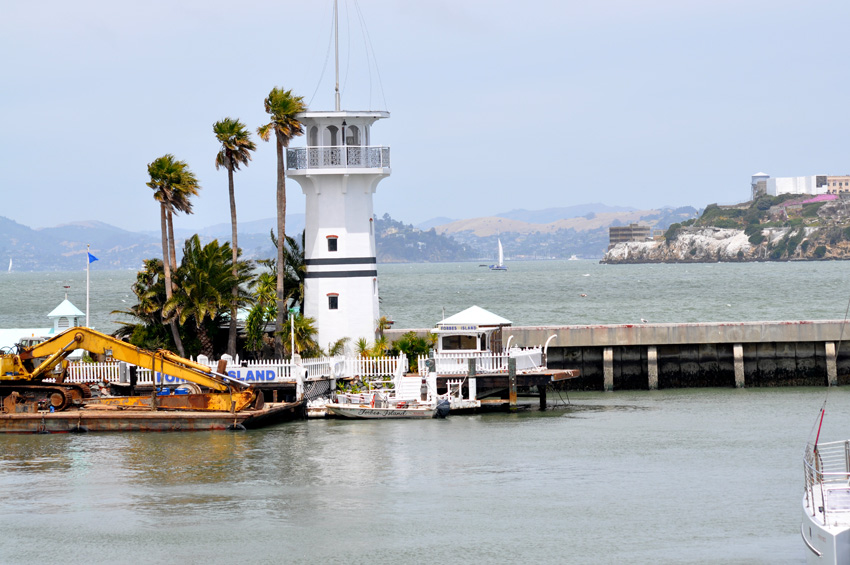
Pier 39, San Francisco

Pier 39, San Francisco
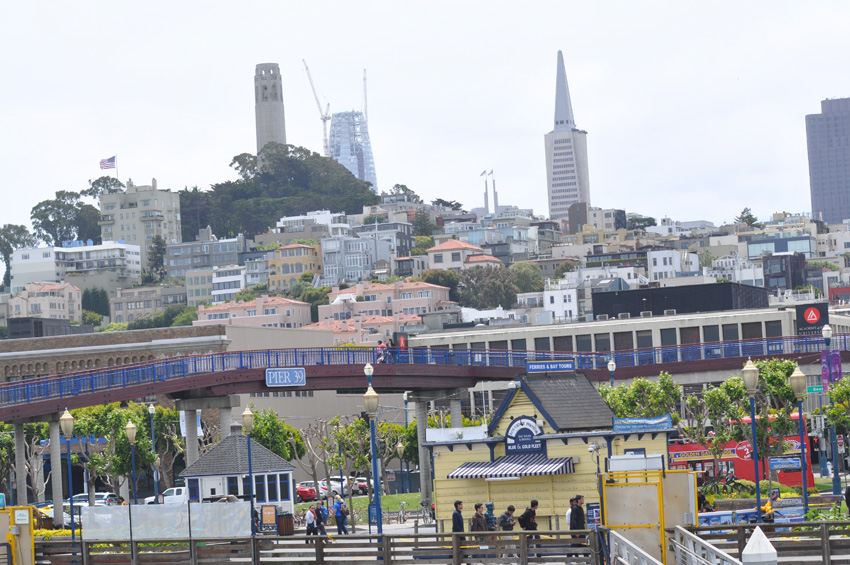
Pier 39, San Francisco

Pier 39, San Francisco

Pier 39, San Francisco
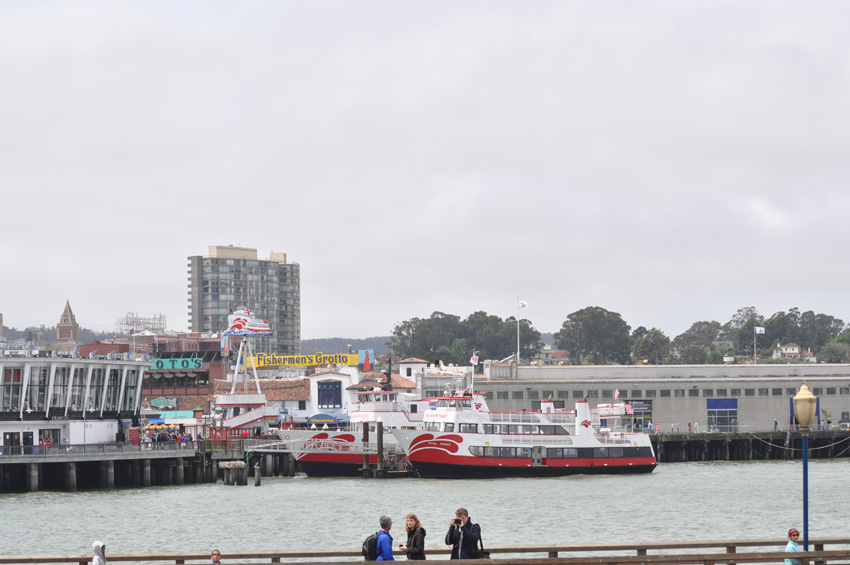
Pier 39, San Francisco
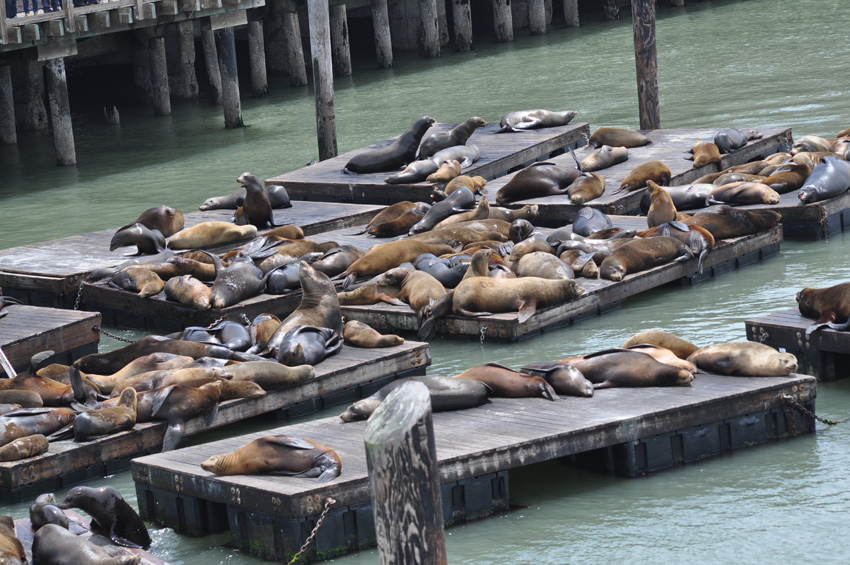
Sea lions in Pier 39, San Francisco

Sea lions in Pier 39, San Francisco
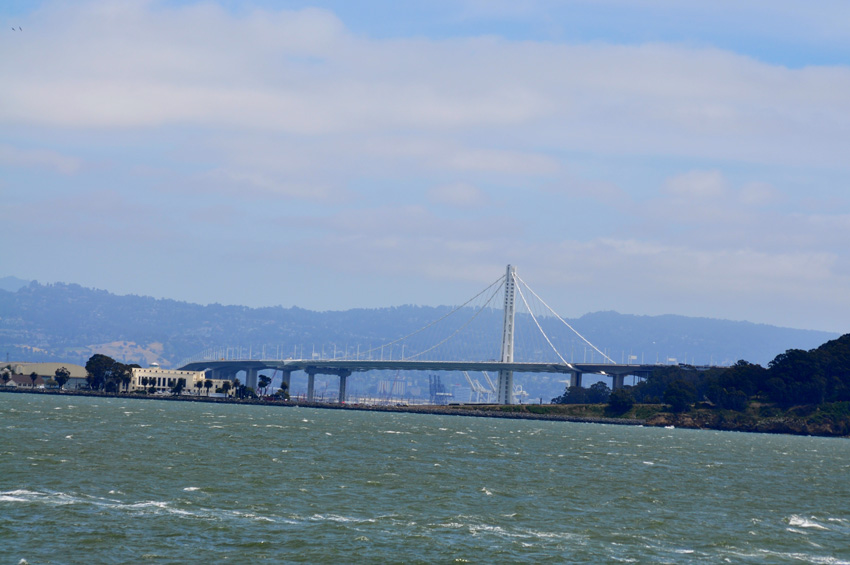
Pier 39, San Francisco乘游轮所见

Pier 39, San Francisco乘游轮所见
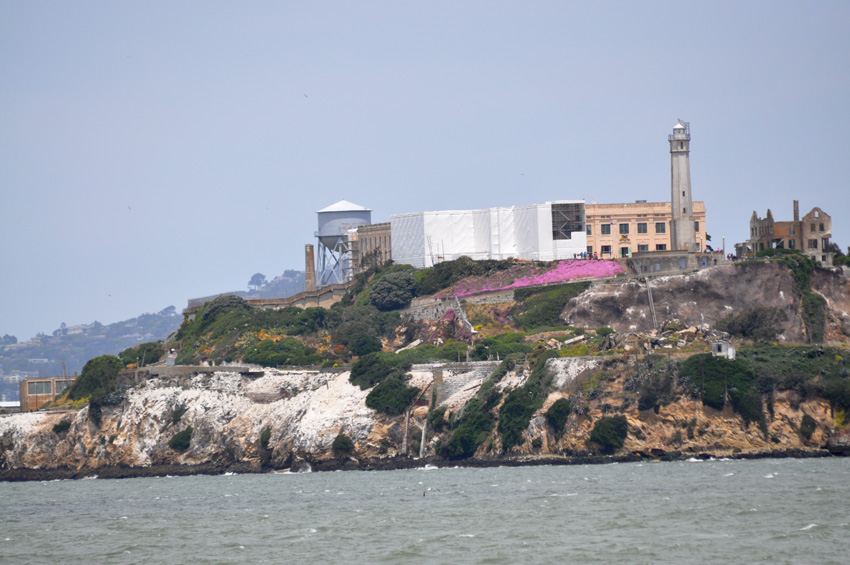
Pier 39, San Francisco乘游轮所见
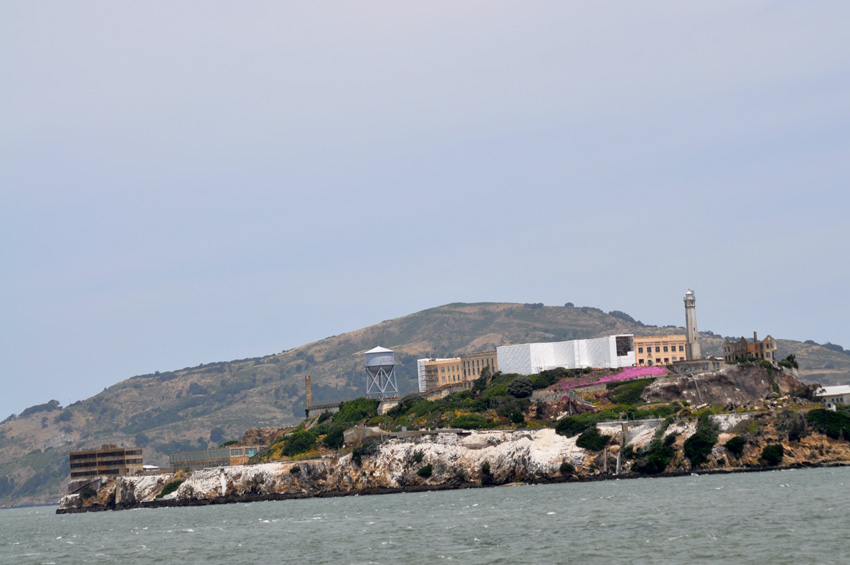
Pier 39, San Francisco乘游轮所见
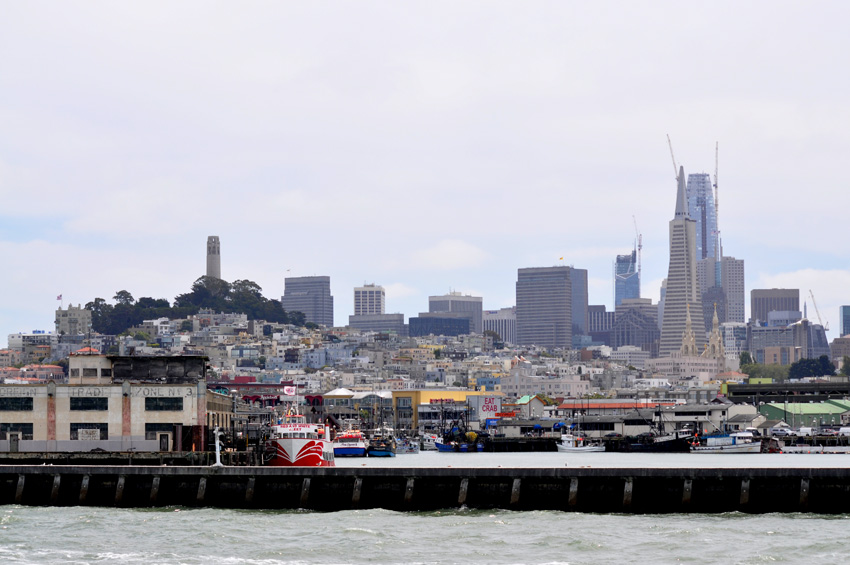
Pier 39, San Francisco乘游轮所见
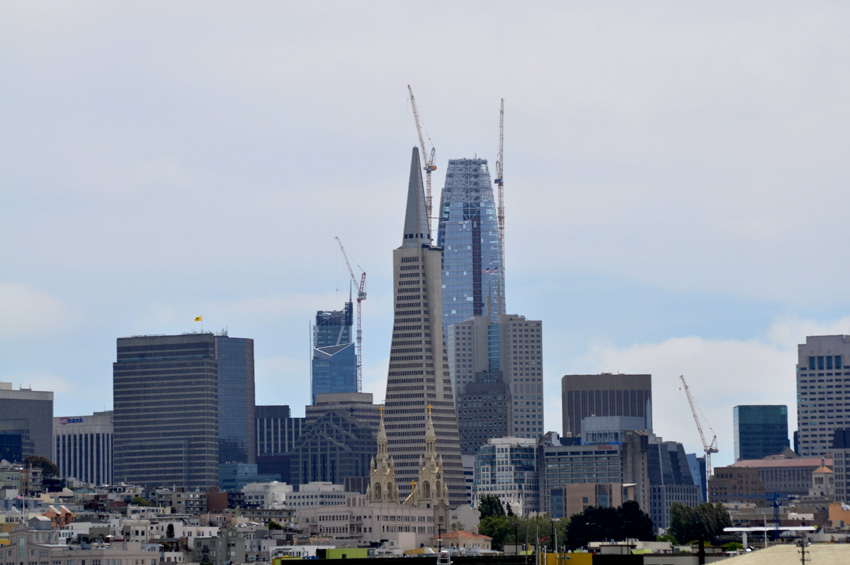
Pier 39, San Francisco乘游轮所见
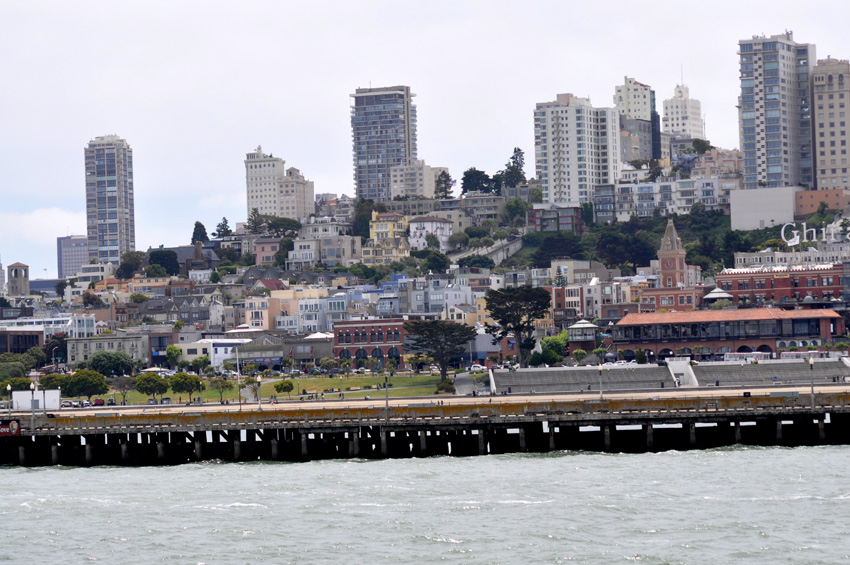
Pier 39, San Francisco乘游轮所见
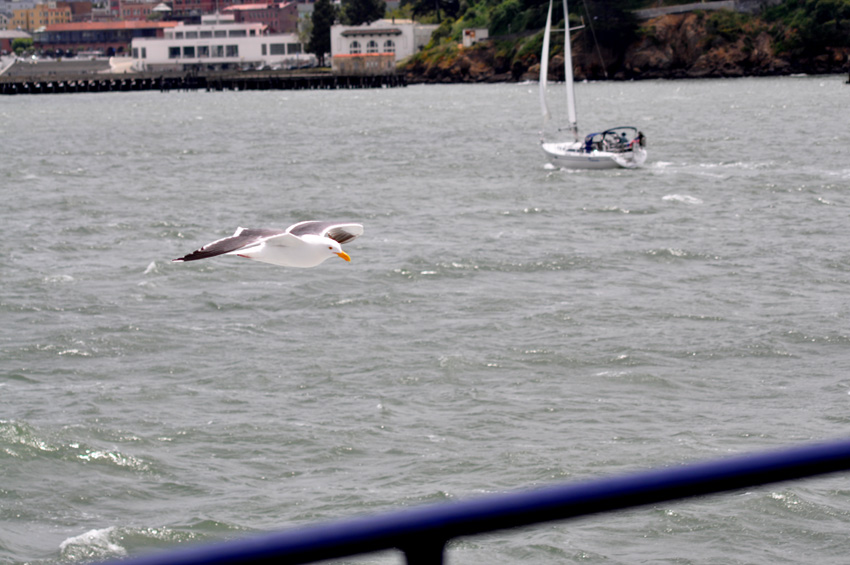
Pier 39, San Francisco乘游轮所见
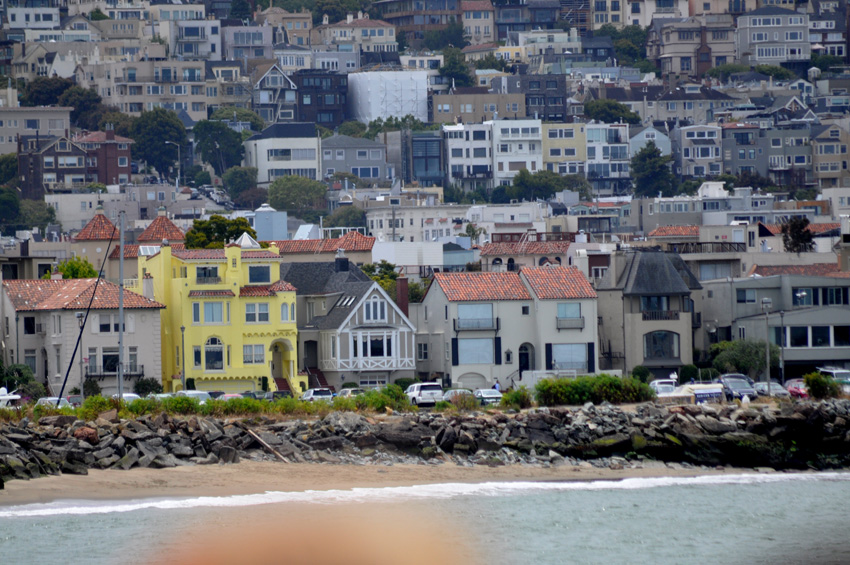
Pier 39, San Francisco乘游轮所见

Pier 39, San Francisco乘游轮所见
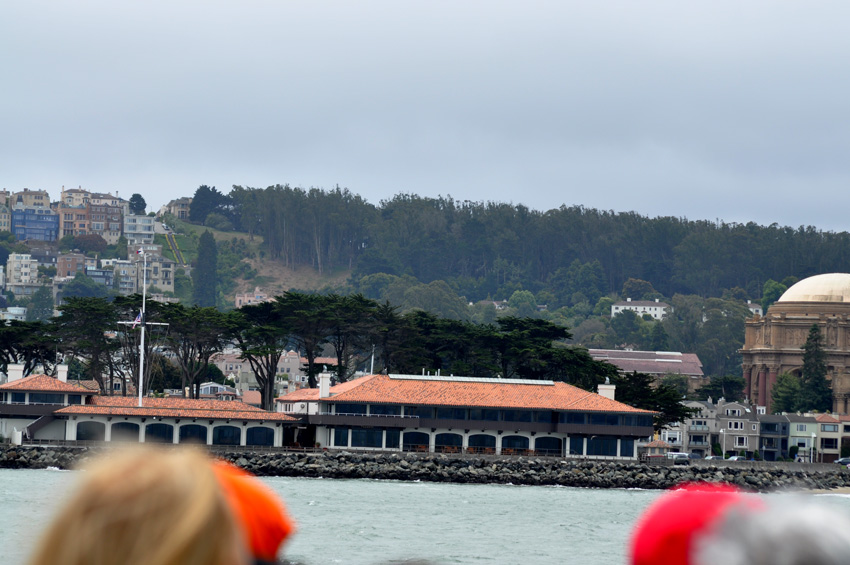
Pier 39, San Francisco乘游轮所见
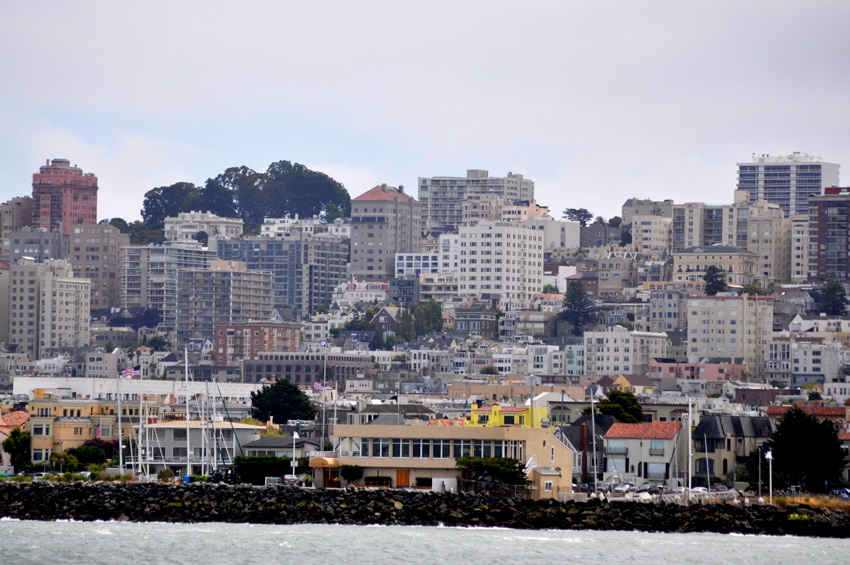
Pier 39, San Francisco乘游轮所见
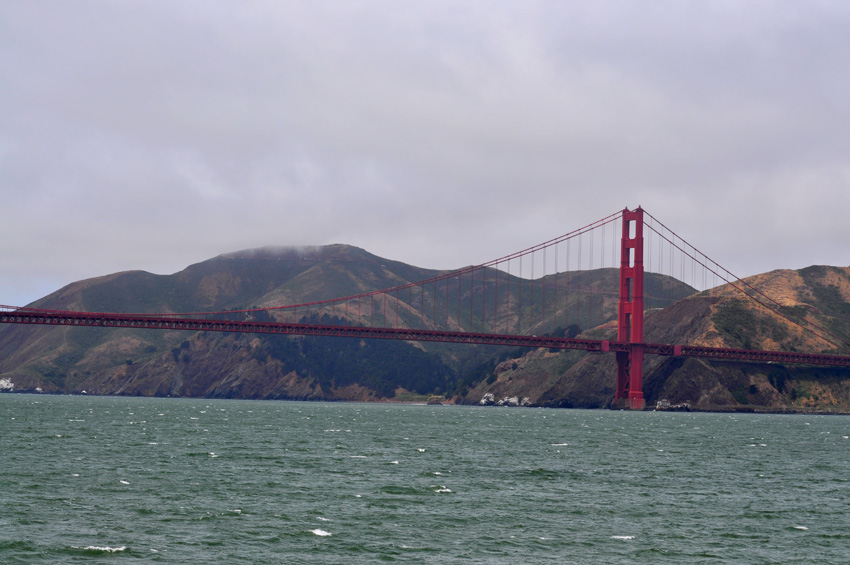
Pier 39, San Francisco乘游轮所见
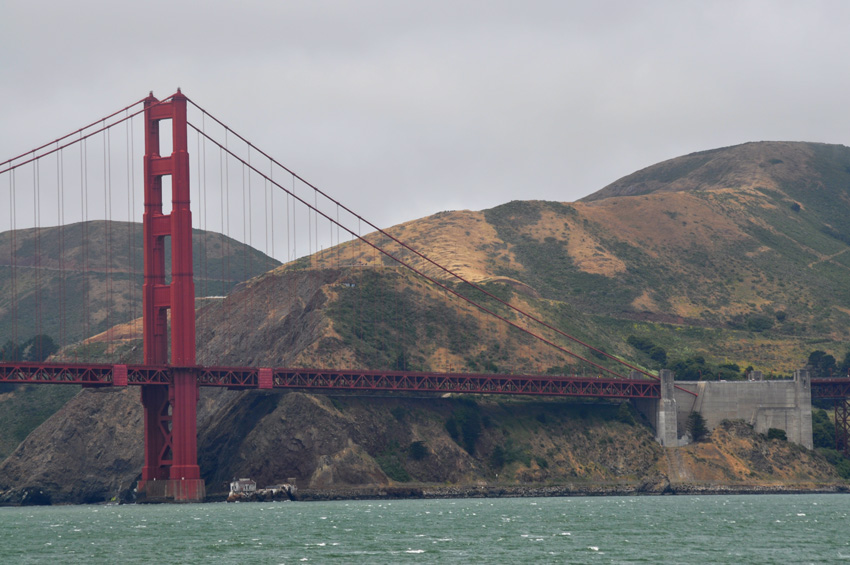
Pier 39, San Francisco乘游轮所见
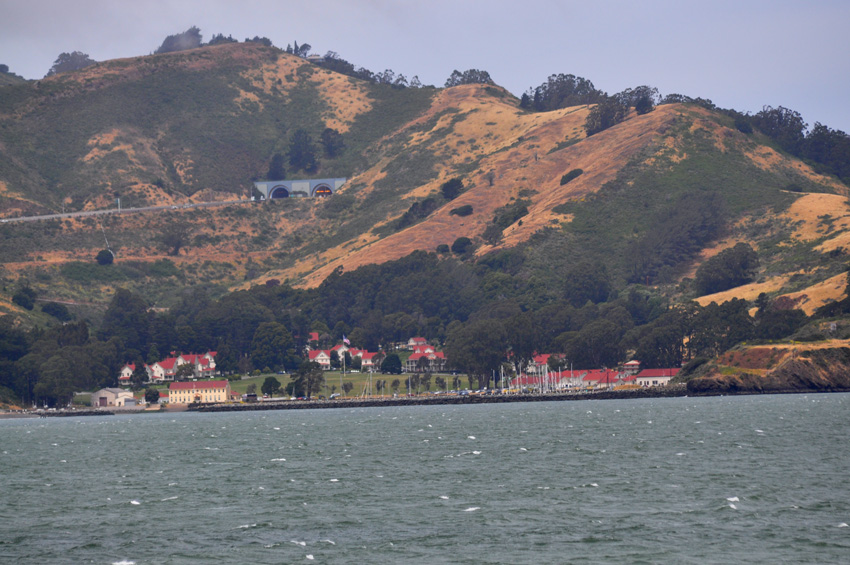
Pier 39, San Francisco乘游轮所见
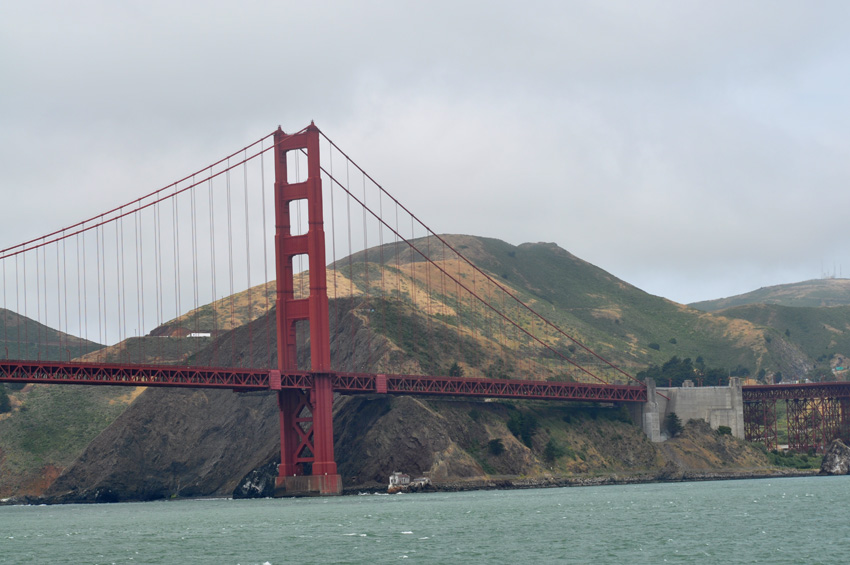
Pier 39, San Francisco乘游轮所见
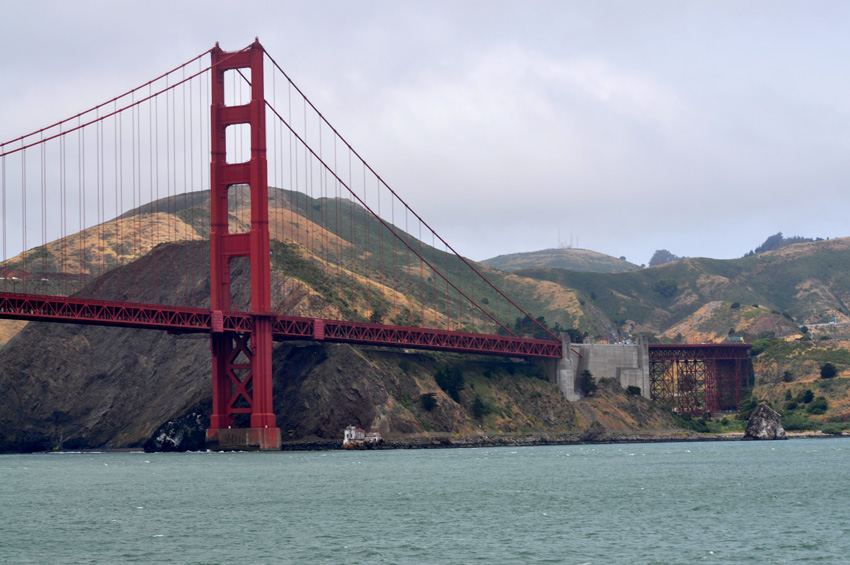
Pier 39, San Francisco乘游轮所见
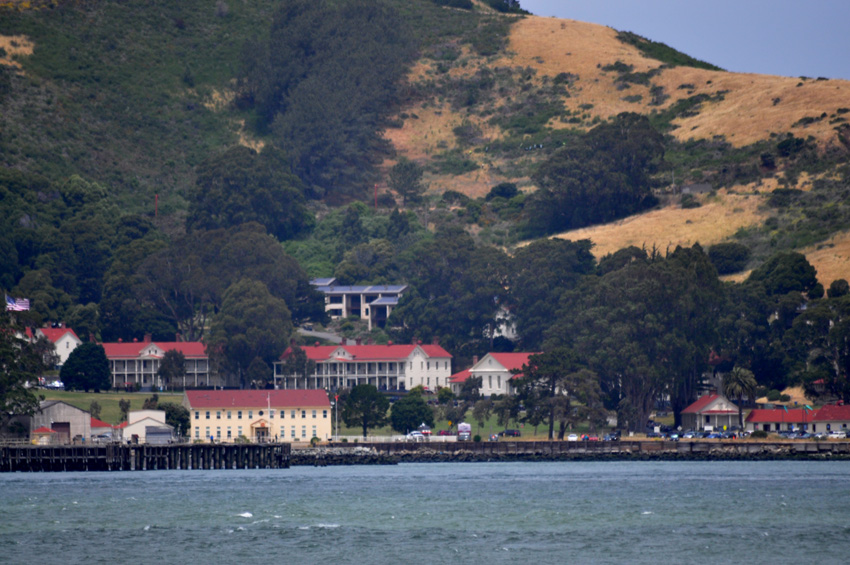
Pier 39, San Francisco乘游轮所见
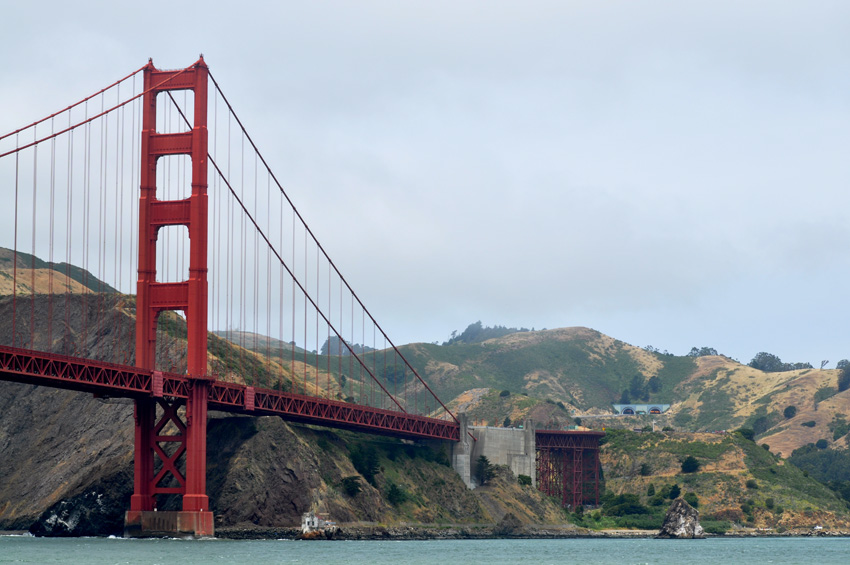
Pier 39, San Francisco乘游轮所见
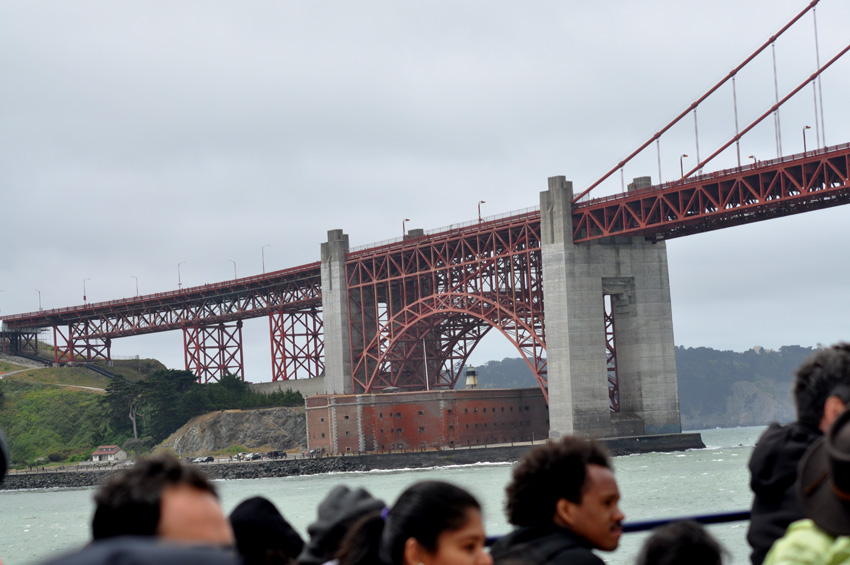
Pier 39, San Francisco乘游轮所见
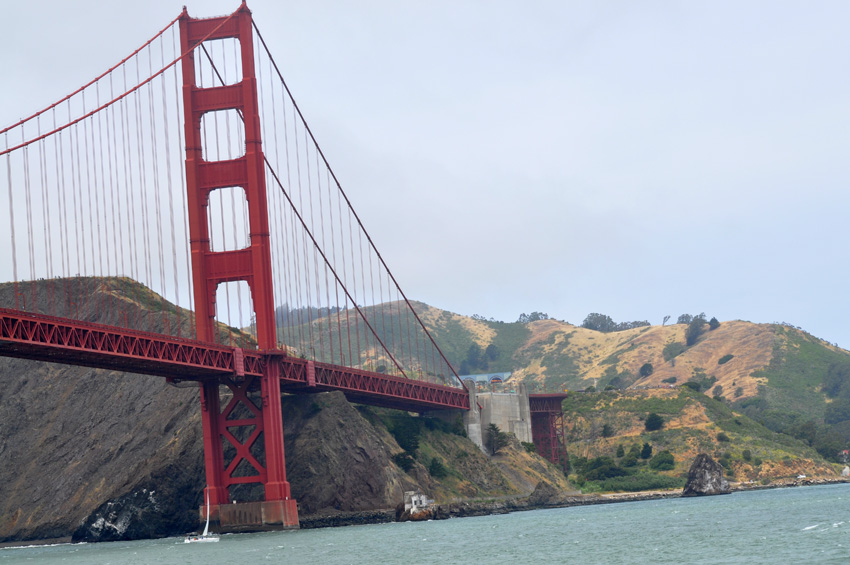
Pier 39, San Francisco乘游轮所见
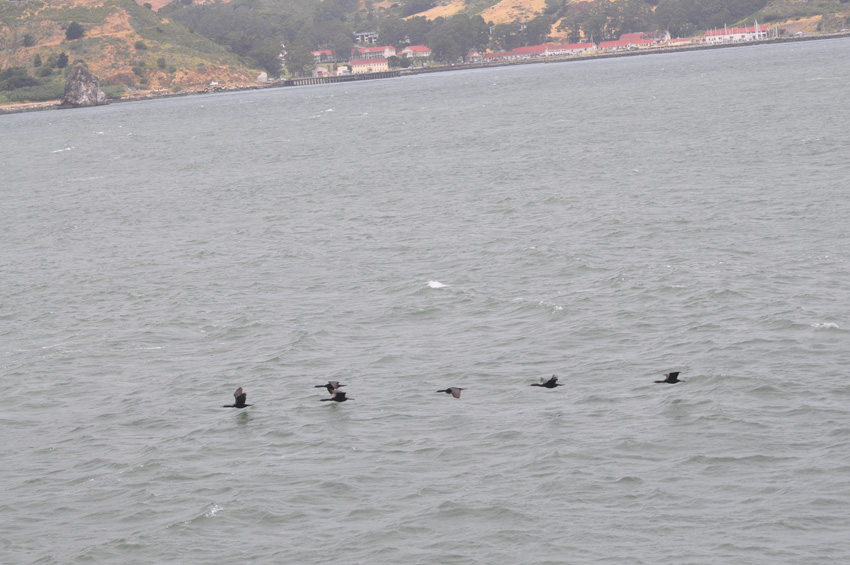
Pier 39, San Francisco乘游轮所见
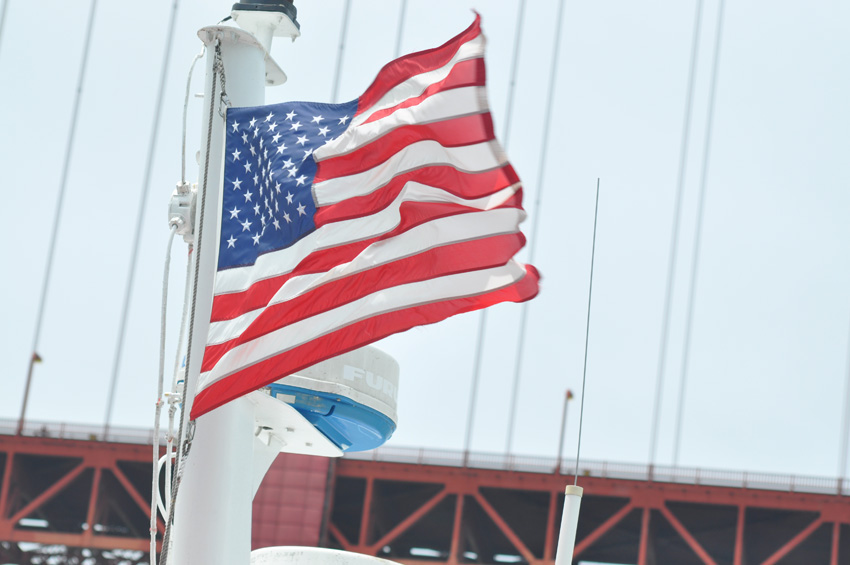
Pier 39, San Francisco乘游轮所见
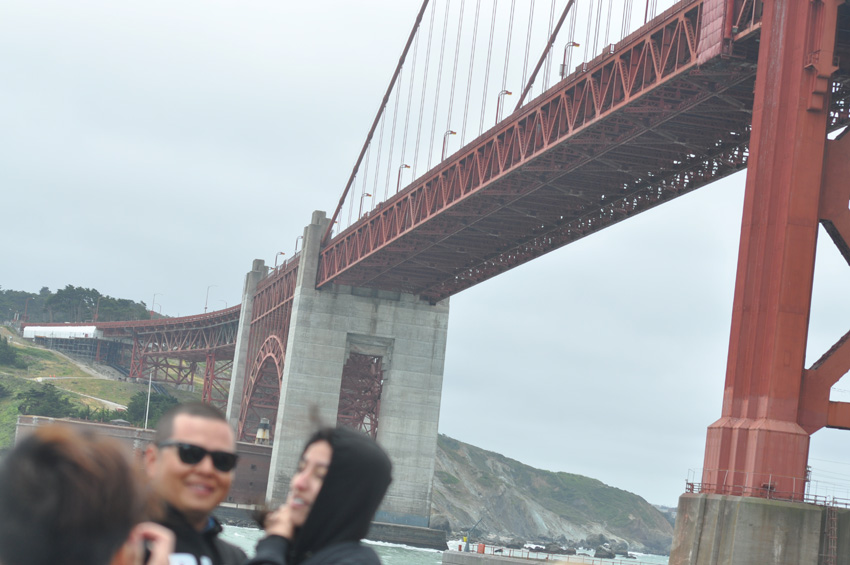
Pier 39, San Francisco乘游轮所见
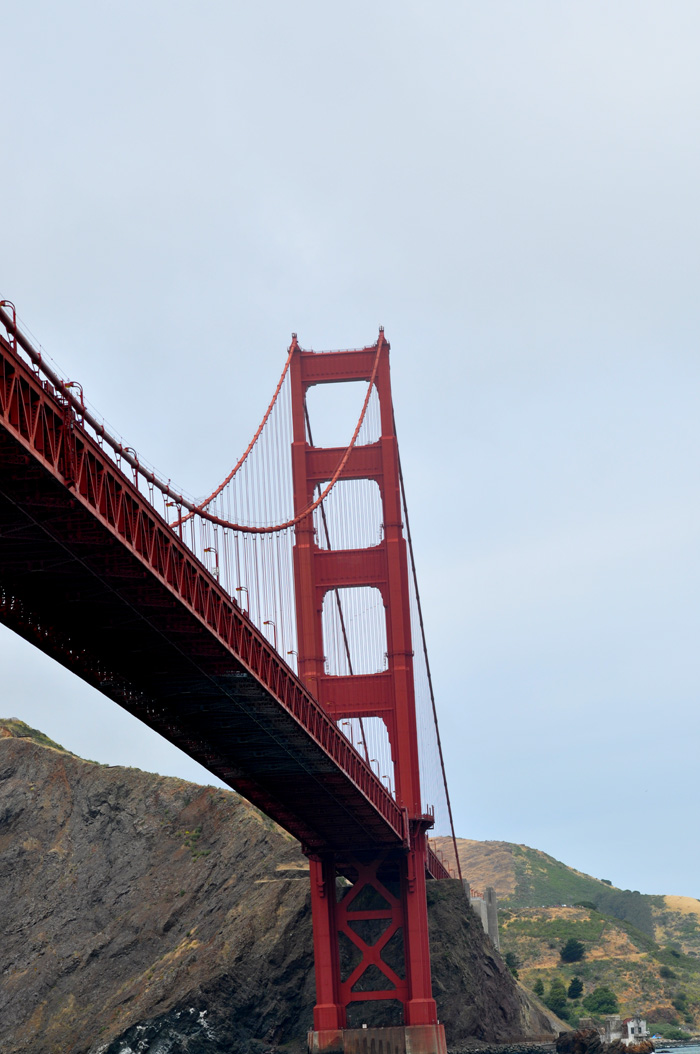
Pier 39, San Francisco乘游轮所见

Pier 39, San Francisco乘游轮所见

Pier 39, San Francisco乘游轮所见
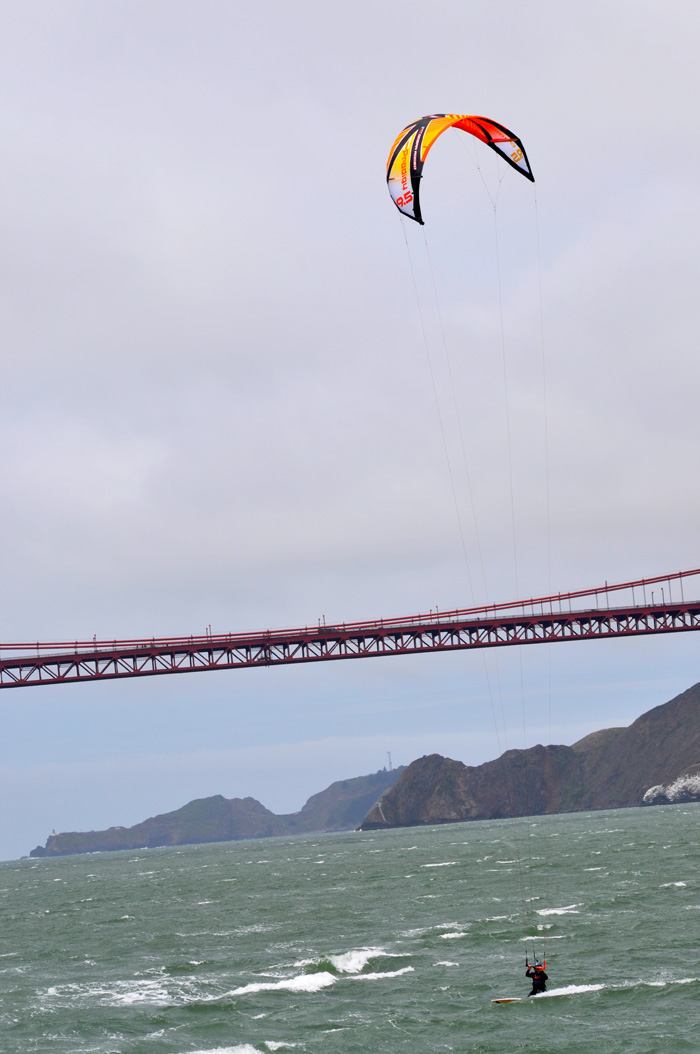
Pier 39, San Francisco乘游轮所见

Pier 39, San Francisco乘游轮所见
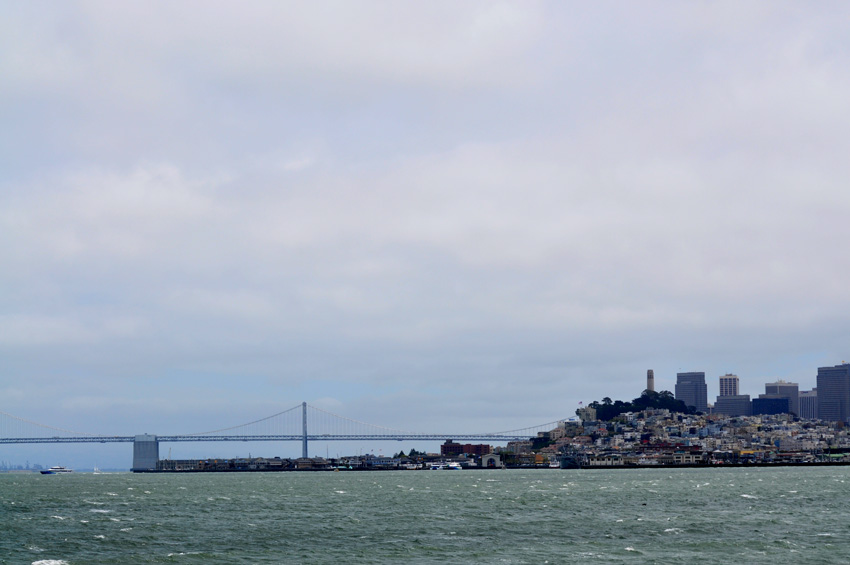
Pier 39, San Francisco乘游轮所见
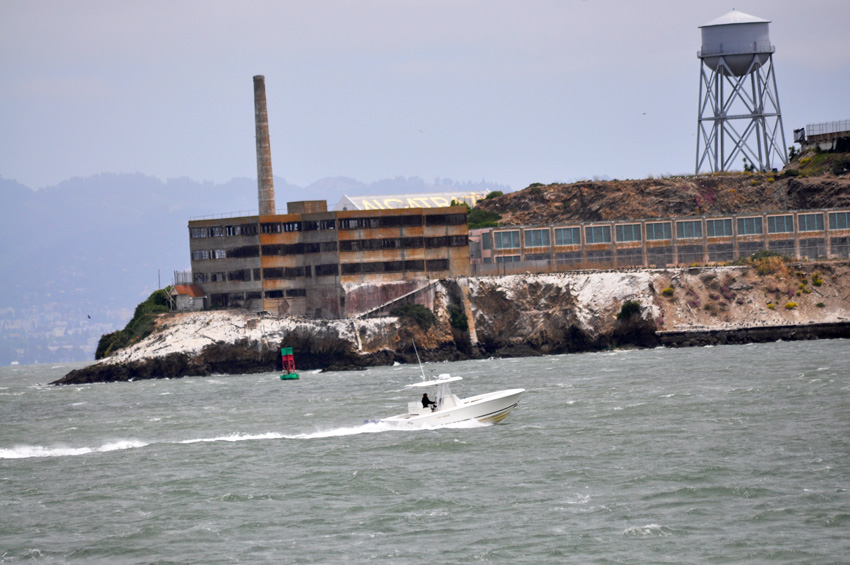
Pier 39, San Francisco乘游轮所见
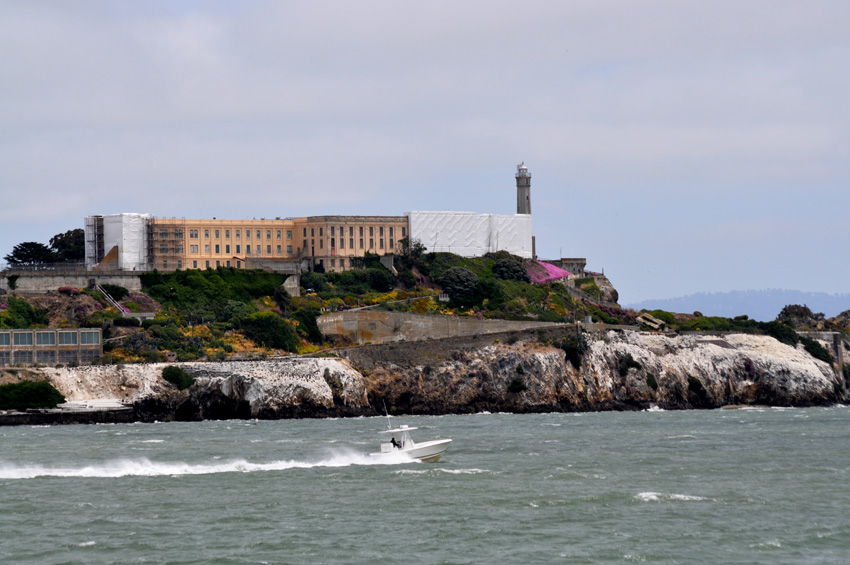
Pier 39, San Francisco乘游轮所见
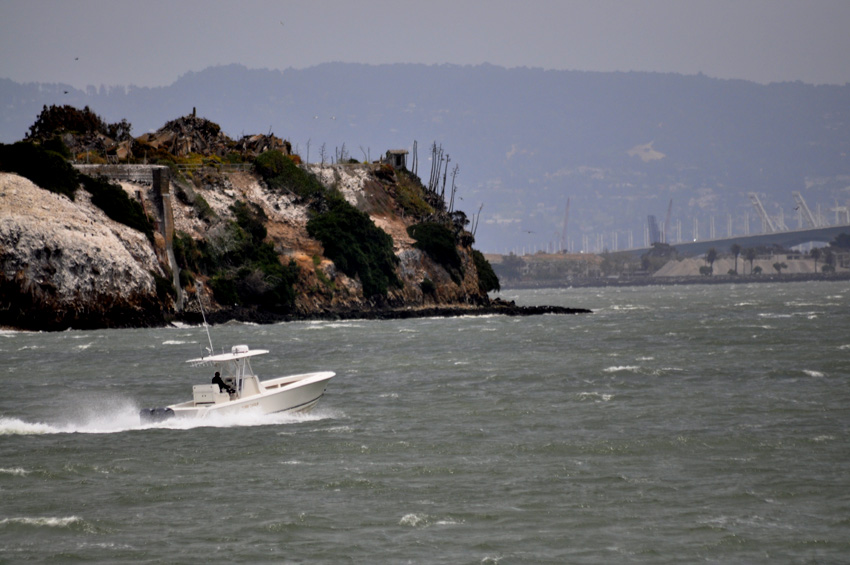
Pier 39, San Francisco乘游轮所见
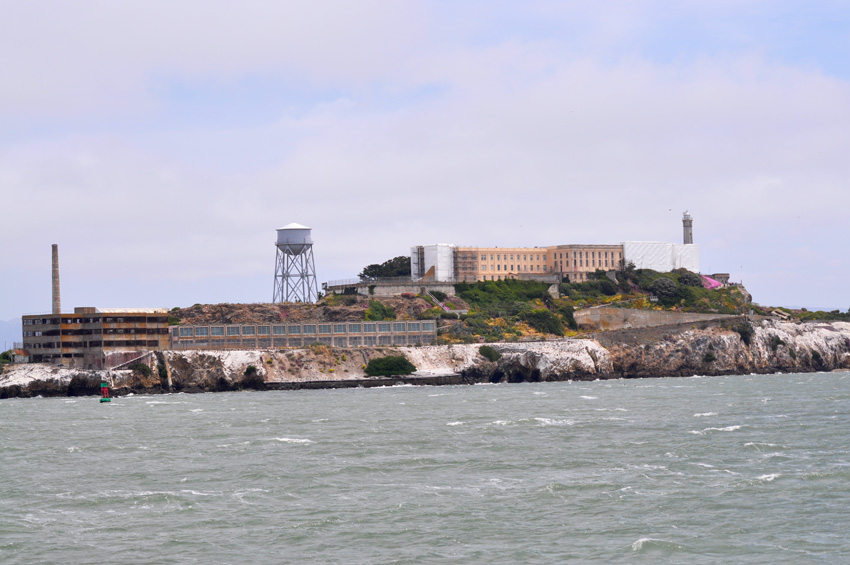
Pier 39, San Francisco乘游轮所见
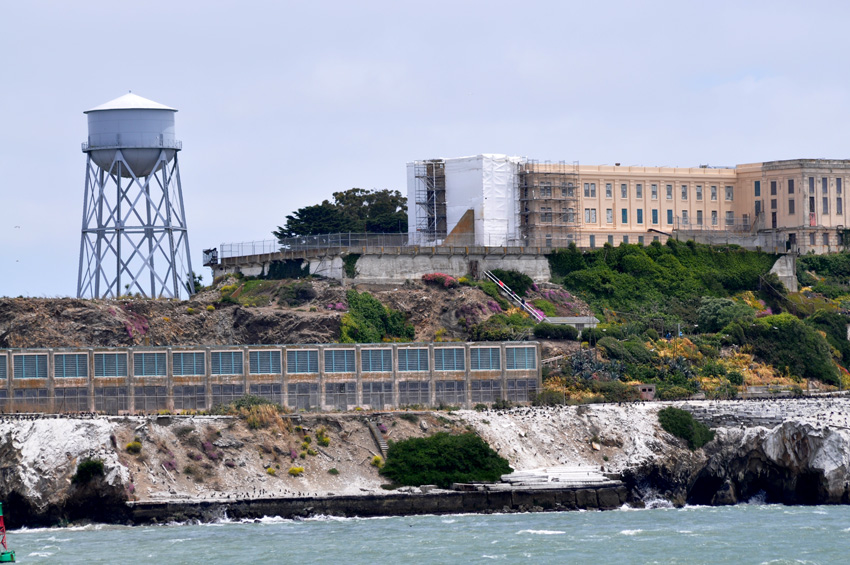
Pier 39, San Francisco乘游轮所见
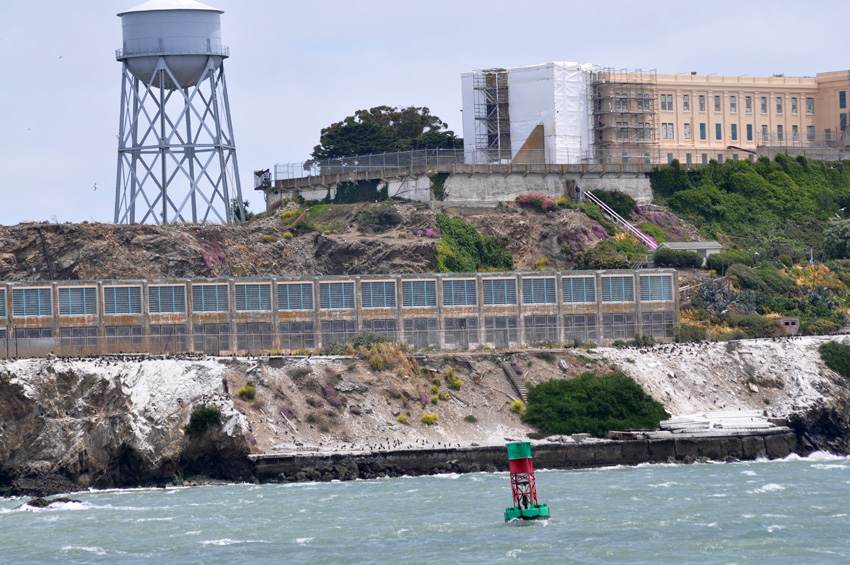
Pier 39, San Francisco乘游轮所见
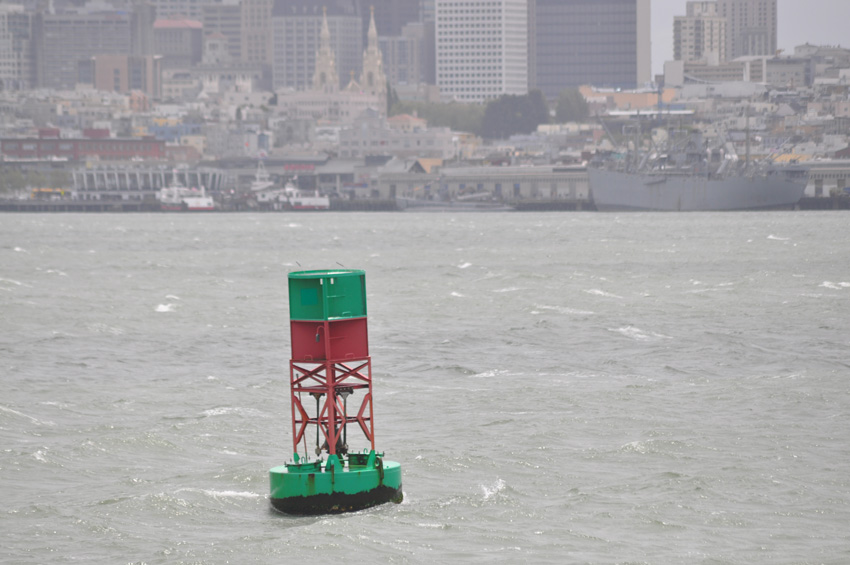
Pier 39, San Francisco乘游轮所见
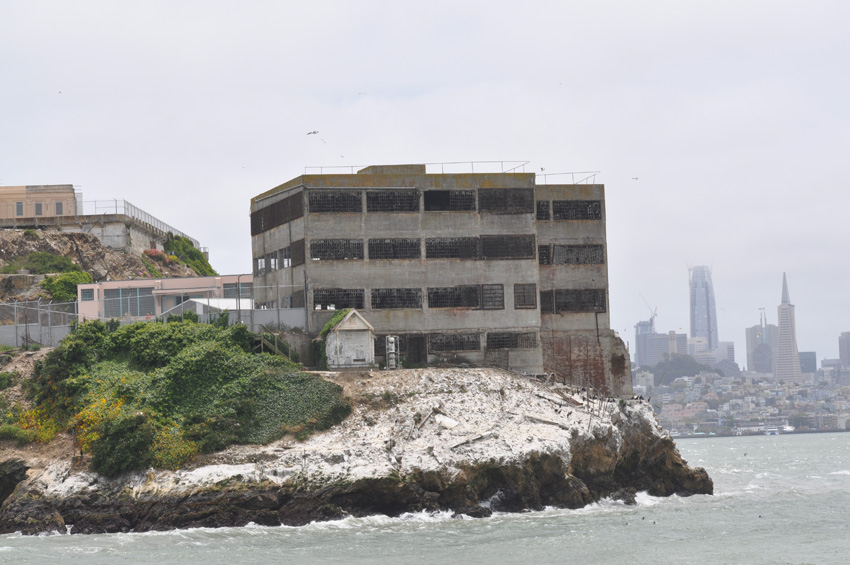
Pier 39, San Francisco乘游轮所见
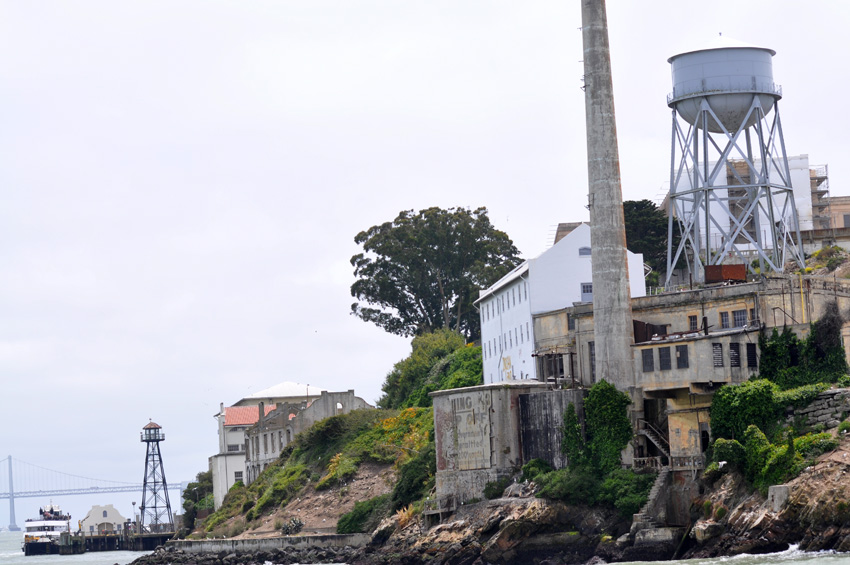
Pier 39, San Francisco乘游轮所见
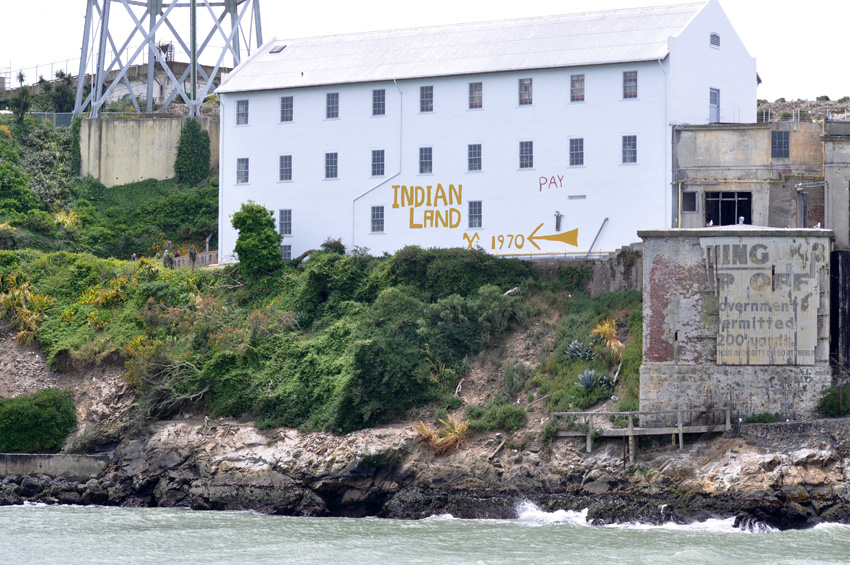
Pier 39, San Francisco乘游轮所见

Pier 39, San Francisco乘游轮所见
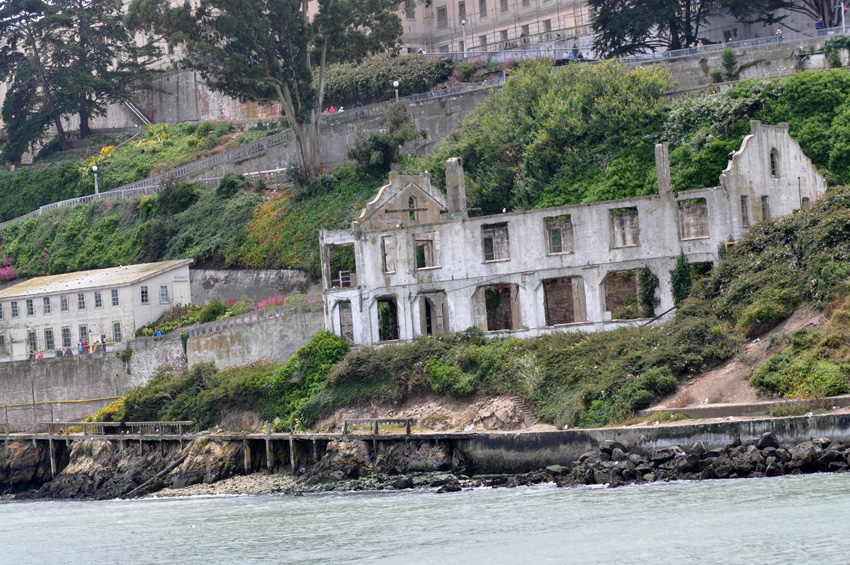
Pier 39, San Francisco乘游轮所见
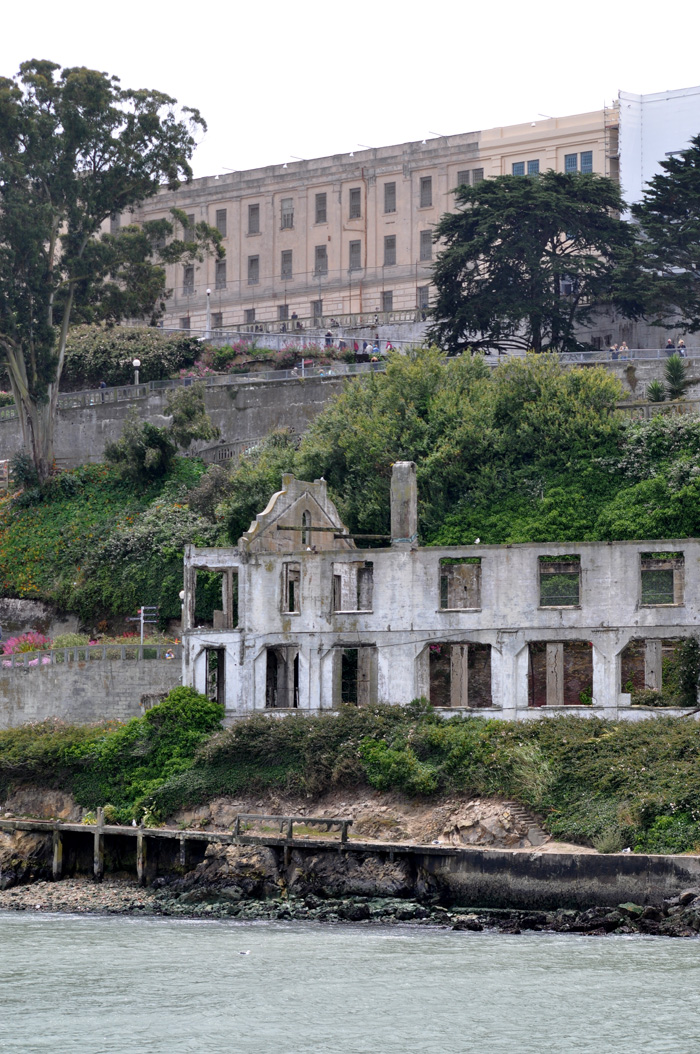
Pier 39, San Francisco乘游轮所见
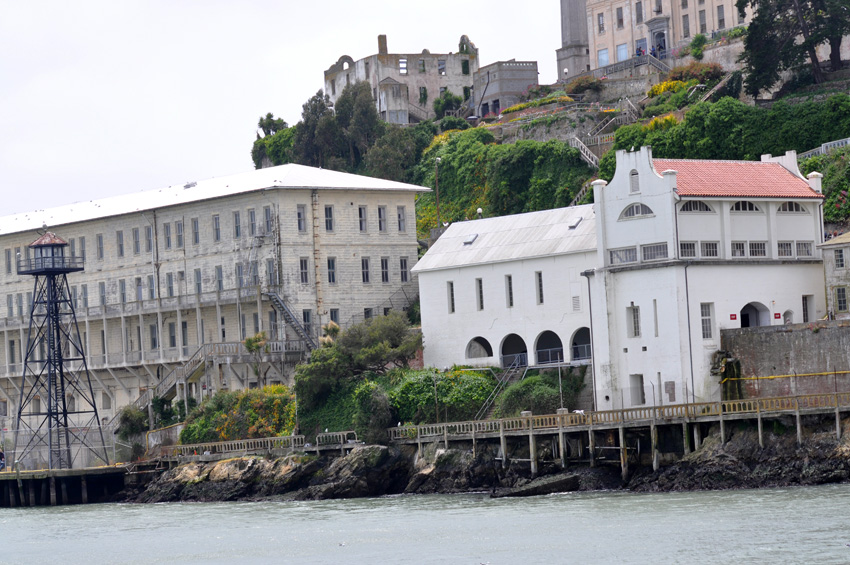
Pier 39, San Francisco乘游轮所见
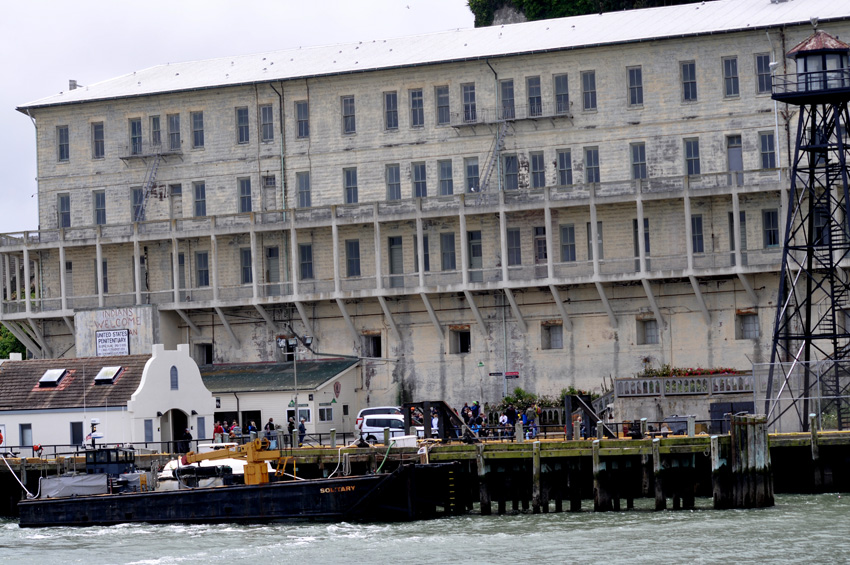
Pier 39, San Francisco乘游轮所见
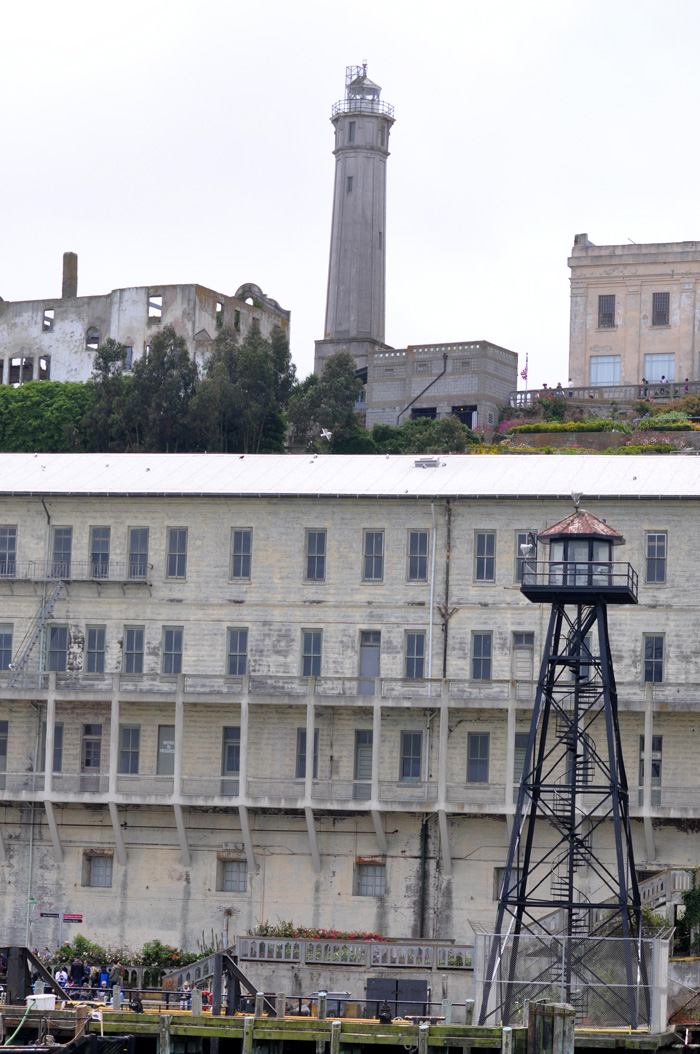
Pier 39, San Francisco乘游轮所见
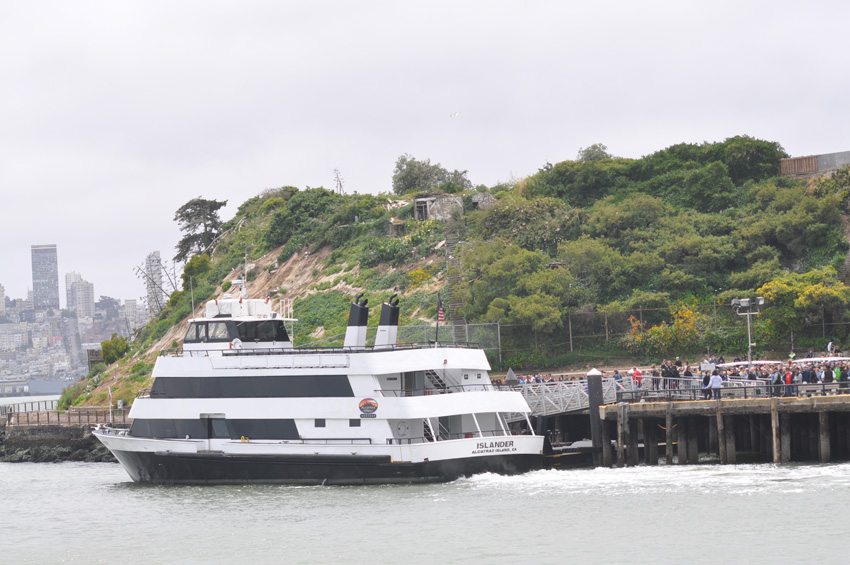
Pier 39, San Francisco乘游轮所见
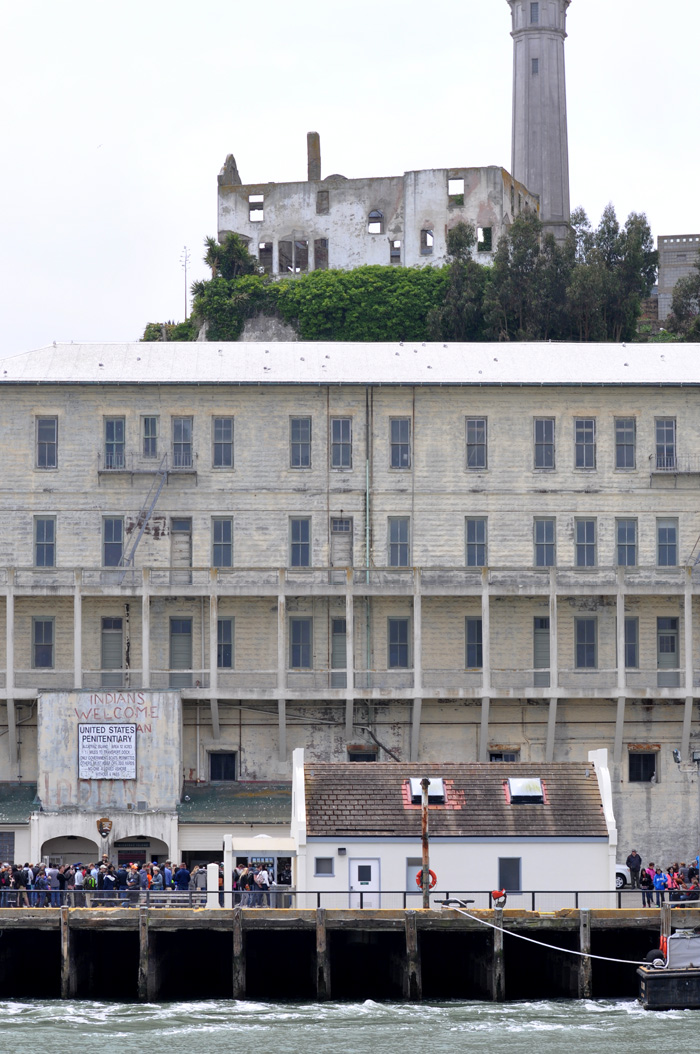
Pier 39, San Francisco乘游轮所见
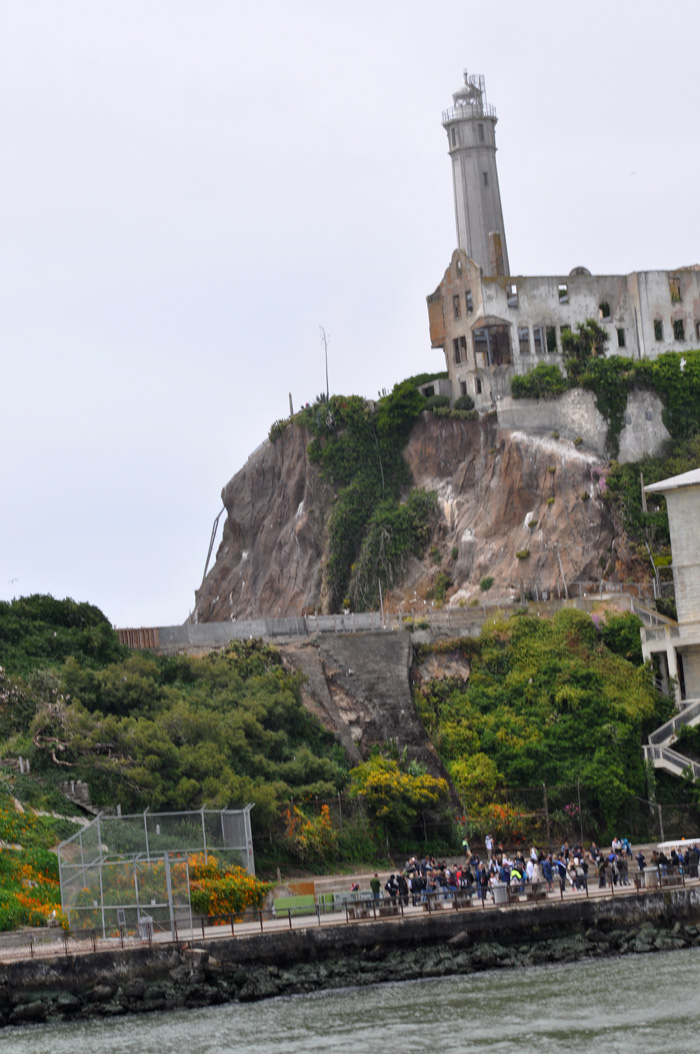
Pier 39, San Francisco乘游轮所见
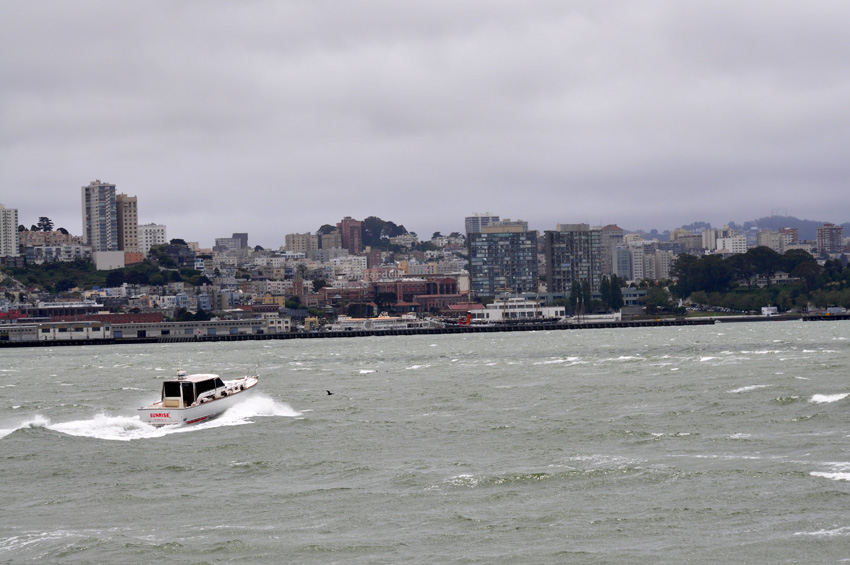
Pier 39, San Francisco乘游轮所见
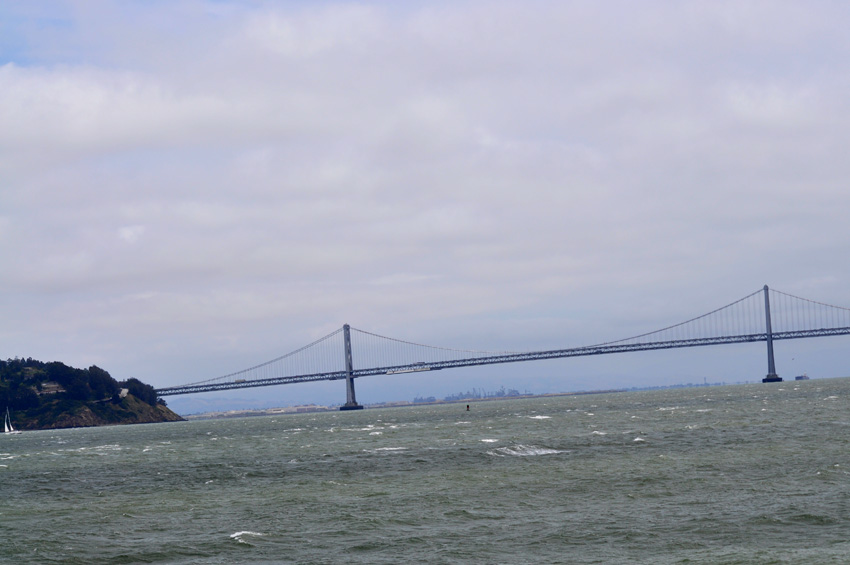
Pier 39, San Francisco乘游轮所见
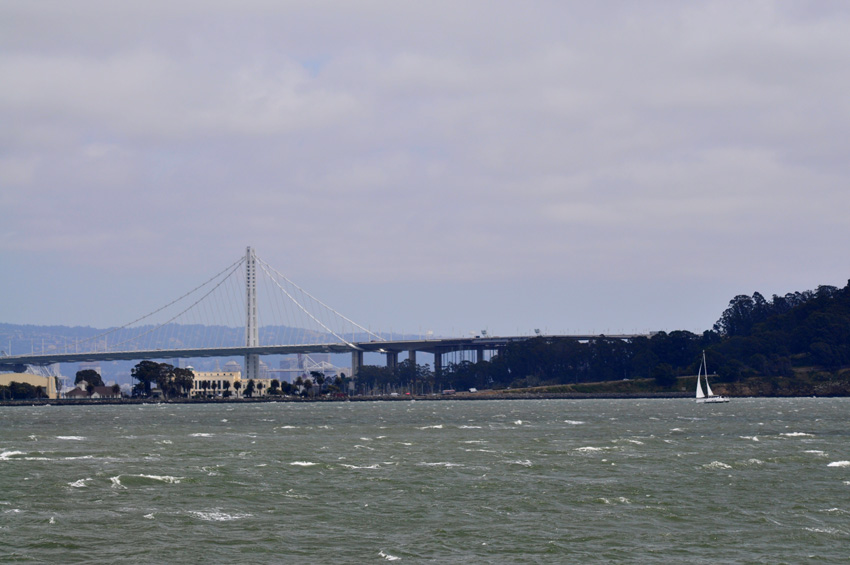
Pier 39, San Francisco乘游轮所见
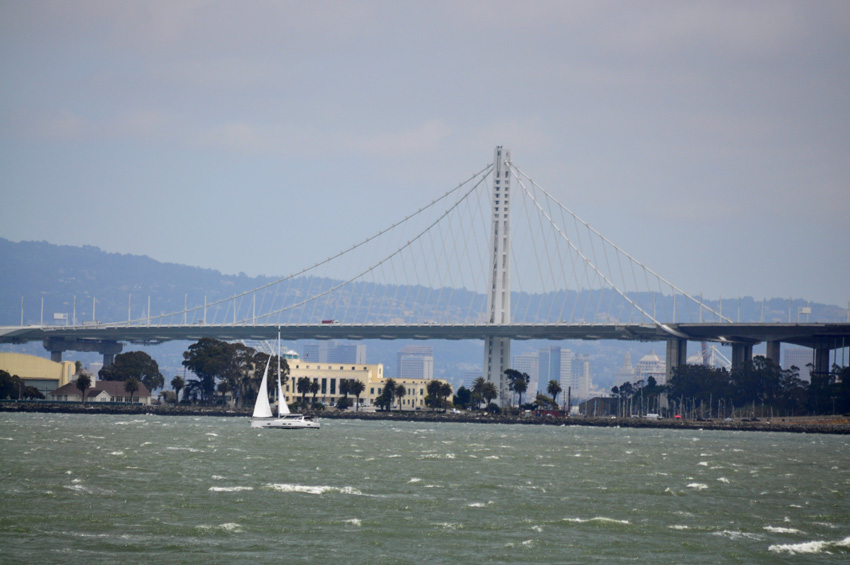
Pier 39, San Francisco乘游轮所见
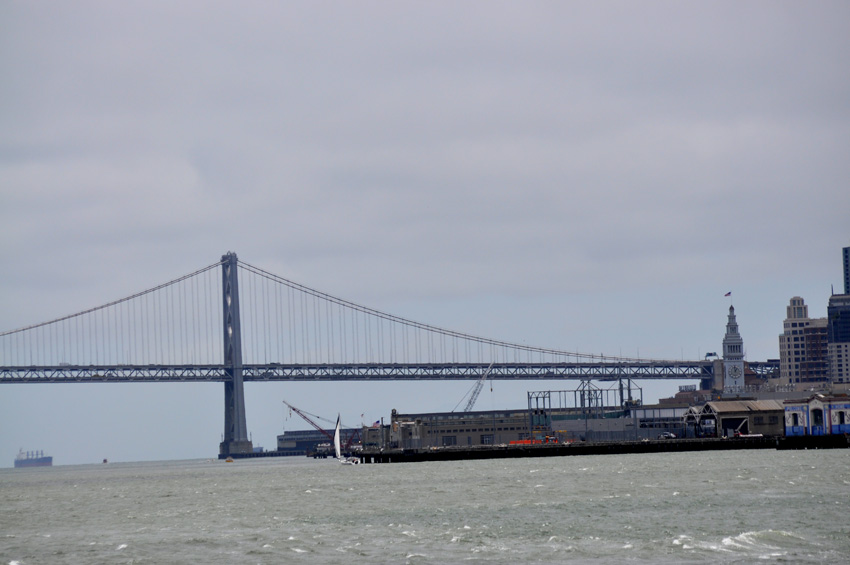
Pier 39, San Francisco乘游轮所见
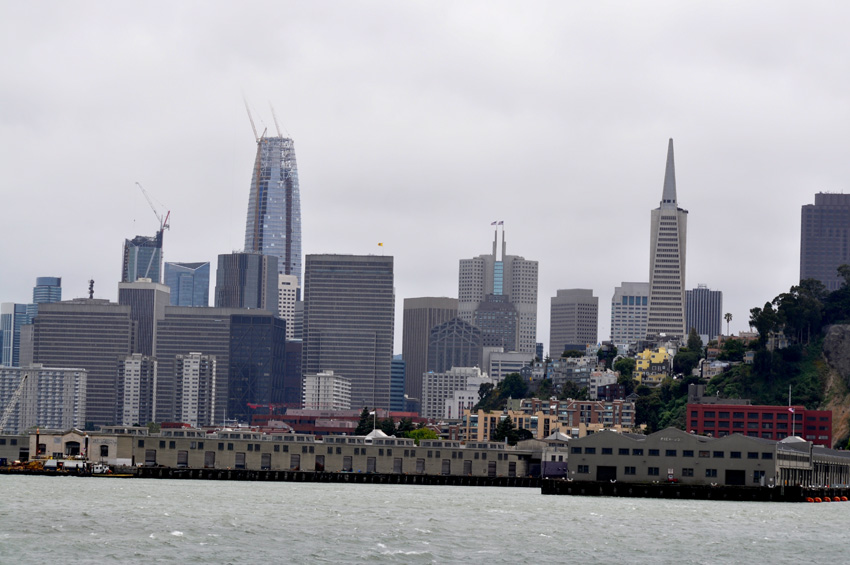
Pier 39, San Francisco乘游轮所见
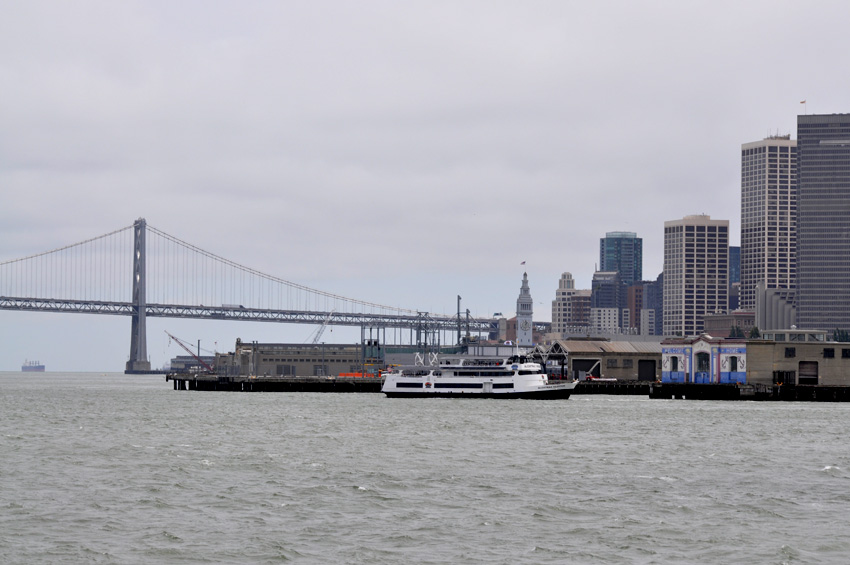
Pier 39, San Francisco乘游轮所见
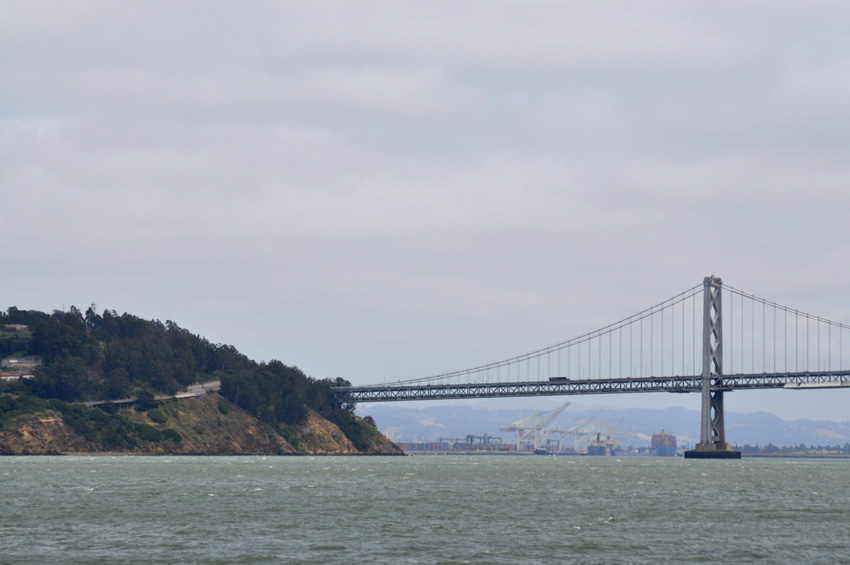
Pier 39, San Francisco乘游轮所见
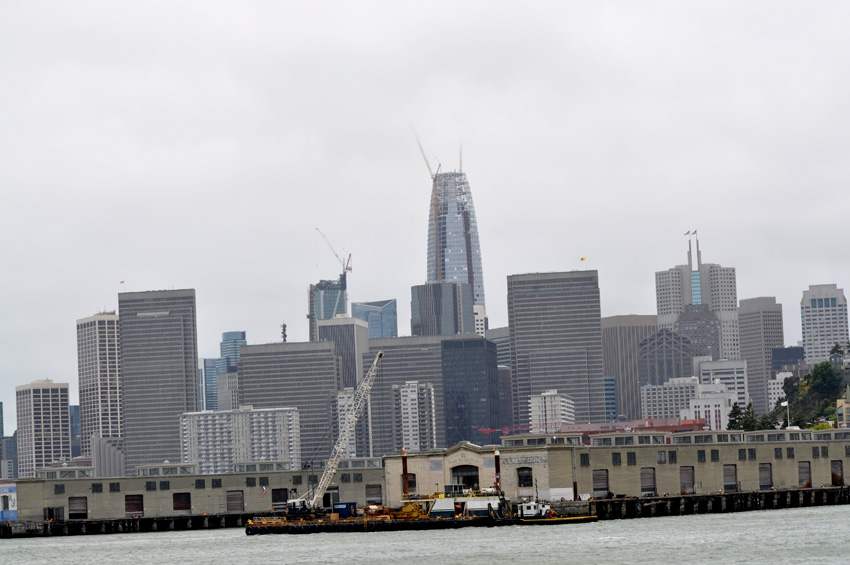
Pier 39, San Francisco乘游轮所见

Pier 39, San Francisco乘游轮所见
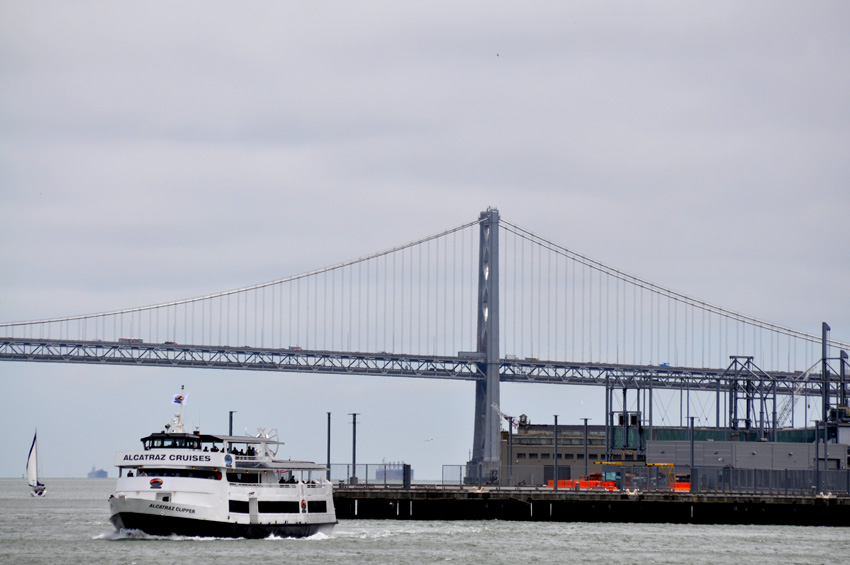
Pier 39, San Francisco乘游轮所见
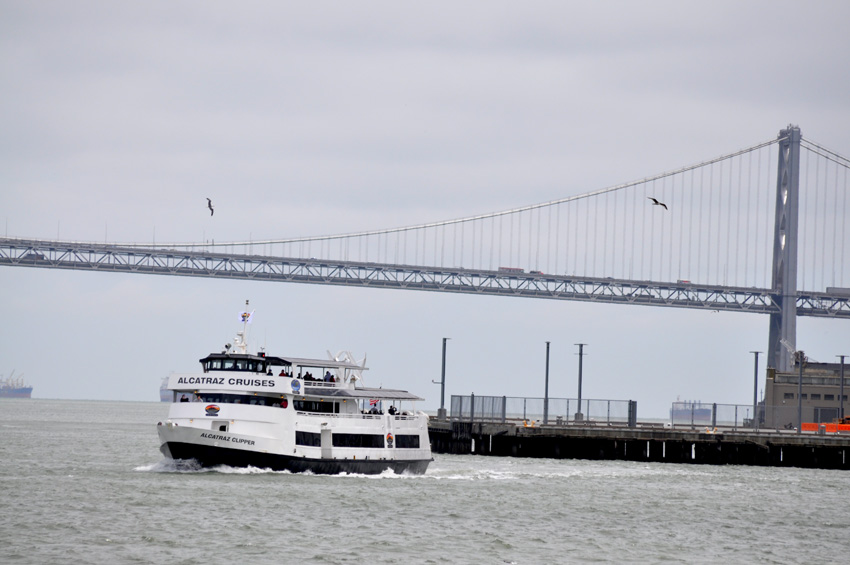
Pier 39, San Francisco乘游轮所见
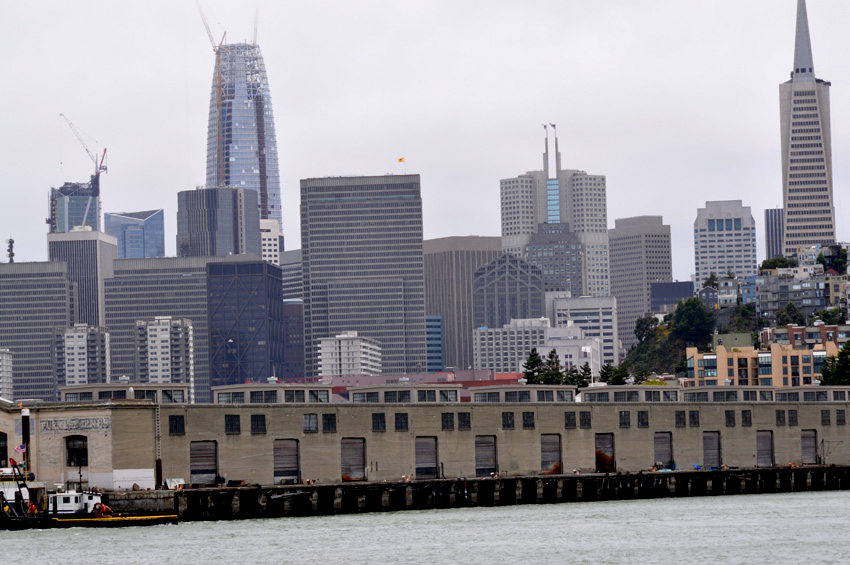
Pier 39, San Francisco乘游轮所见
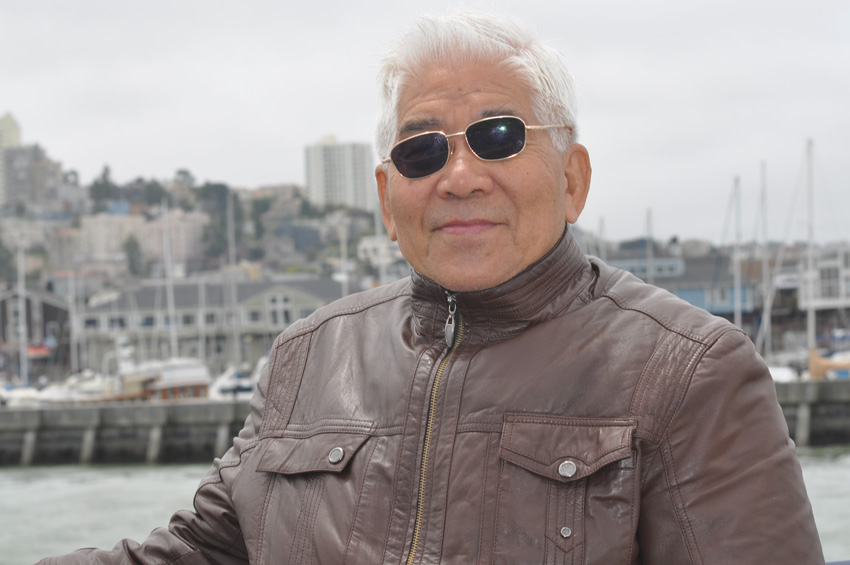
Pier 39, San Francisco乘游轮所见
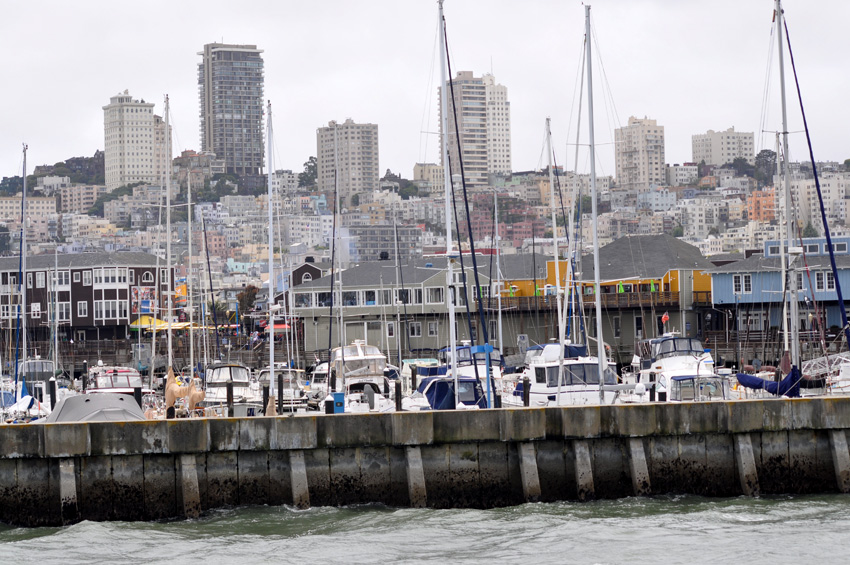
Pier 39, San Francisco乘游轮所见

Pier 39, San Francisco乘游轮所见

Pier 39, San Francisco乘游轮所见
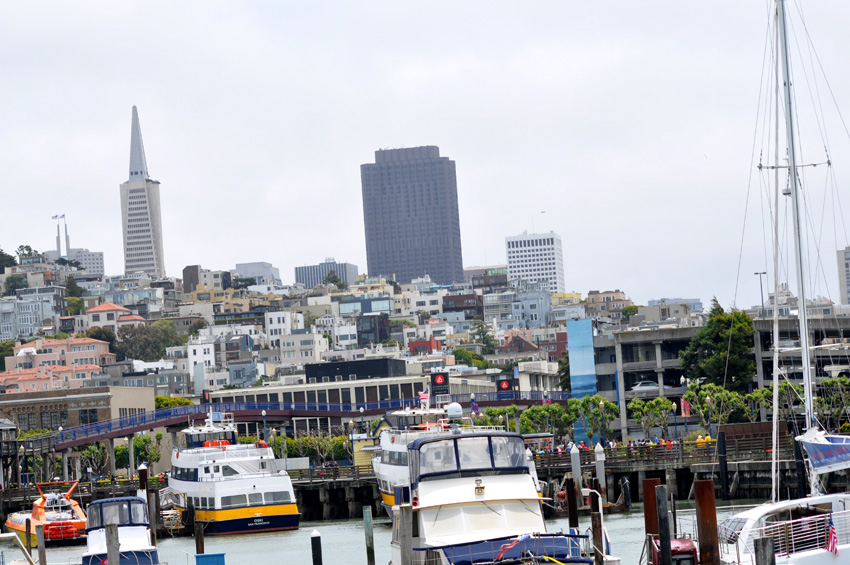
Pier 39, San Francisco乘游轮所见
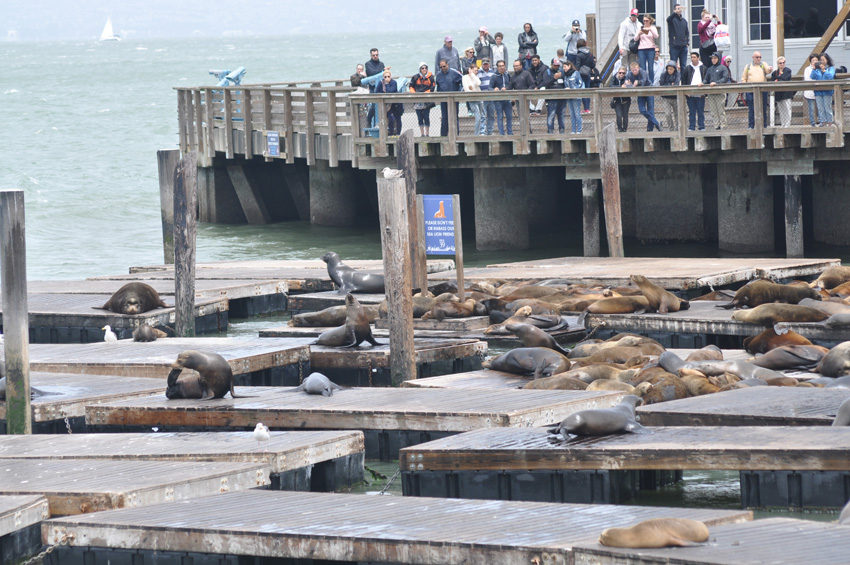
Pier 39, San Francisco乘游轮所见海狮
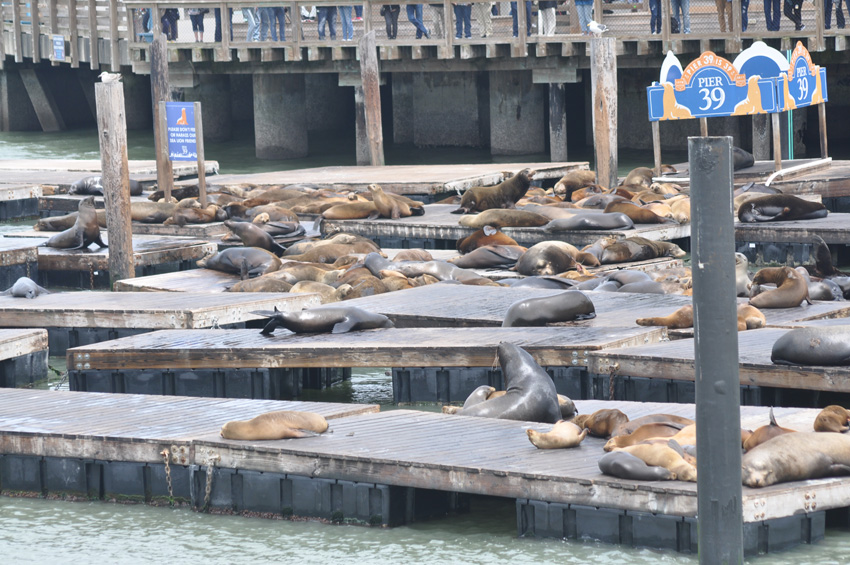
Pier 39, San Francisco乘游轮所见海狮
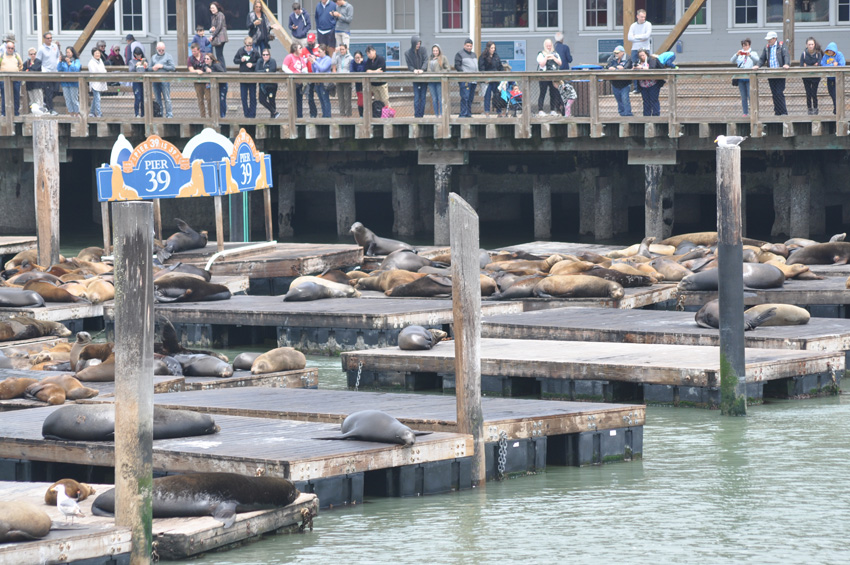
Pier 39, San Francisco乘游轮所见海狮
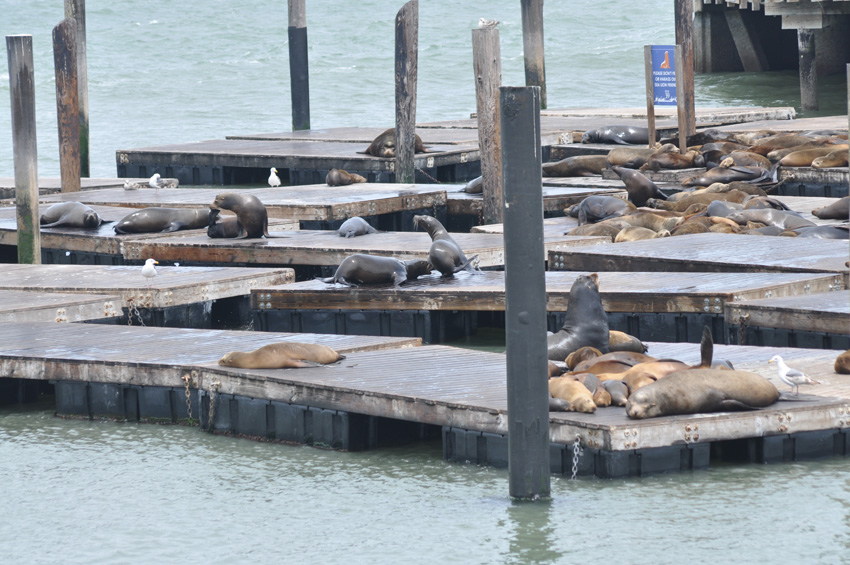
Pier 39, San Francisco乘游轮所见海狮
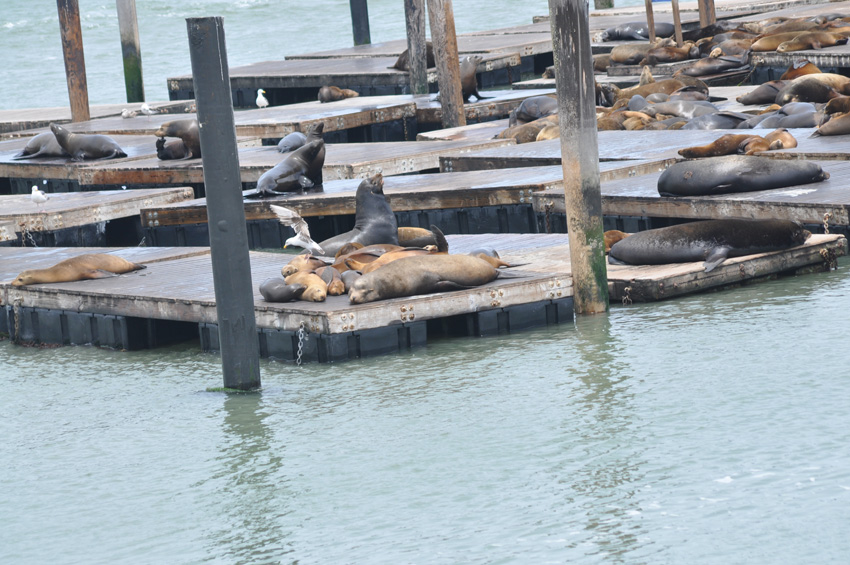
Pier 39, San Francisco乘游轮所见海狮
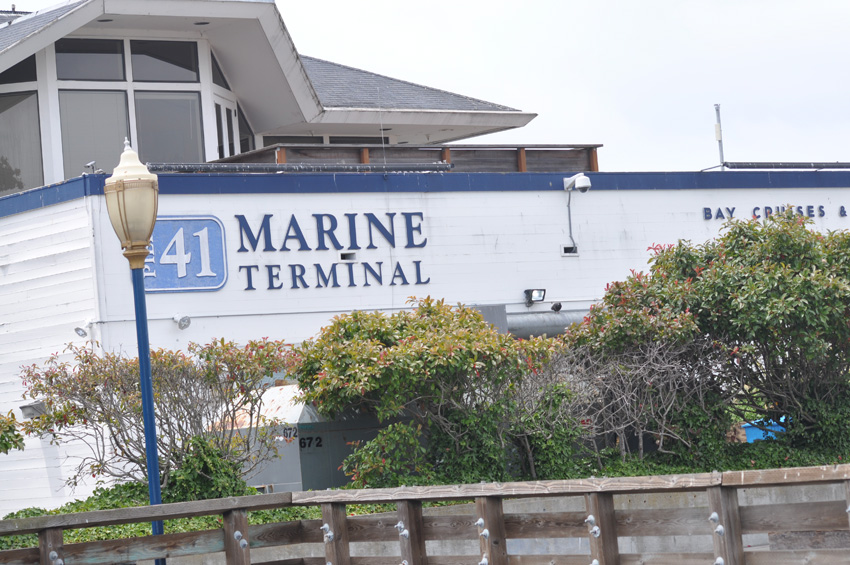
Pier 39, San Francisco乘游轮所见

Pier 39, San Francisco乘游轮所见
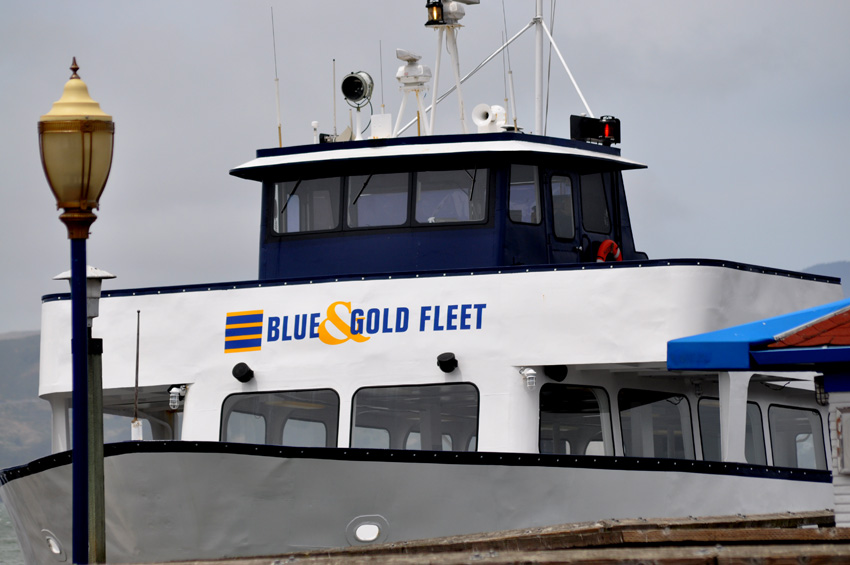
Pier 39, San Francisco
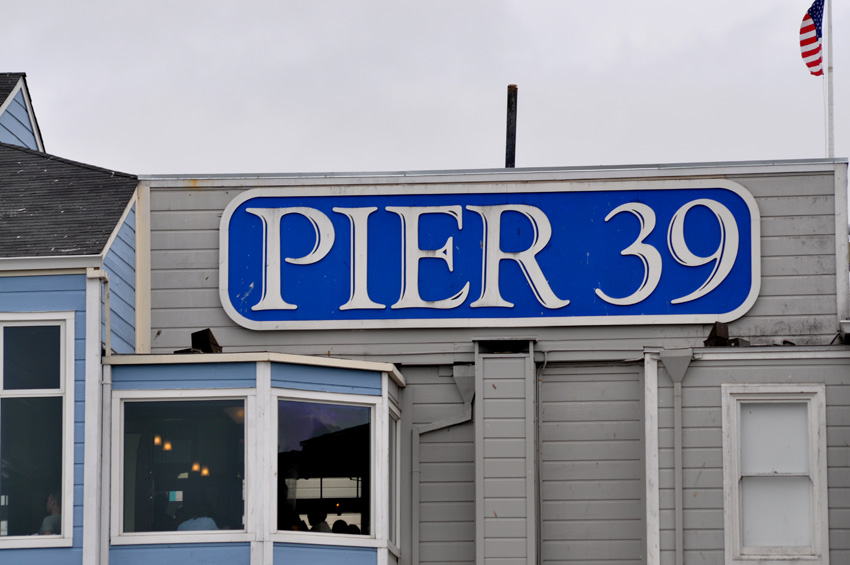
Pier 39, San Francisco

Pier 39, San Francisco
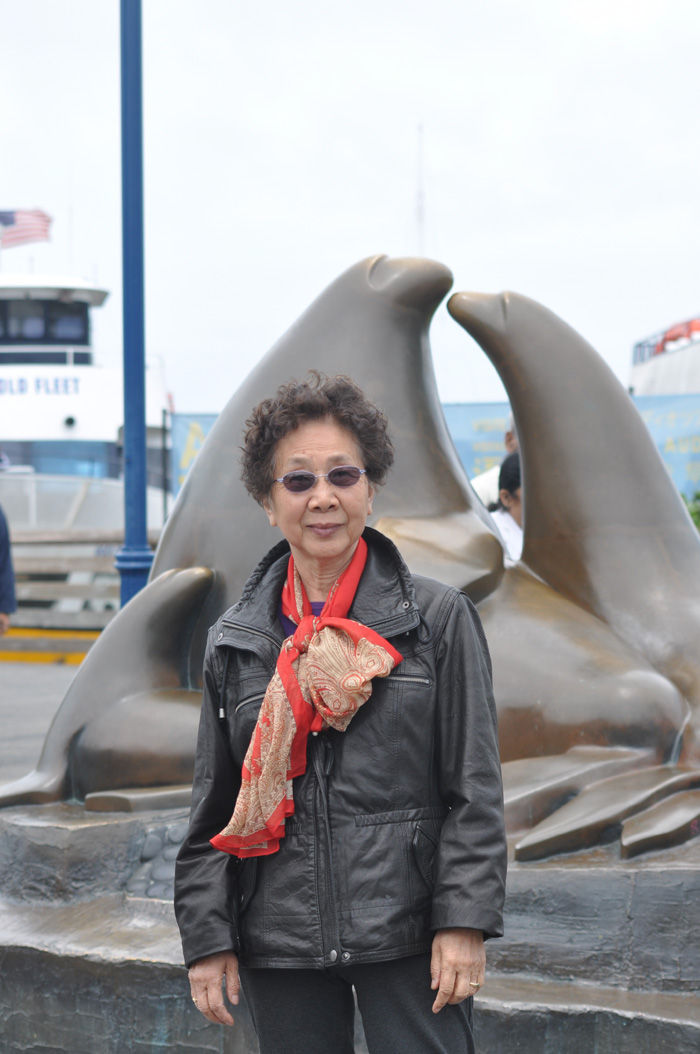
Pier 39, San Francisco
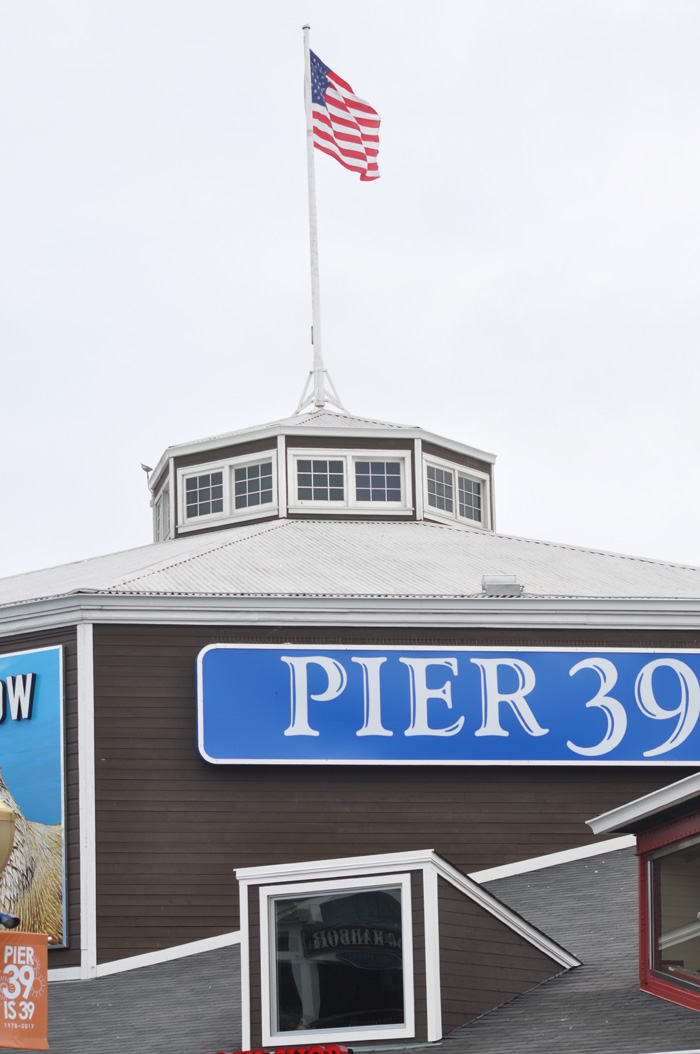
Pier 39, San Francisco

CHINESE 一字是由如下字的字首组成的:
Confident (有信心)、
Honest (诚实)、
Intelligent (有智慧)、
Noble (高尚)、
Excellent (卓越)、
Sympathetic (有同情心)、
Elegant (优雅)
把以上这些英文字的第一个字母放一起就是:CHINESE ━ 中国人
   

| 